

RCCE Level 1 Extreme Hacking




Hands-On Labs
These labs are powered by Rocheston's proprietary Linux-based operating system, Rocheston Rose Cybersecurity OS. This specialized OS has been developed specifically for use in the RCCE course and contains an extensive collection of hacking and cybersecurity tools, amounting to over 1.5 TB of resources. The hands-on labs in the RCCE course are hosted on the cloud, which means students can access and complete them using a web browser. There is no need to install any additional software or hardware, making it incredibly convenient and easy for students to practice their skills from anywhere, at any time.
The labs cover a wide range of topics and techniques, from penetration testing and vulnerability assessment to network security and digital forensics. Students will work through real-world scenarios and challenges designed to test their knowledge and hone their skills in a safe, controlled environment.


- Penetration Testing: Students will learn how to identify and exploit vulnerabilities in a target system, using a range of tools and techniques to gain unauthorized access and maintain control.
- Vulnerability Assessment: Students will practice identifying and assessing potential security vulnerabilities in a system, using various scanning tools and methodologies to evaluate the risk and recommend appropriate remediation measures.
- Network Security: Students will gain hands-on experience in securing networks from various threats, including configuring firewalls, intrusion detection systems, and VPNs, as well as monitoring network traffic for signs of malicious activity.
- Incident Response: Students will learn how to conduct digital forensic investigations, including the collection and analysis of digital evidence and the proper handling and preservation of evidence to maintain its integrity.
- Risk Management: Students will practice responding to cybersecurity incidents, including the identification, containment, and eradication of threats, as well as the recovery and restoration of affected systems.




What You Will Learn?
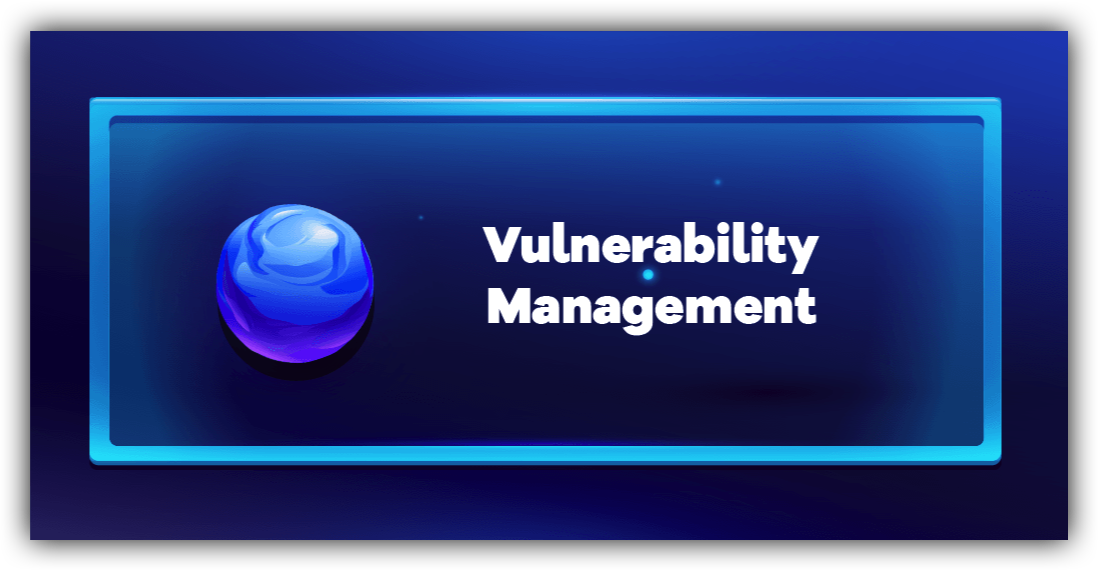
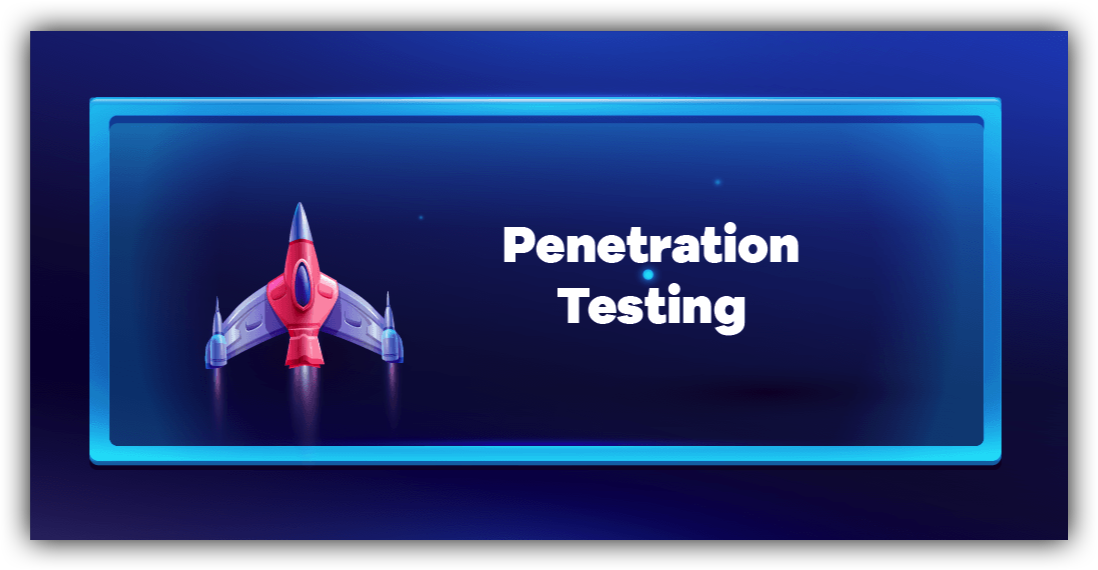

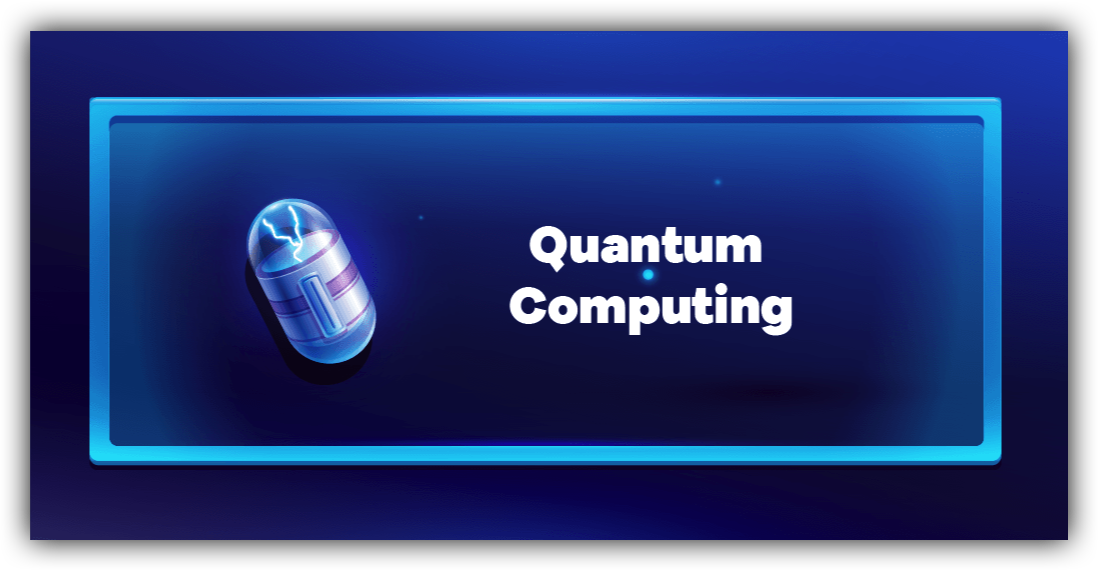
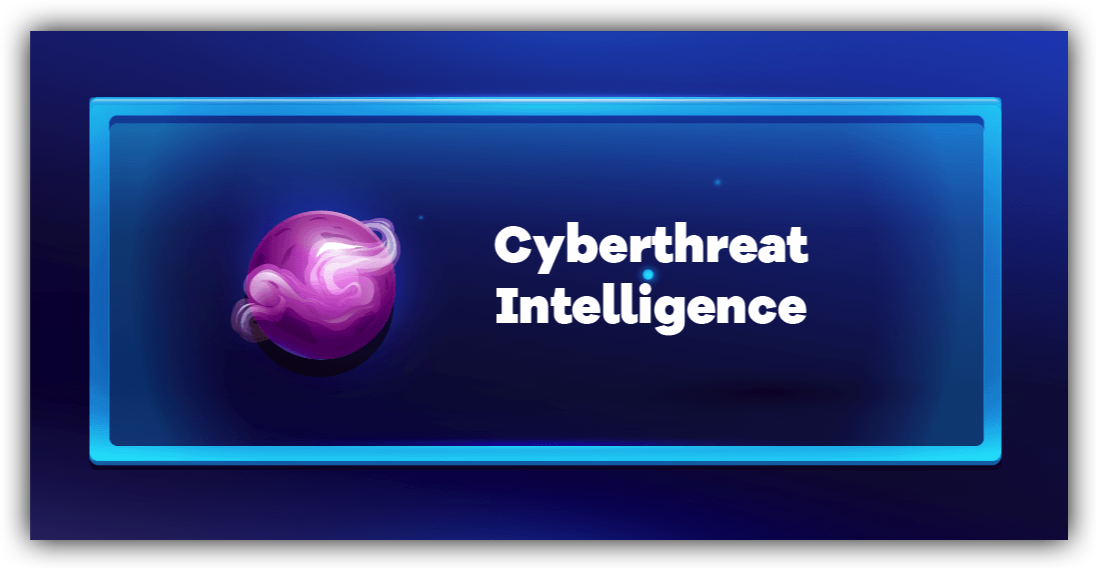
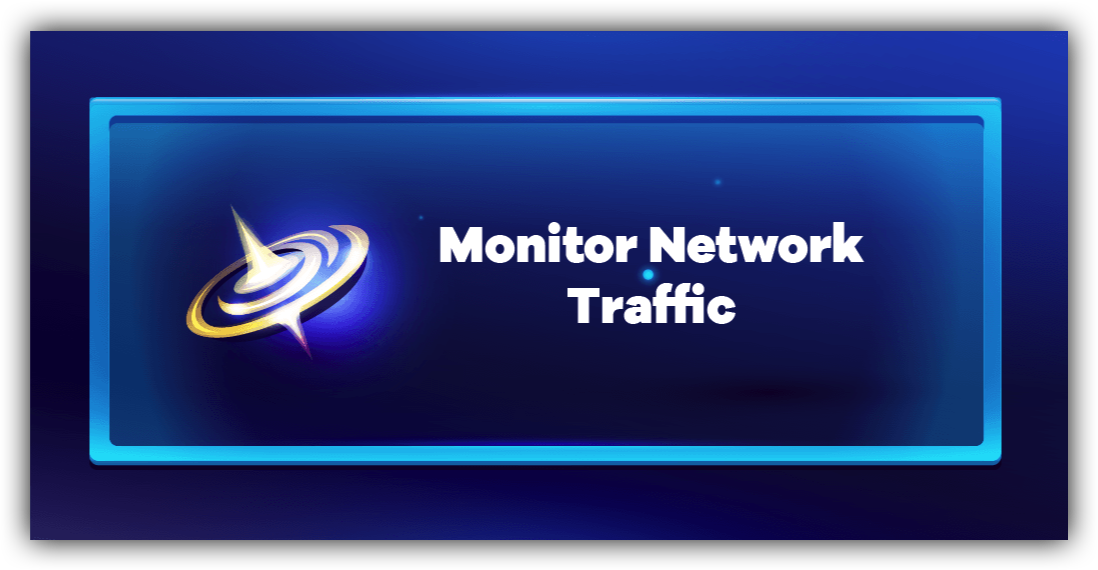
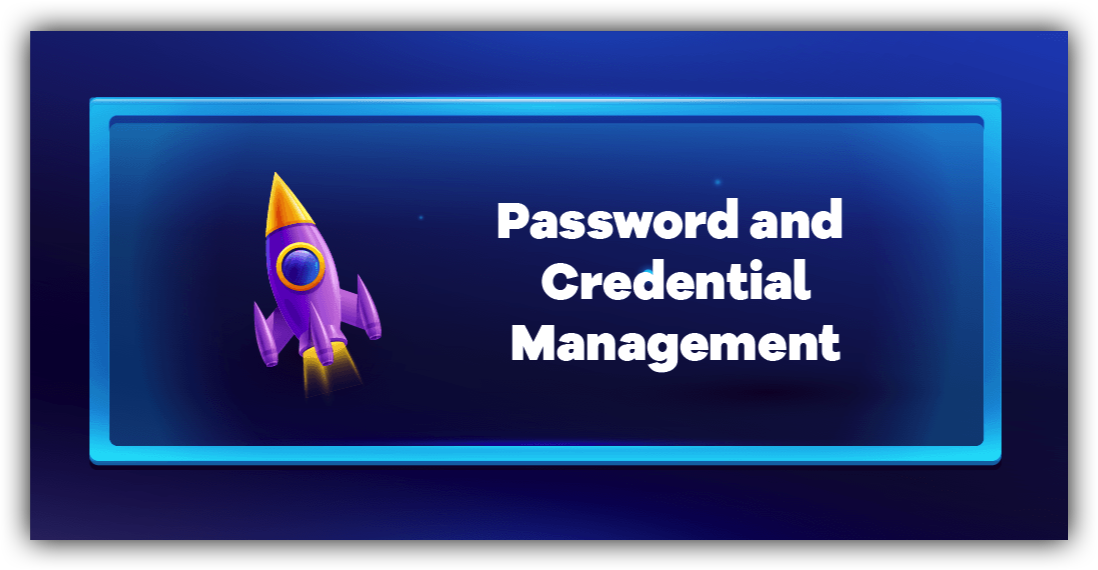
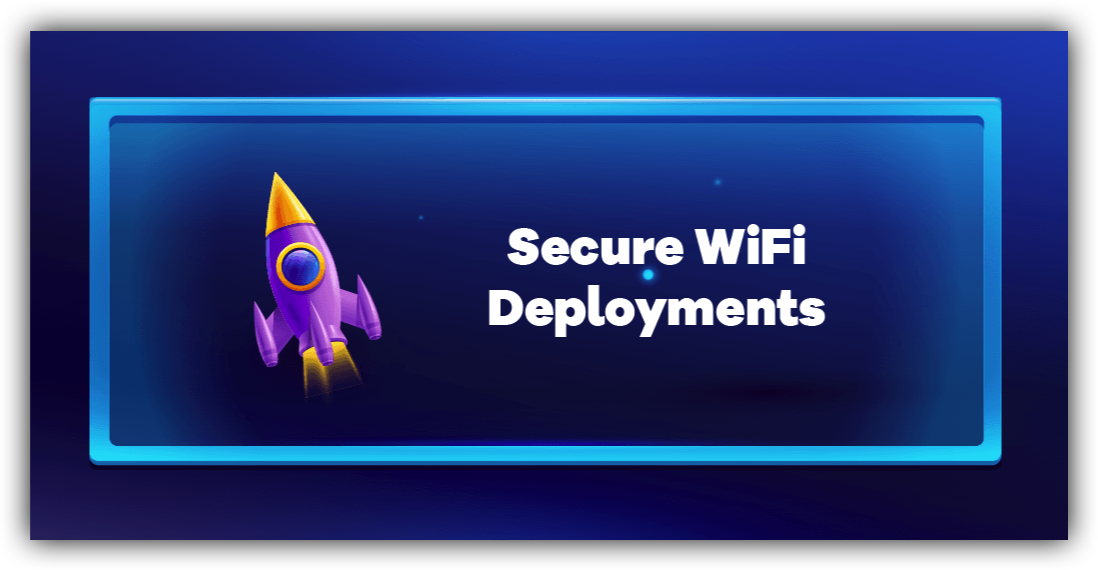
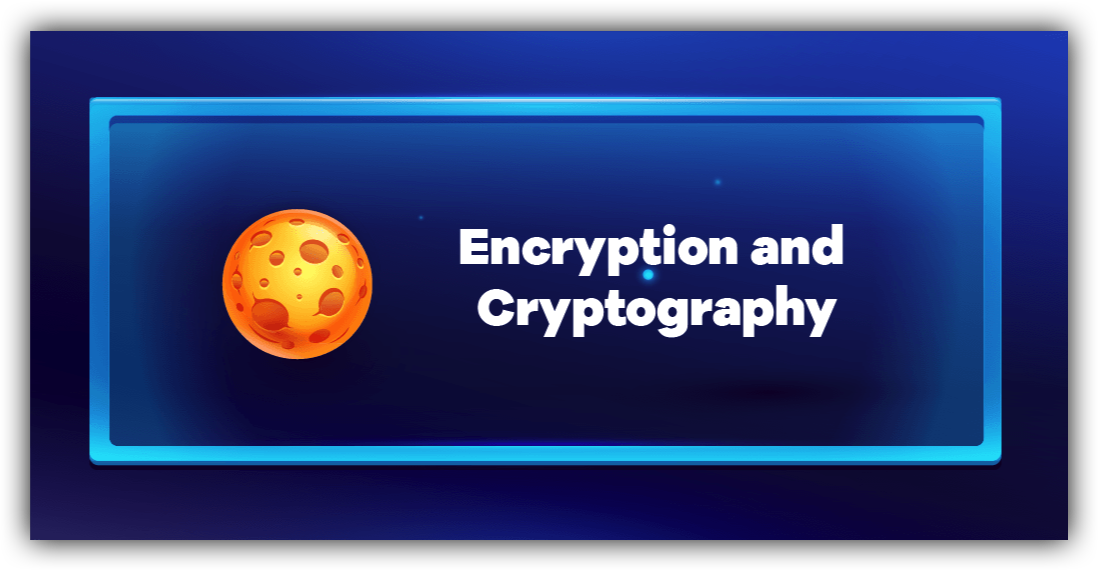
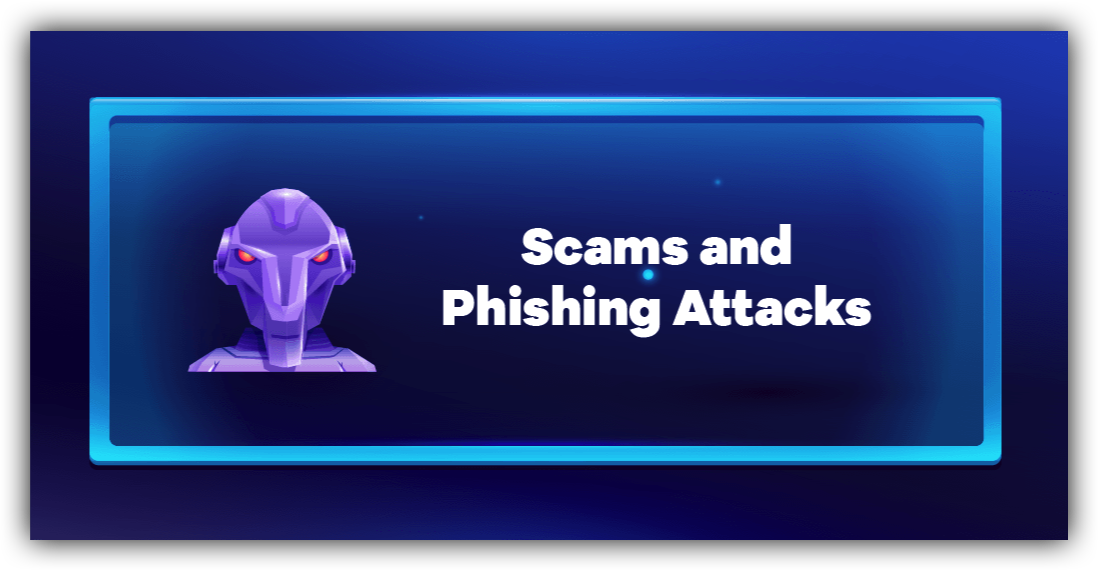
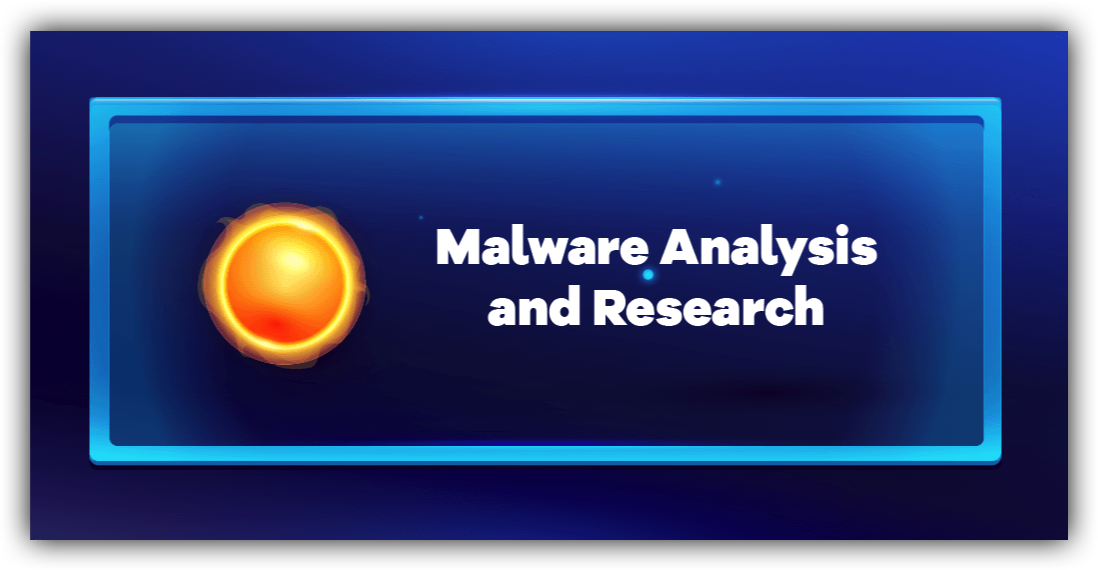
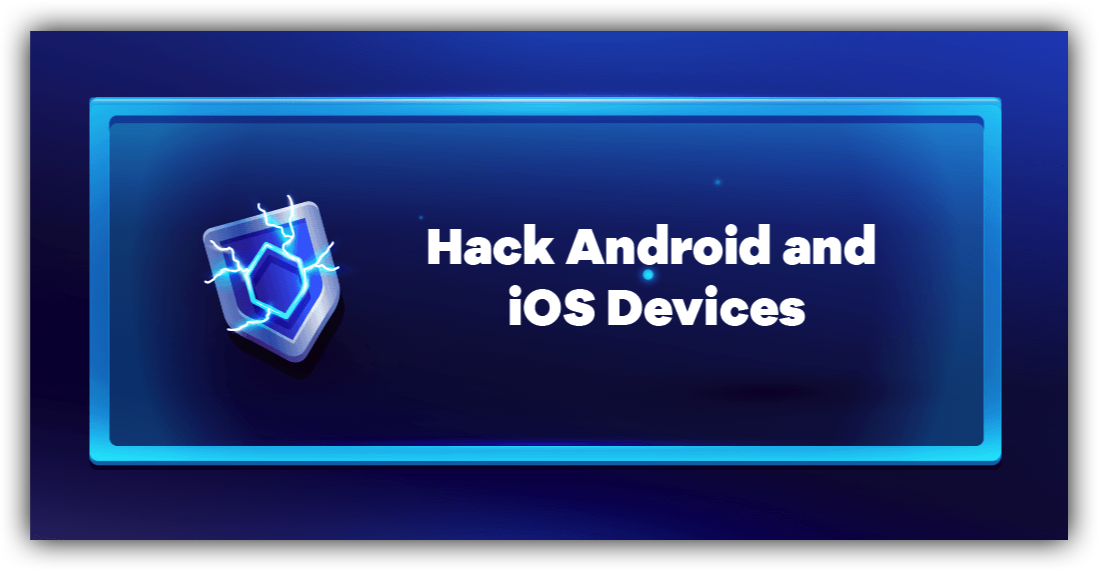




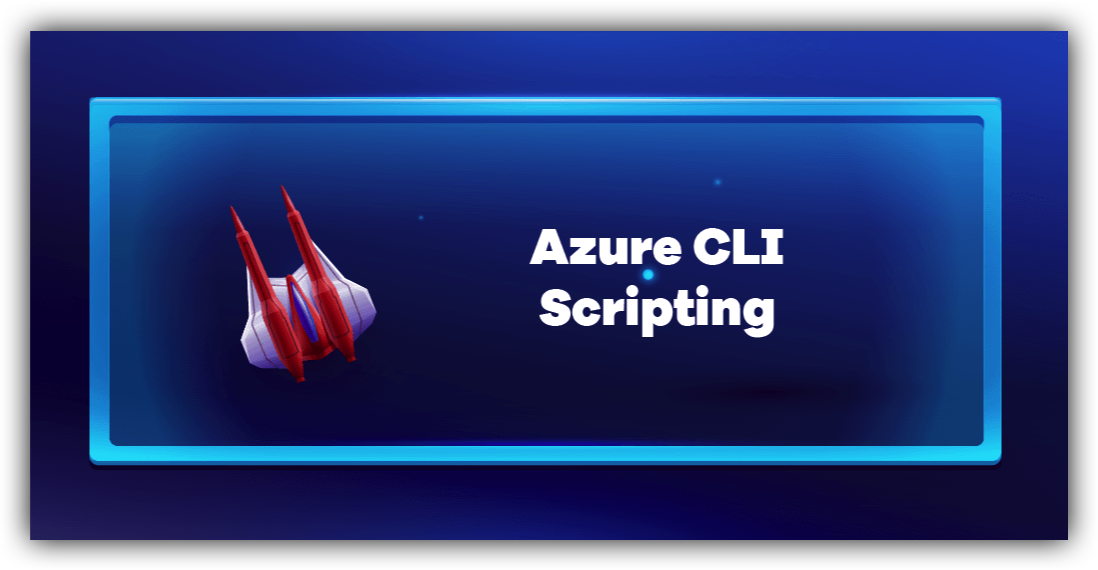
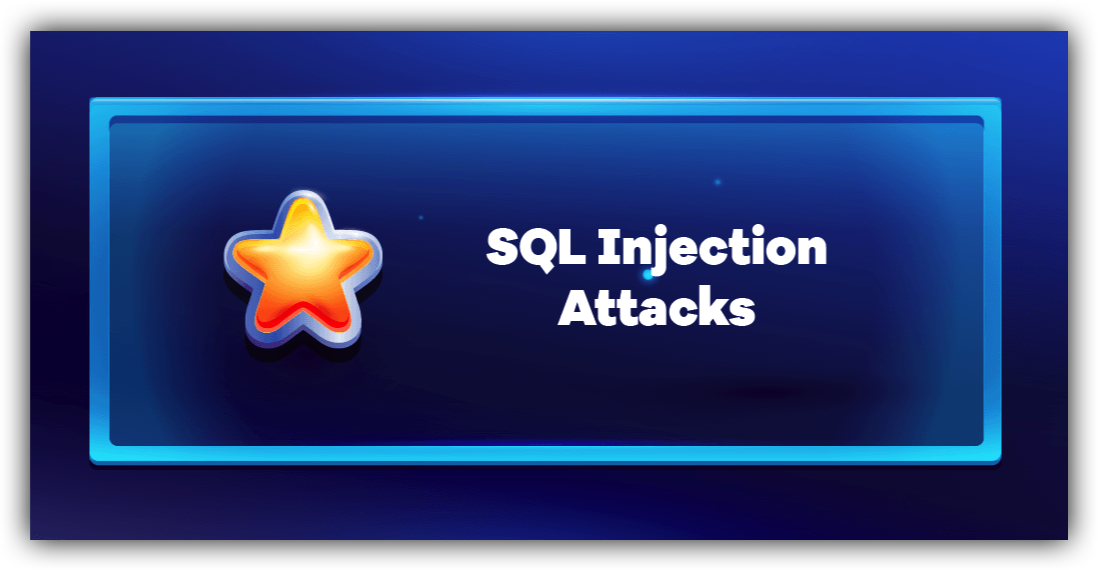
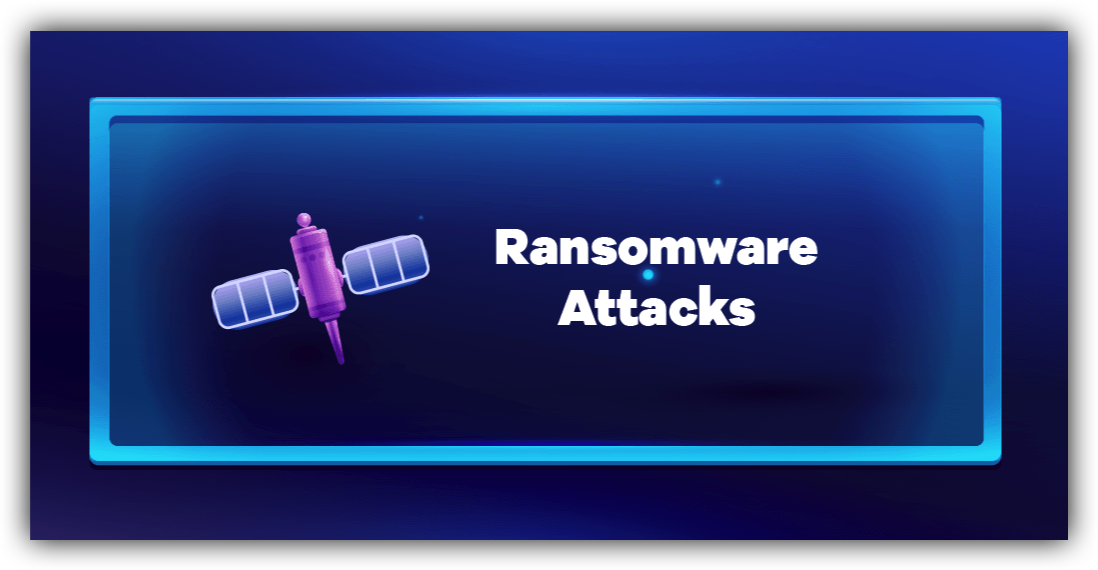

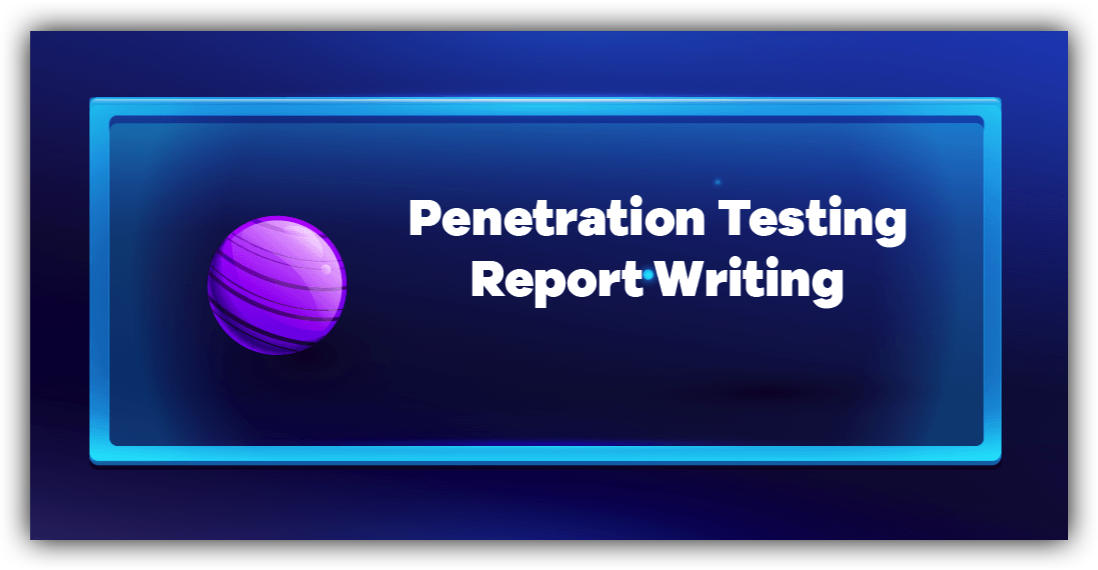
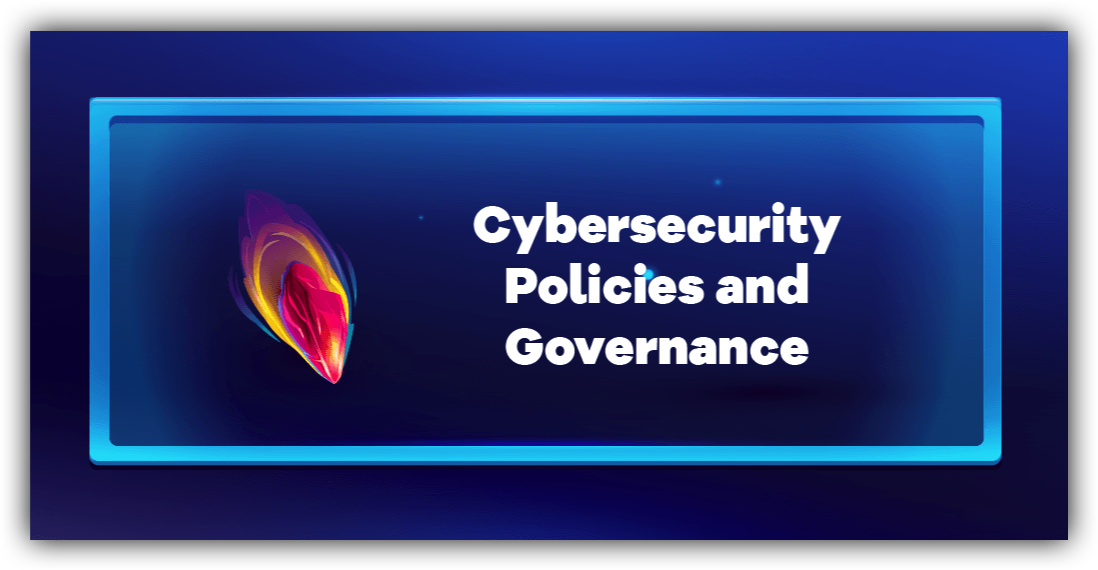
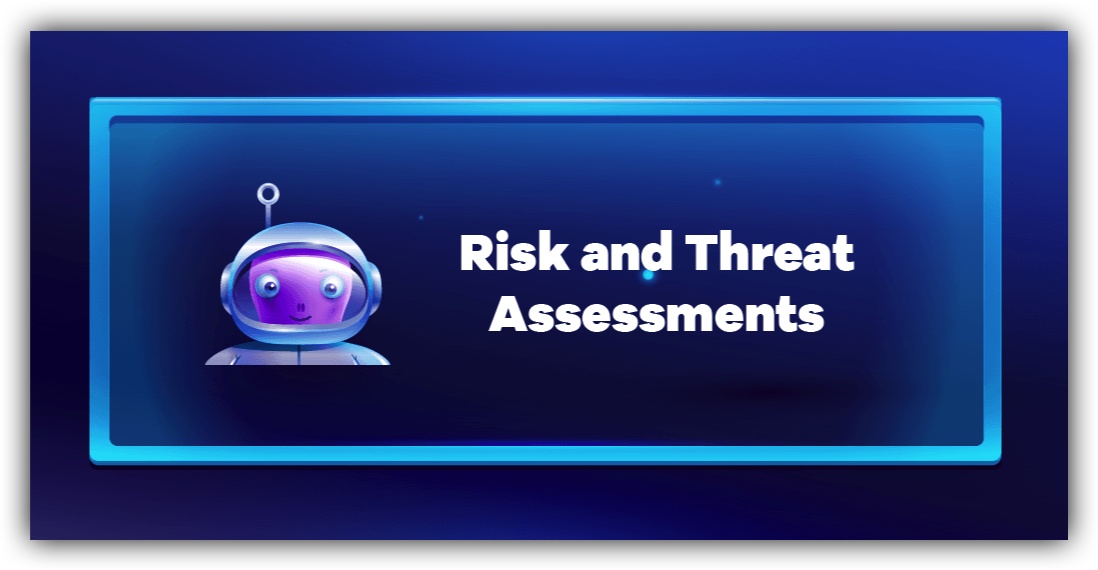
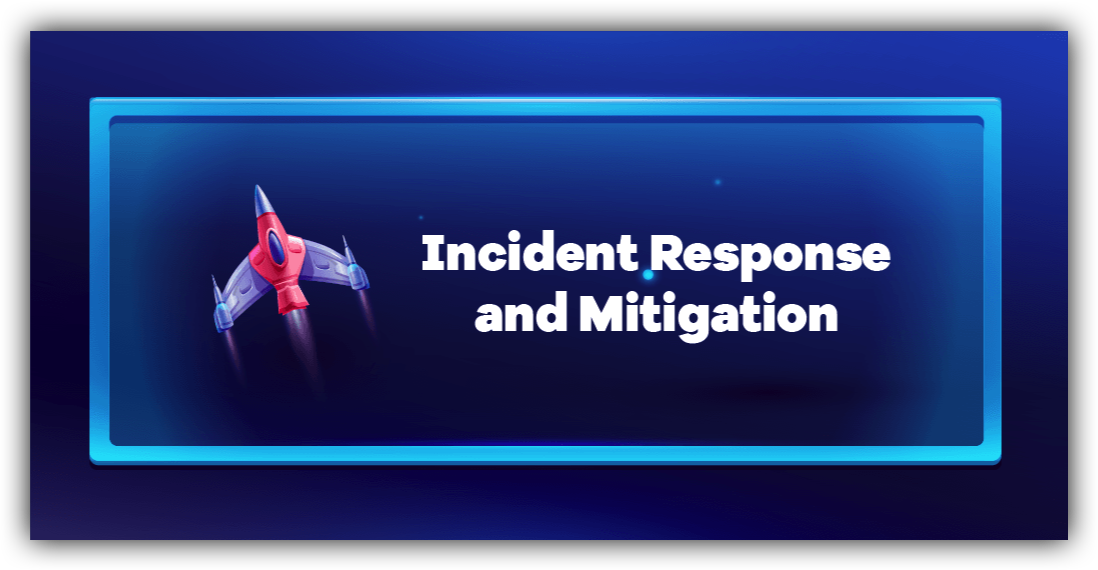

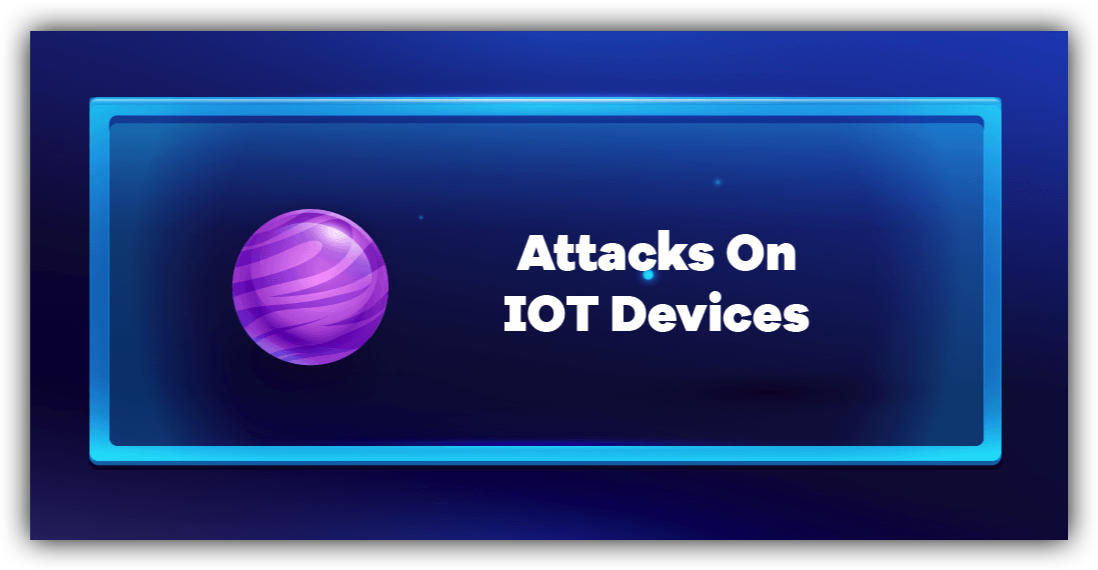
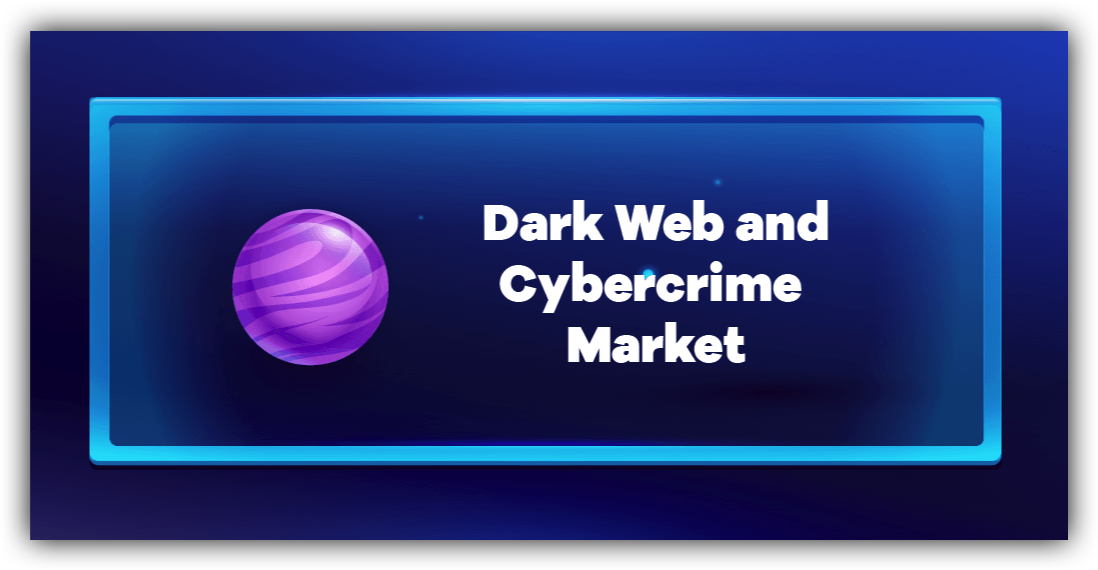
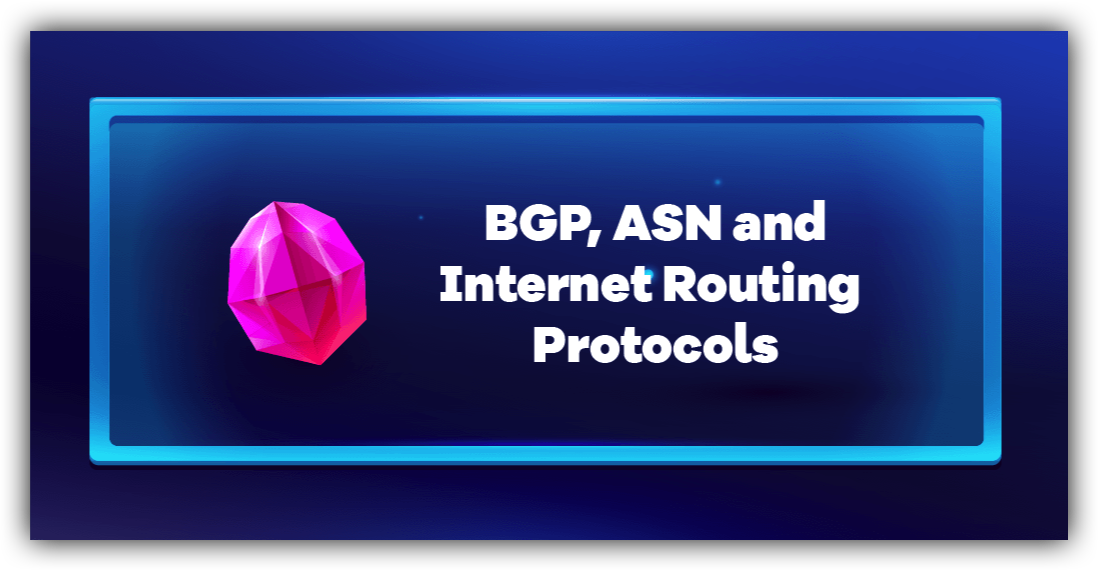

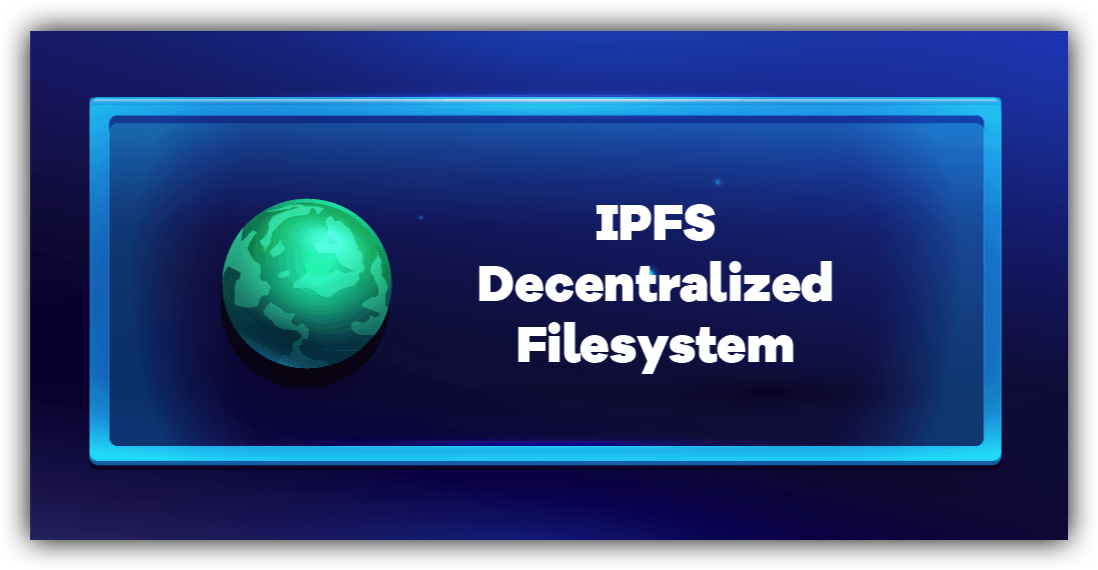
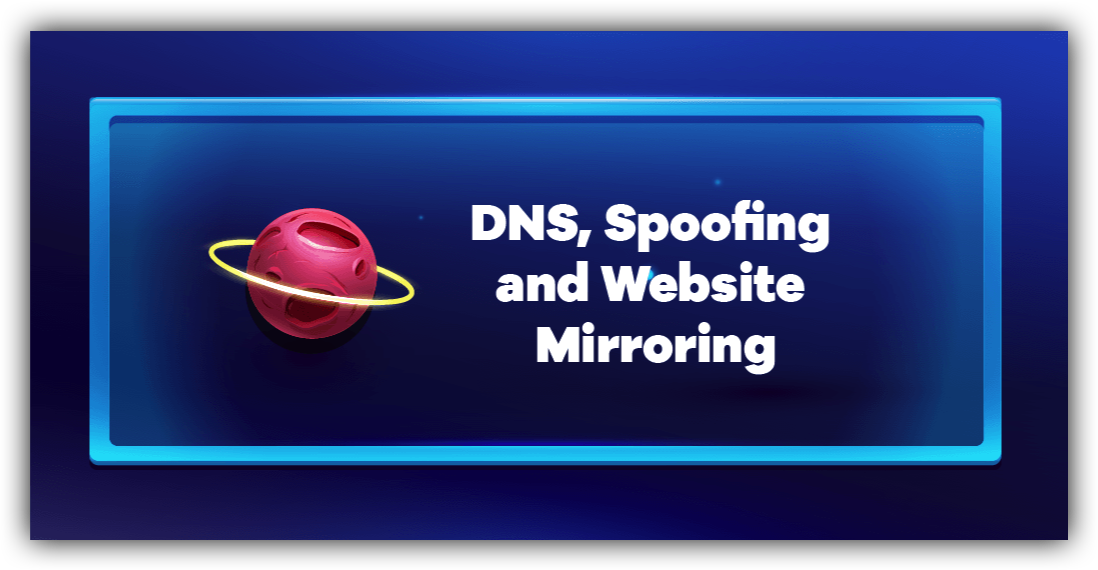
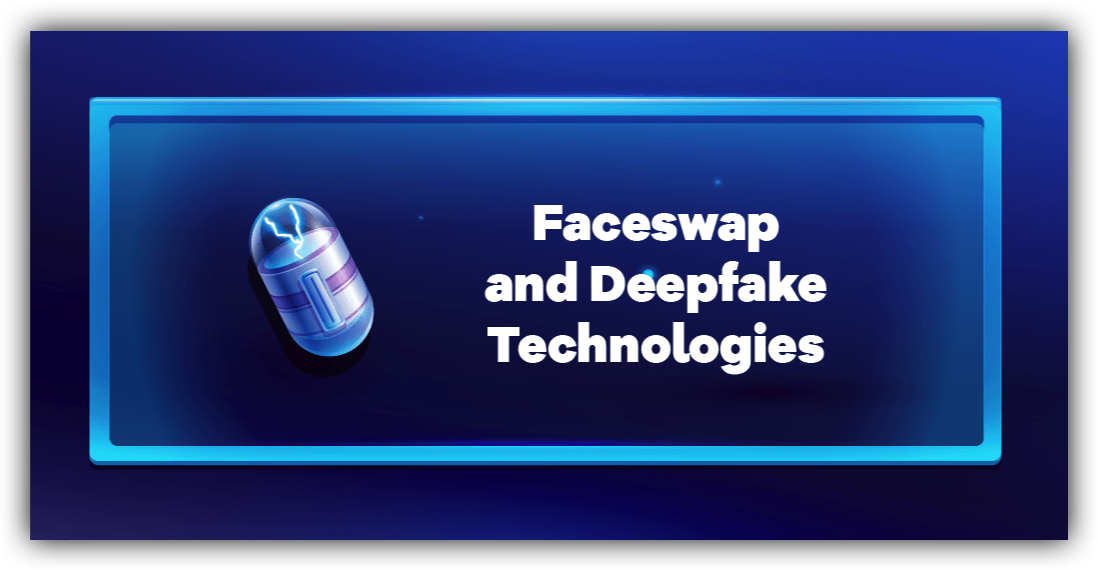
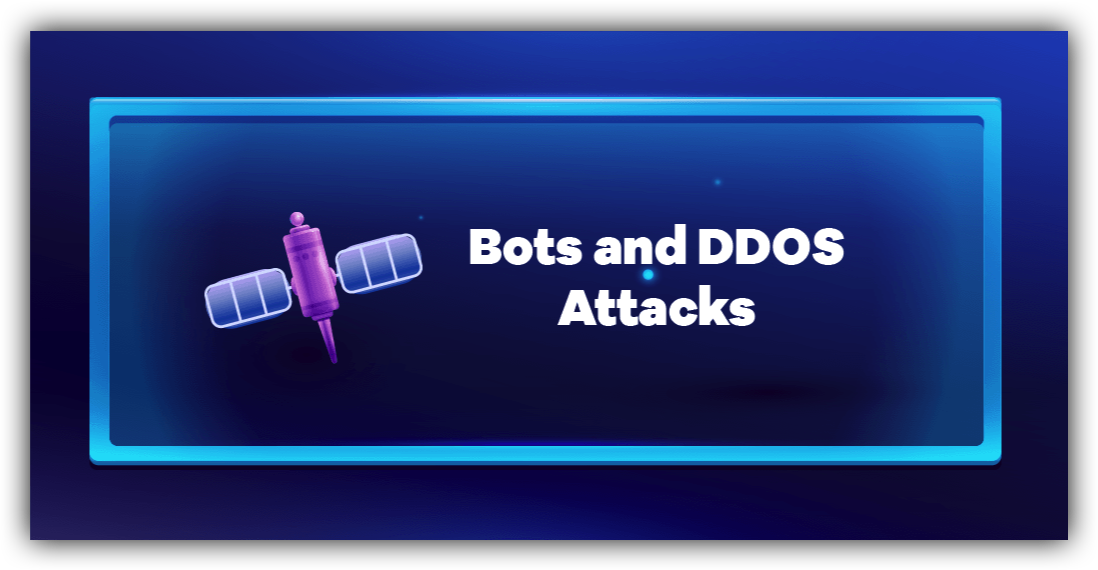
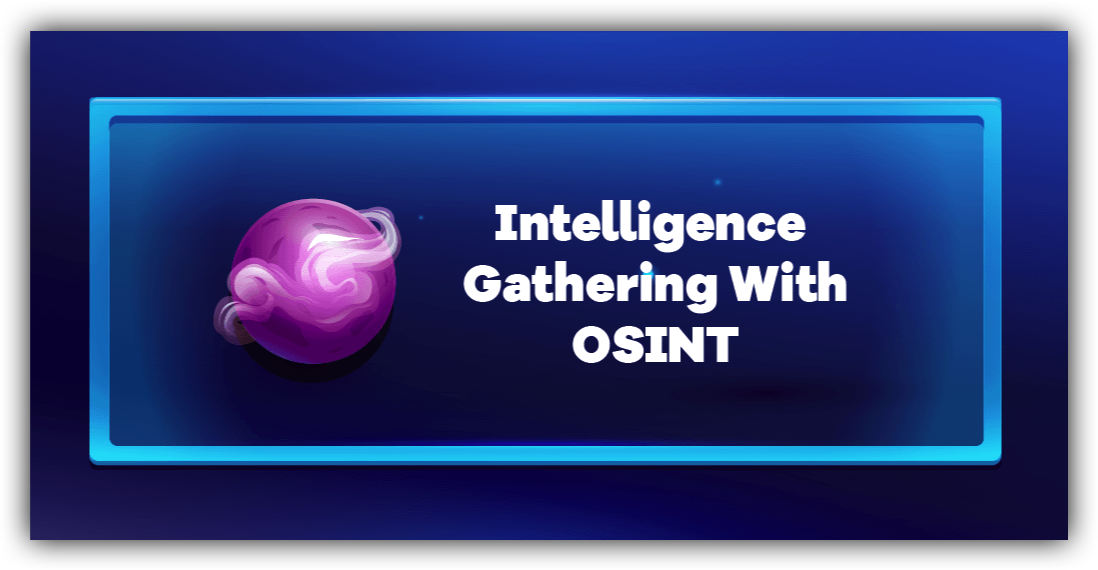
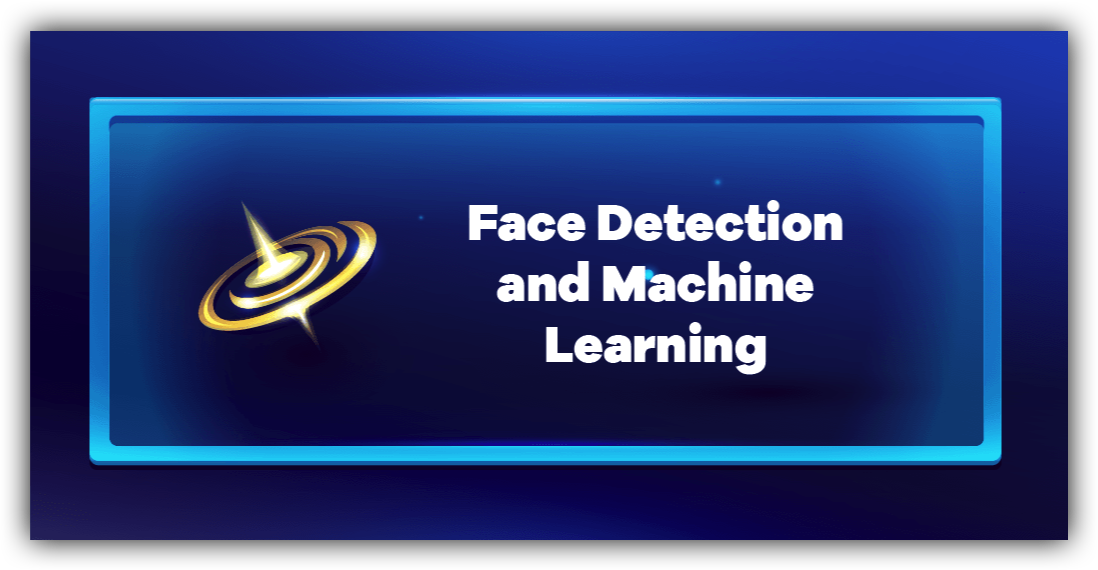

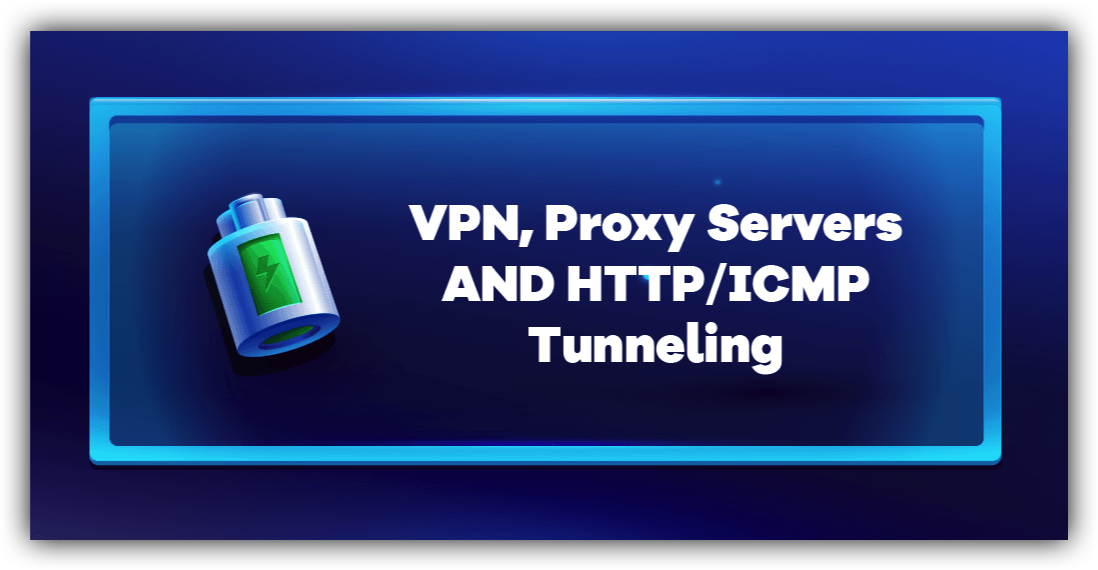
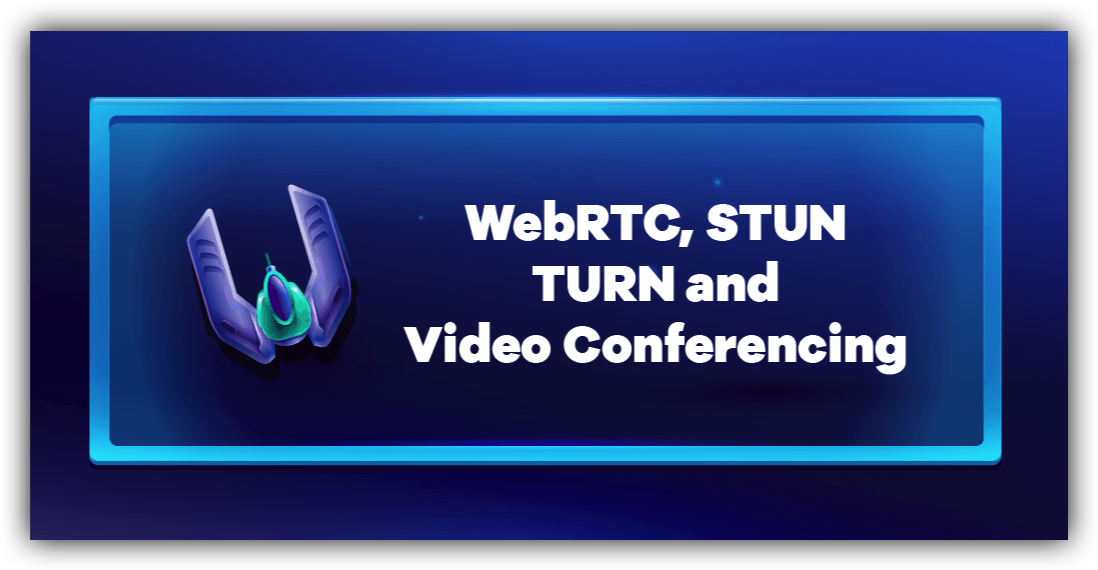
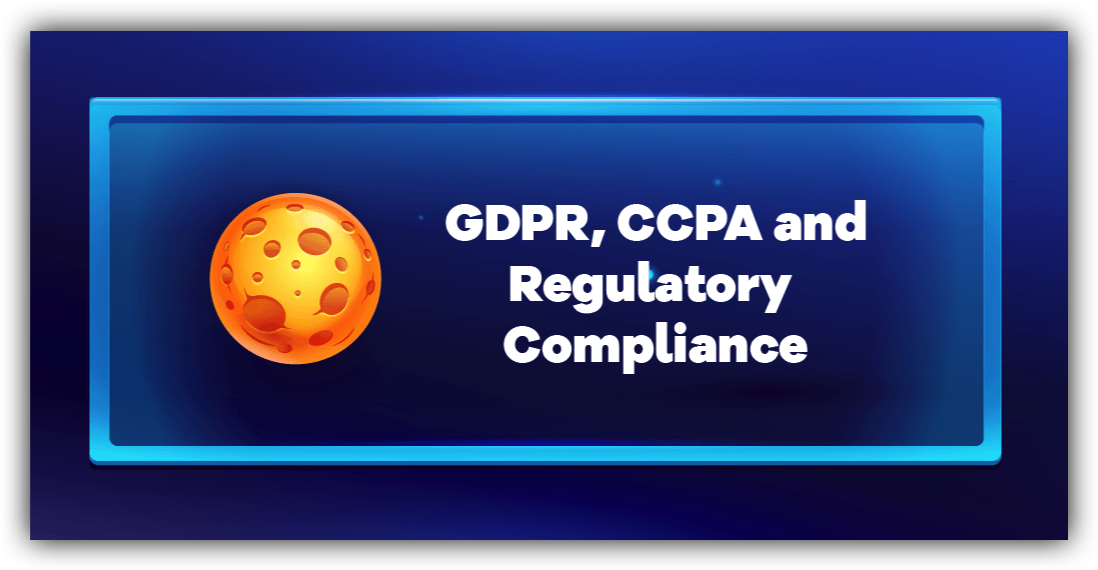
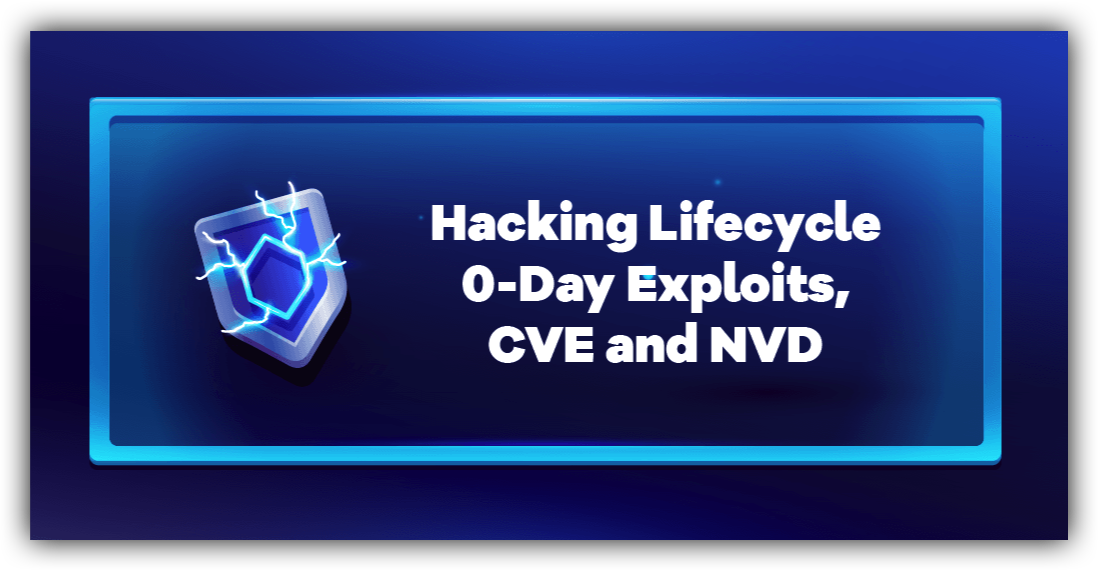
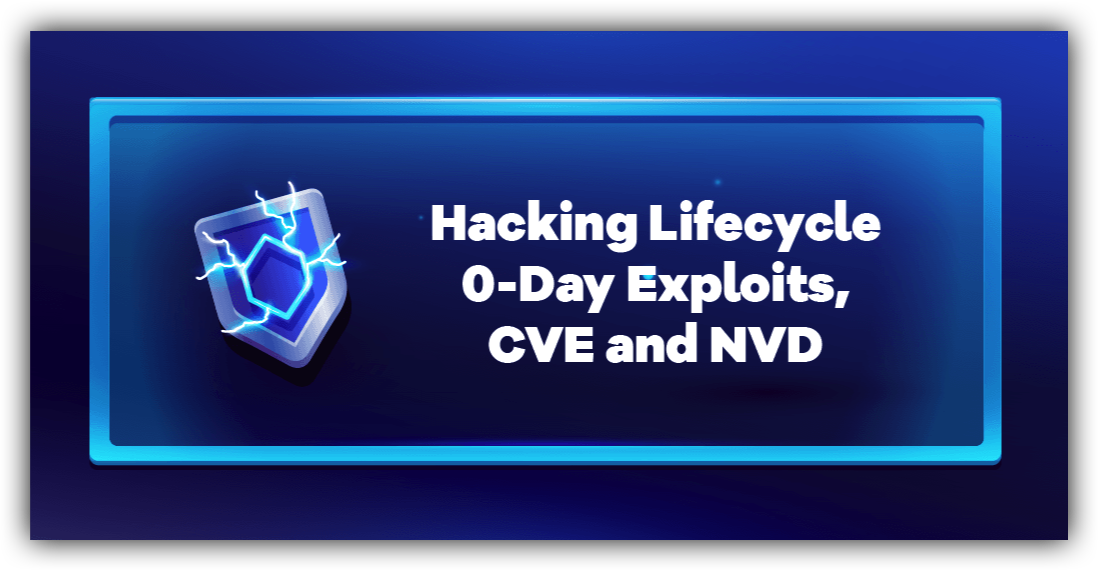
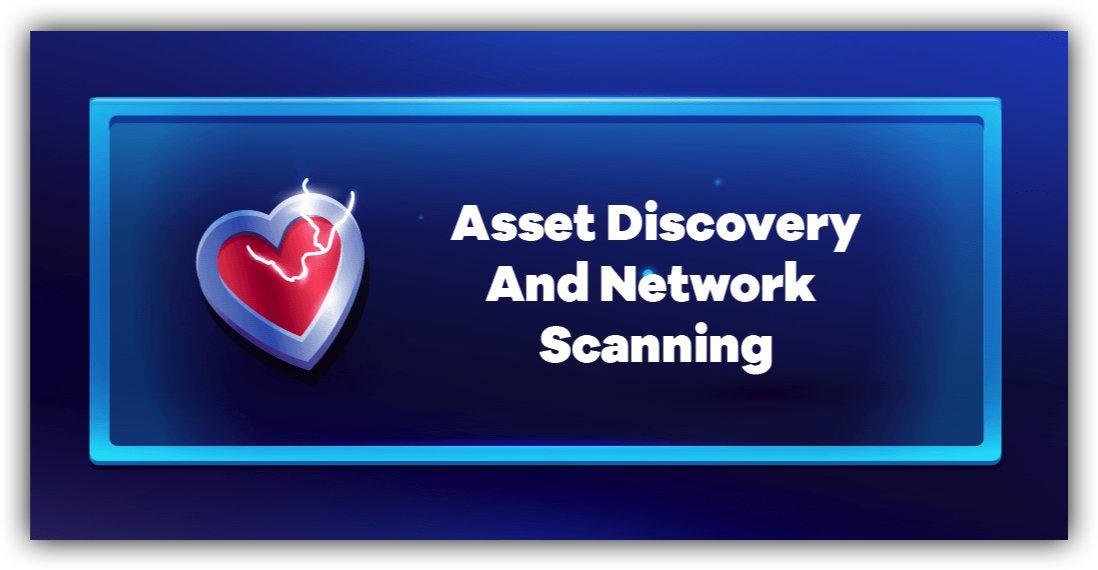
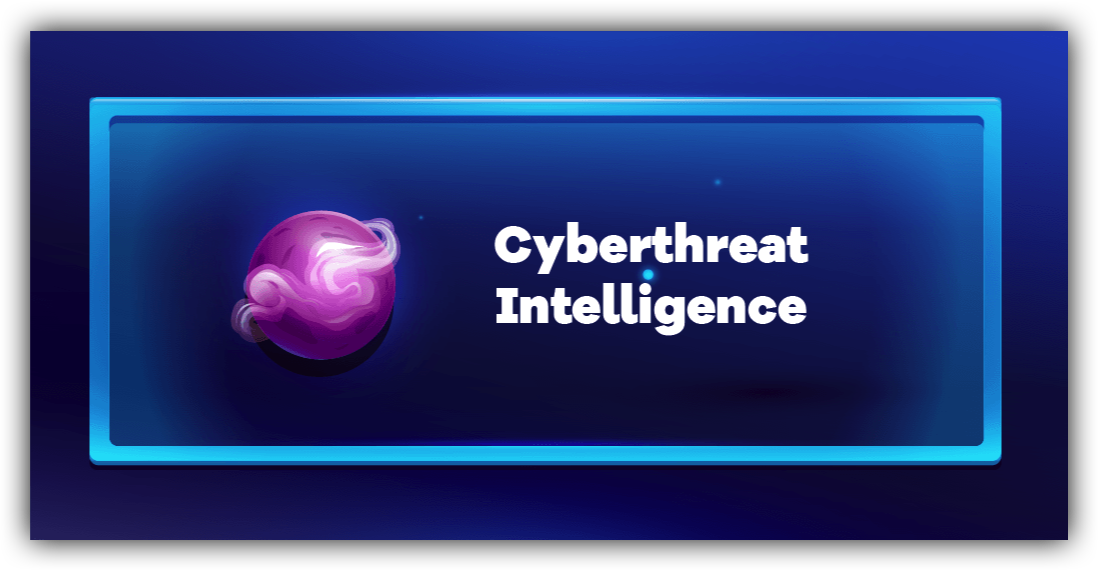
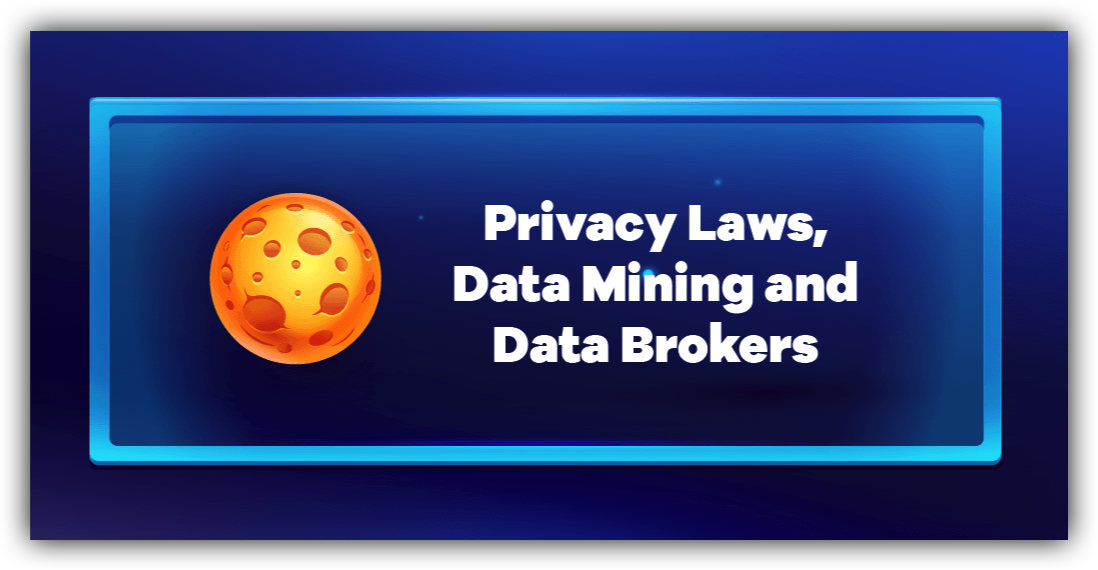
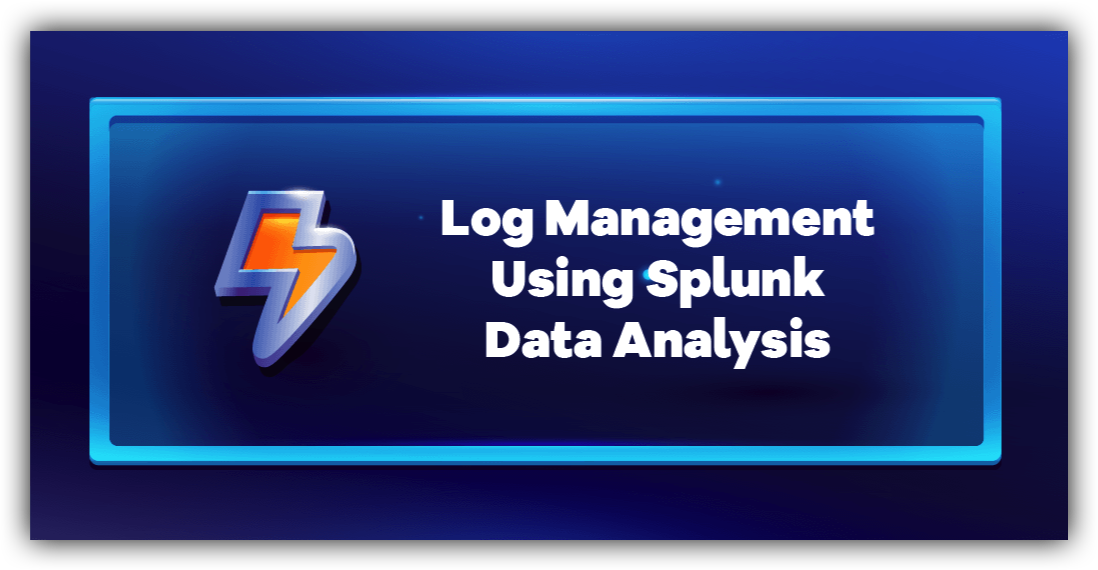

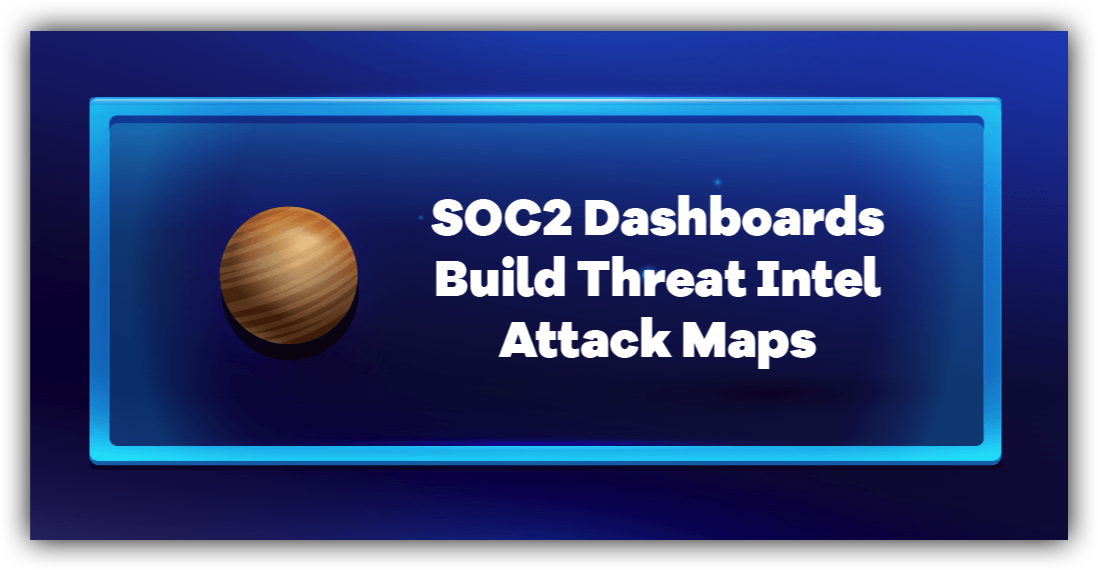
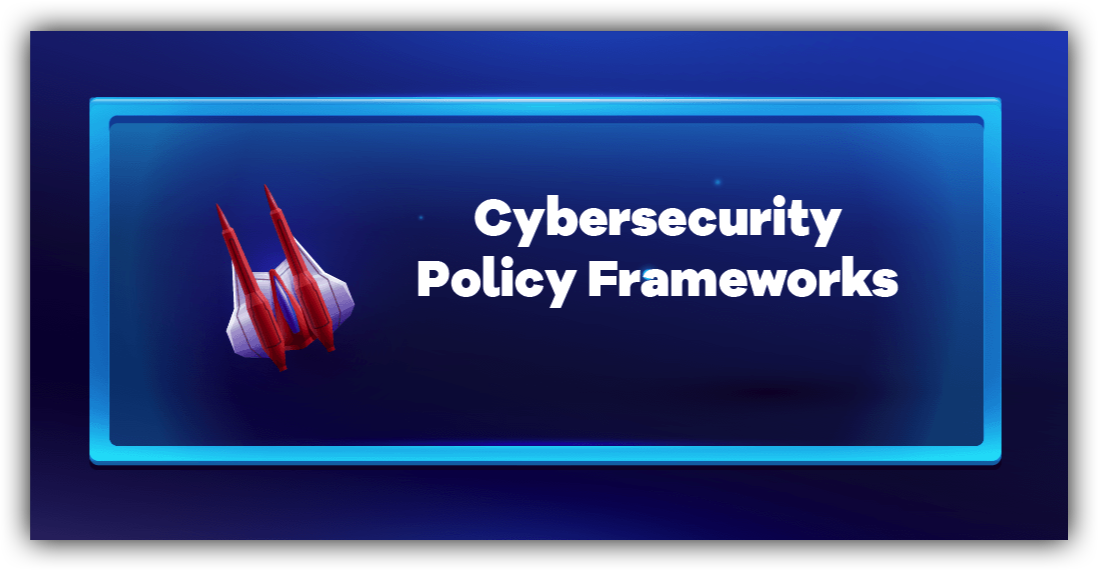
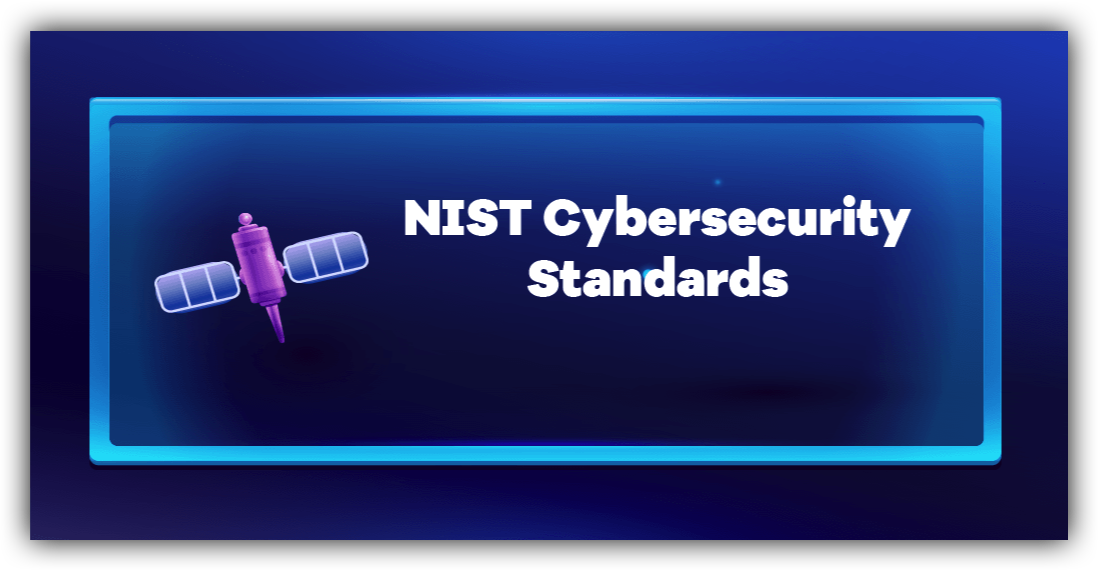
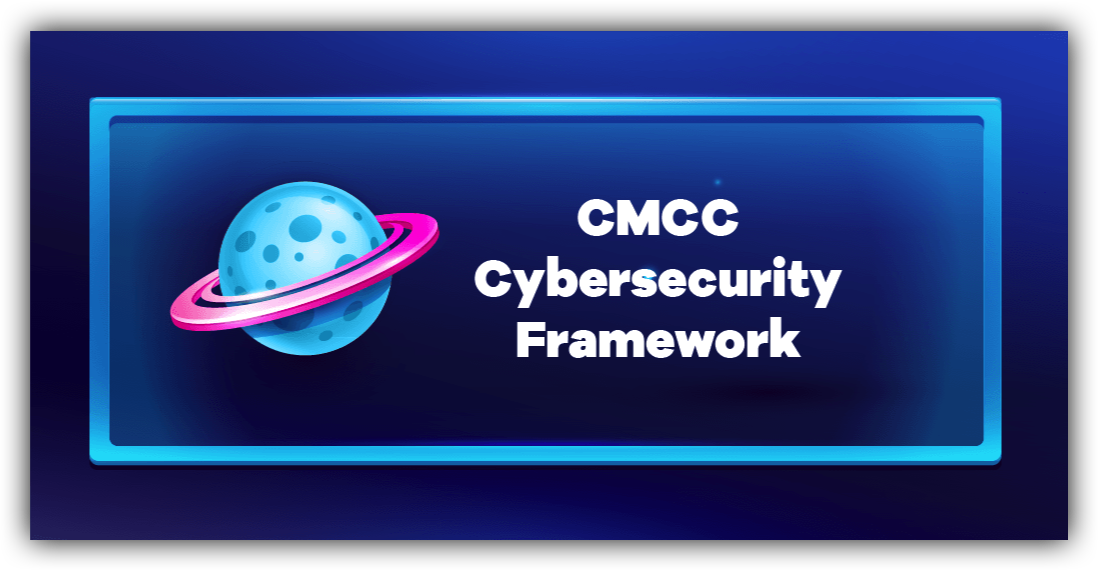
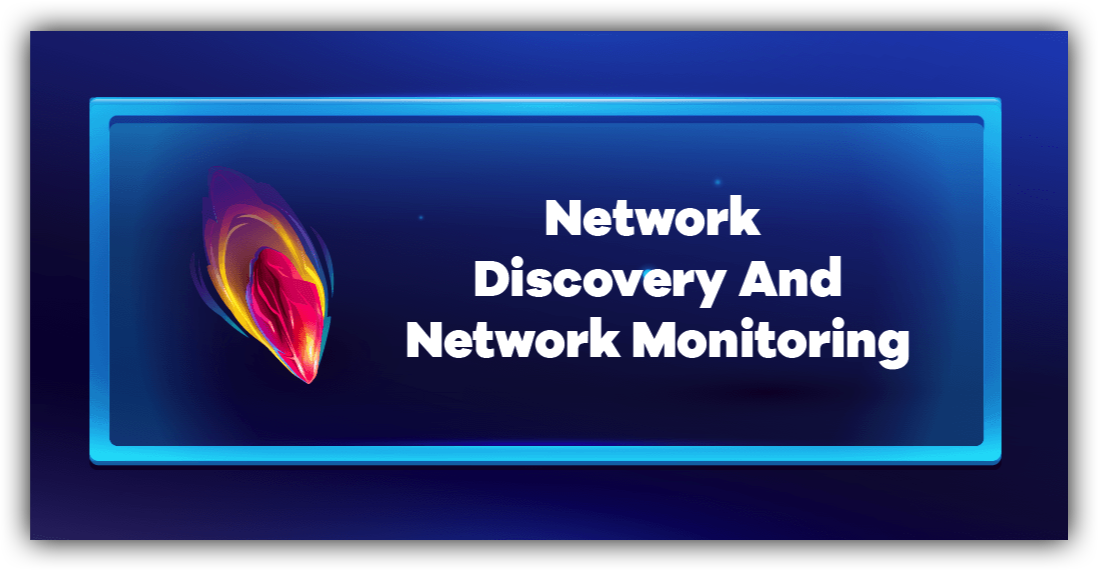
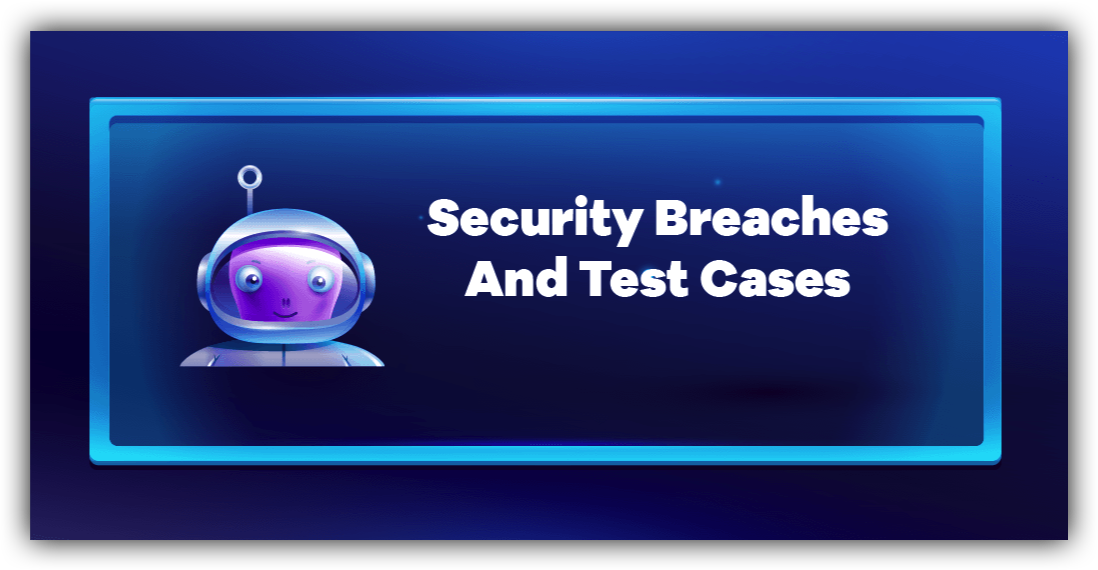

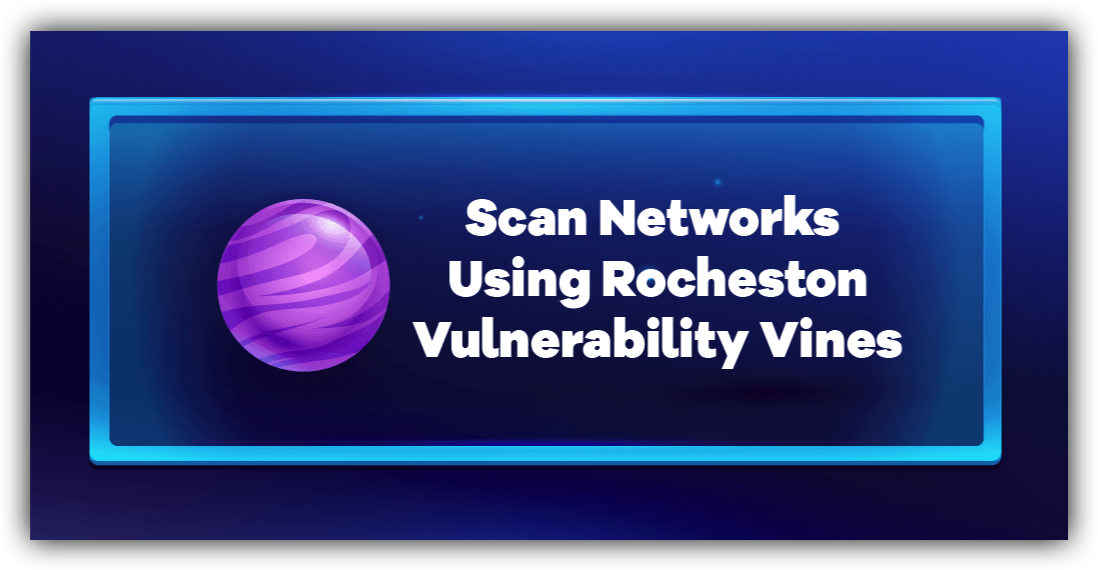
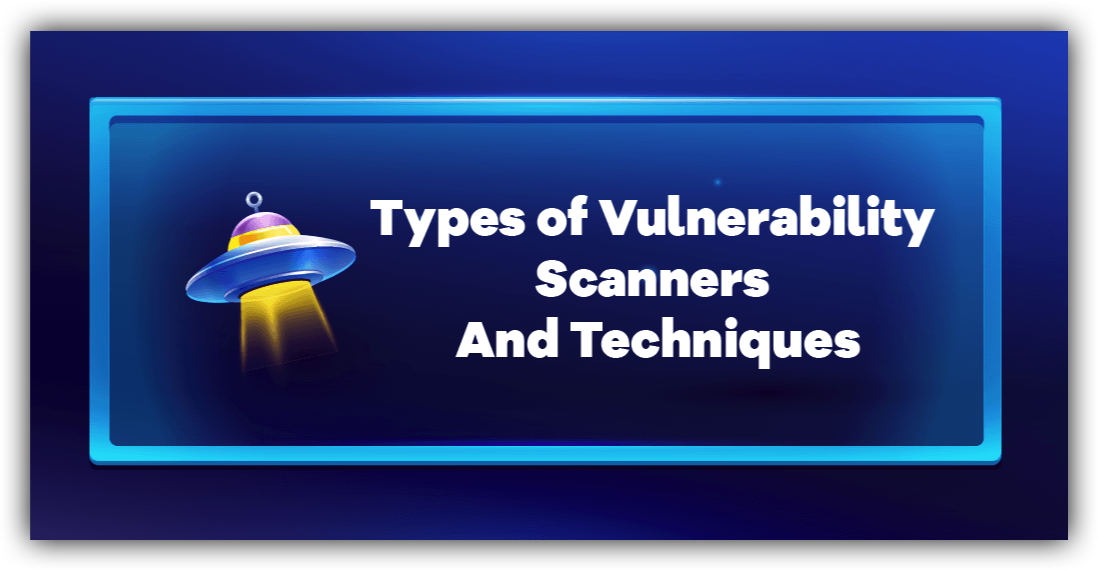
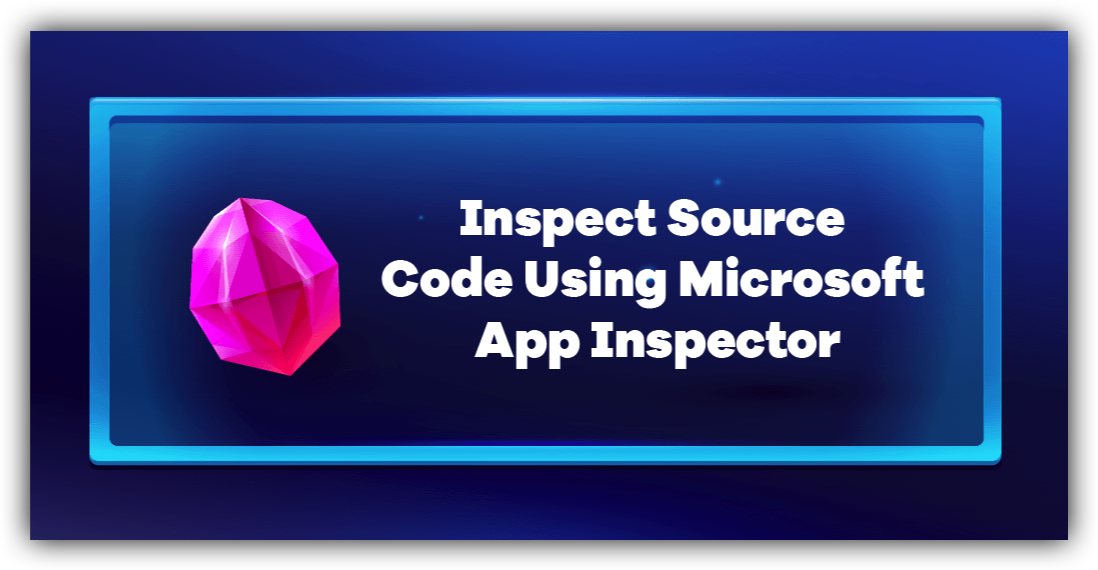
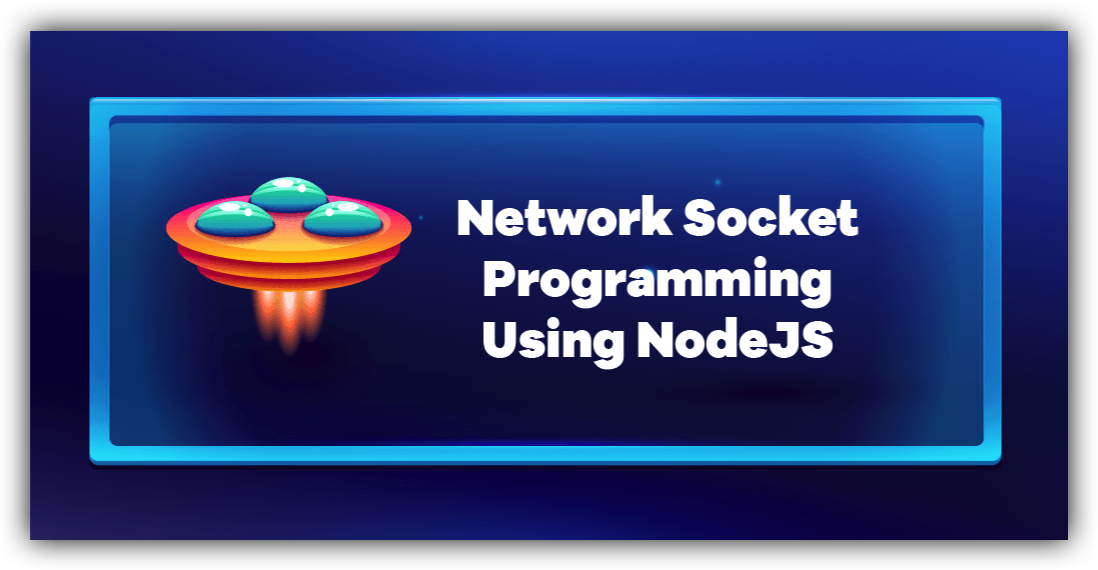

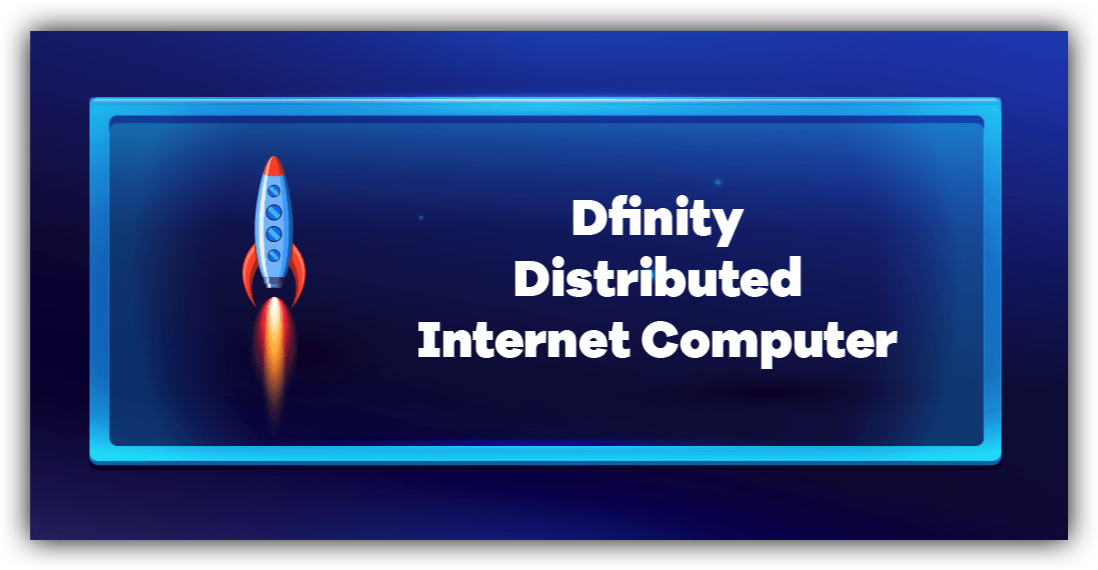
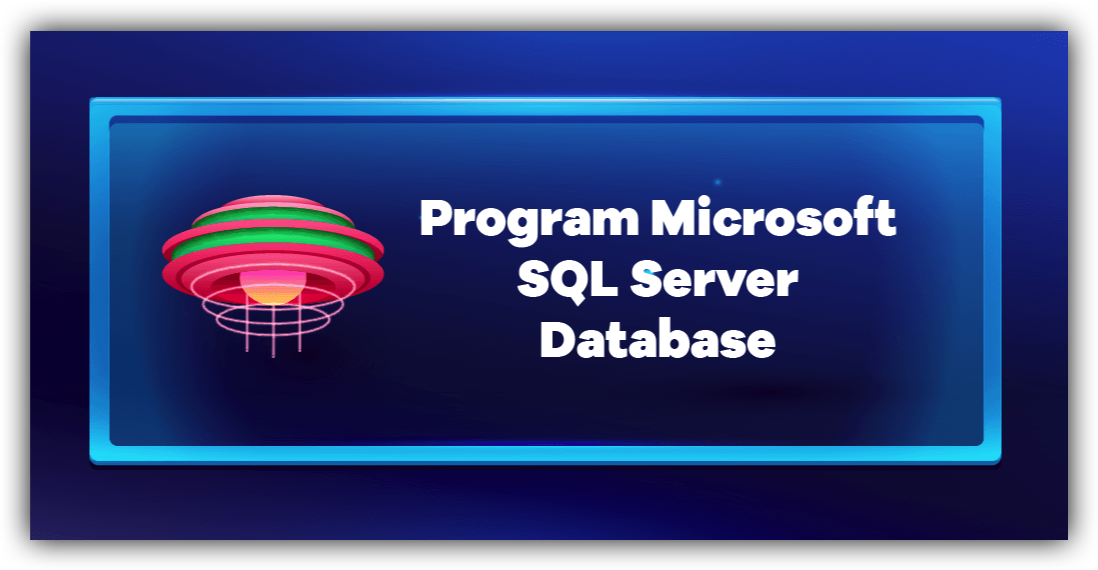
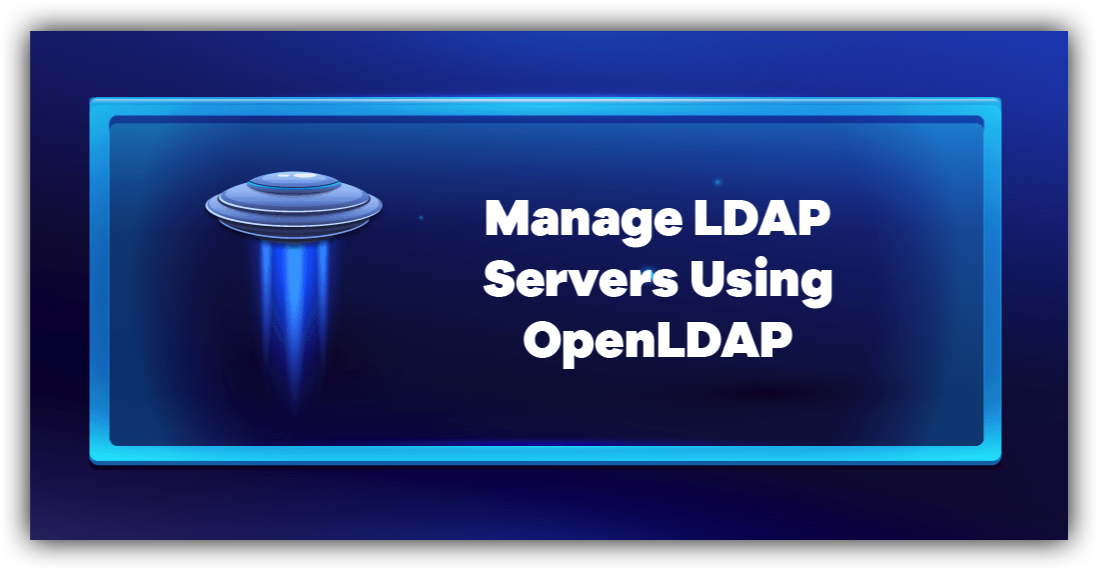

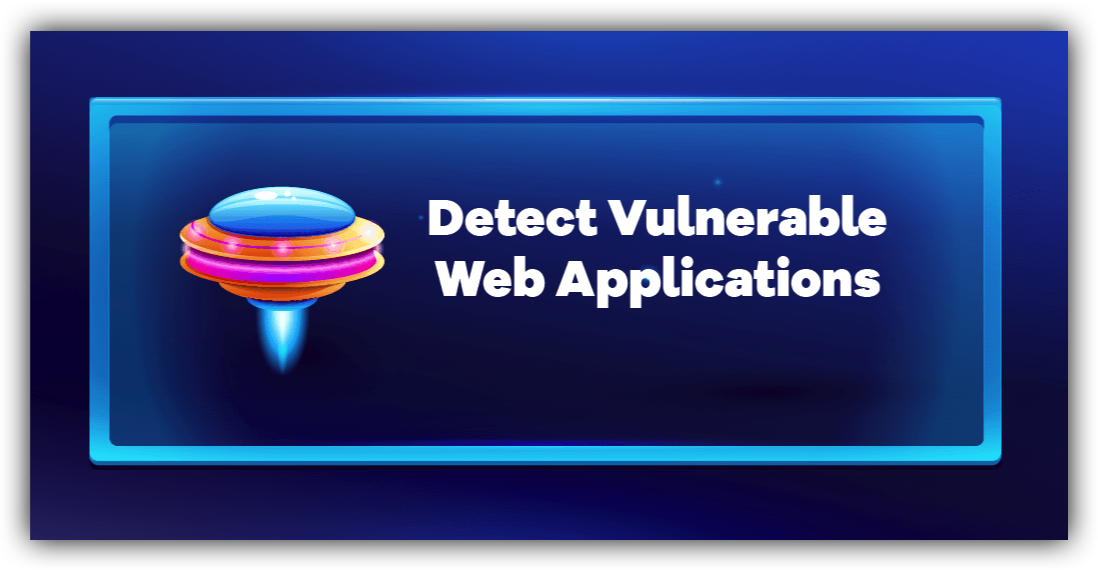

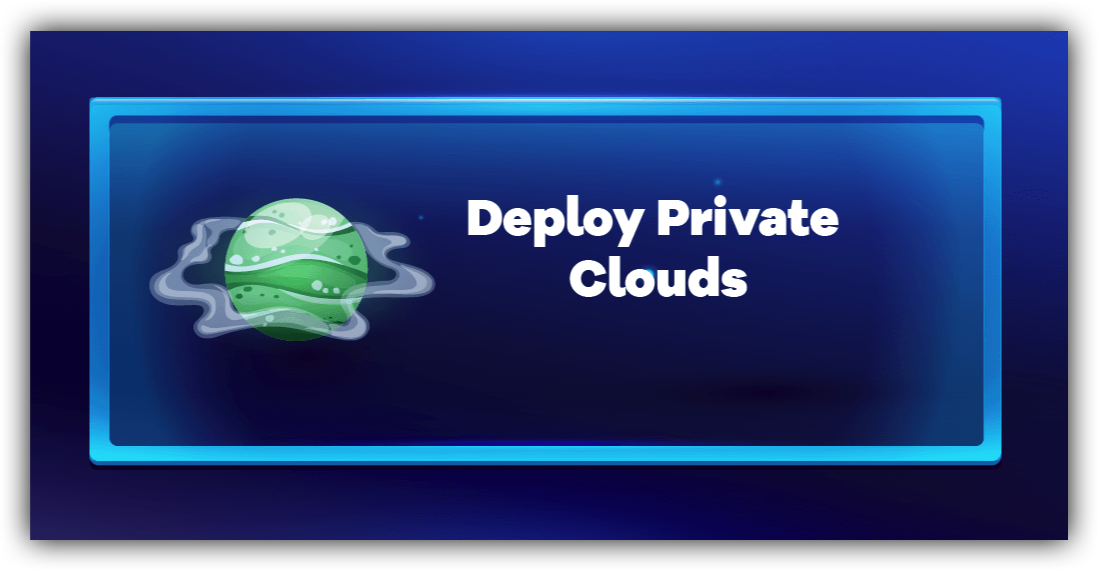
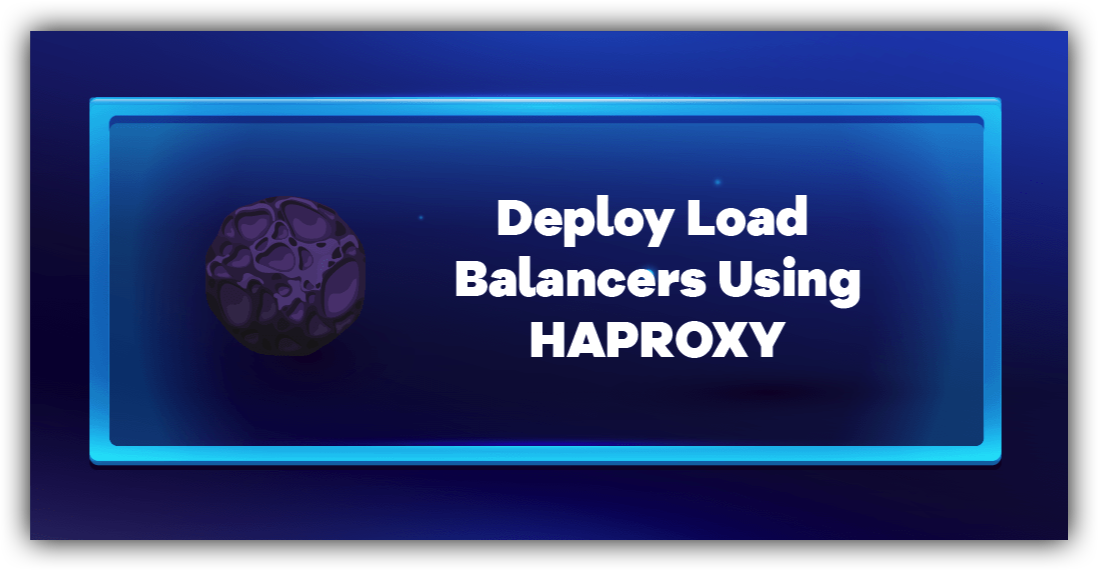
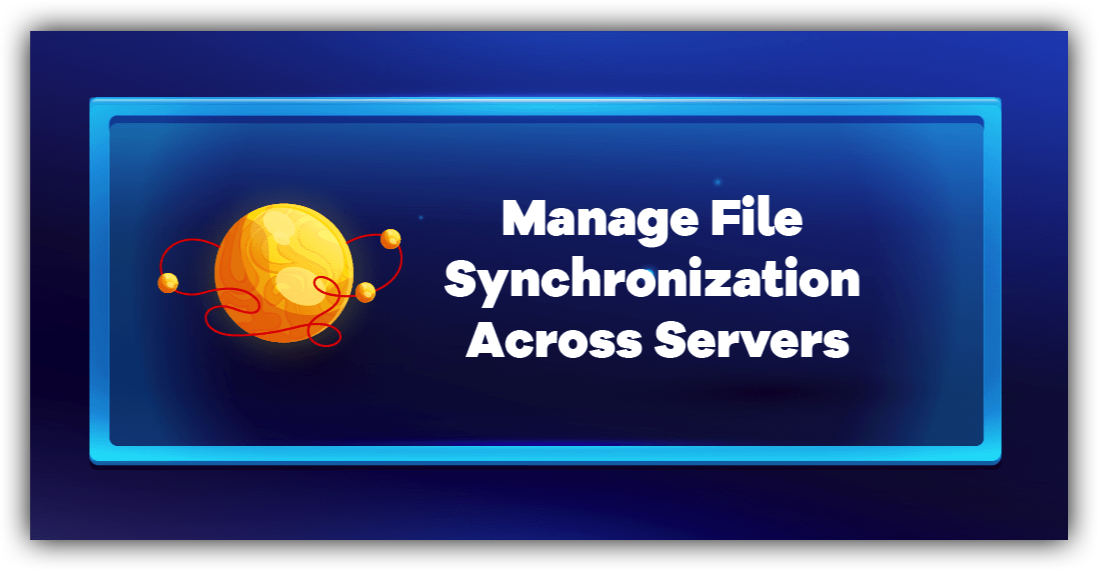
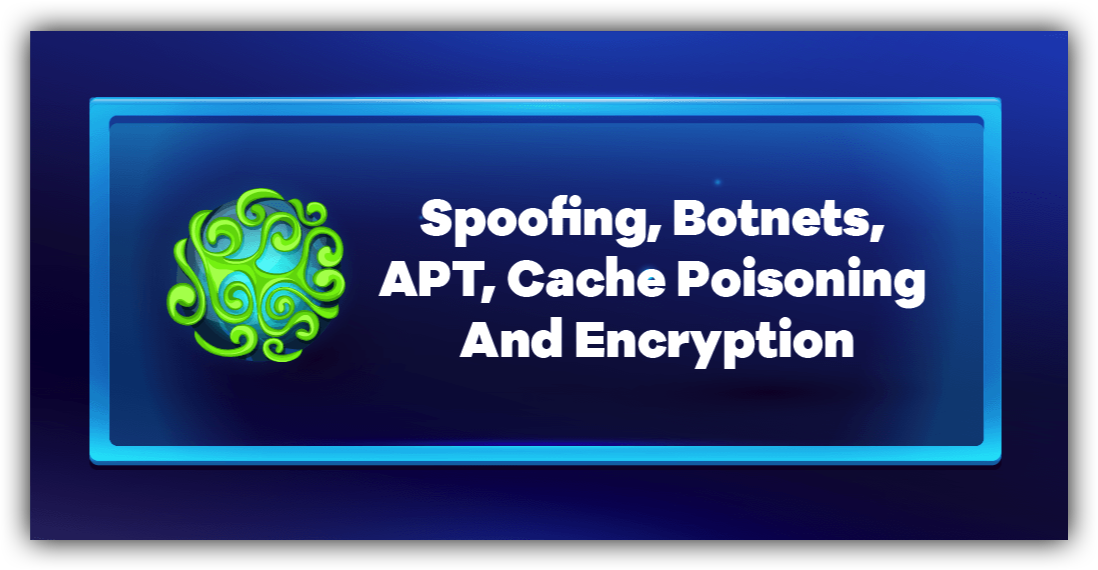
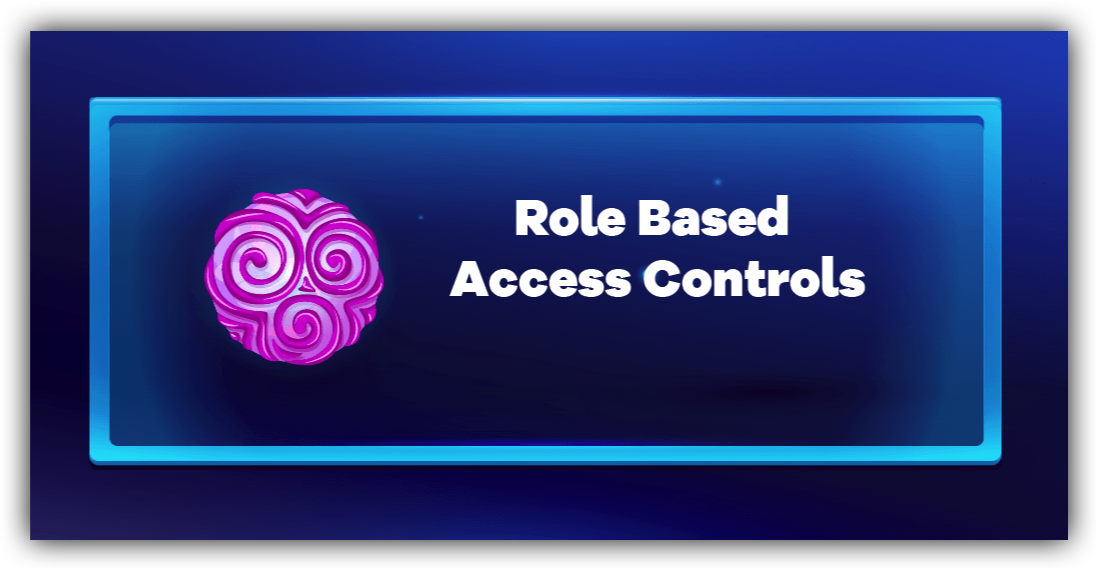
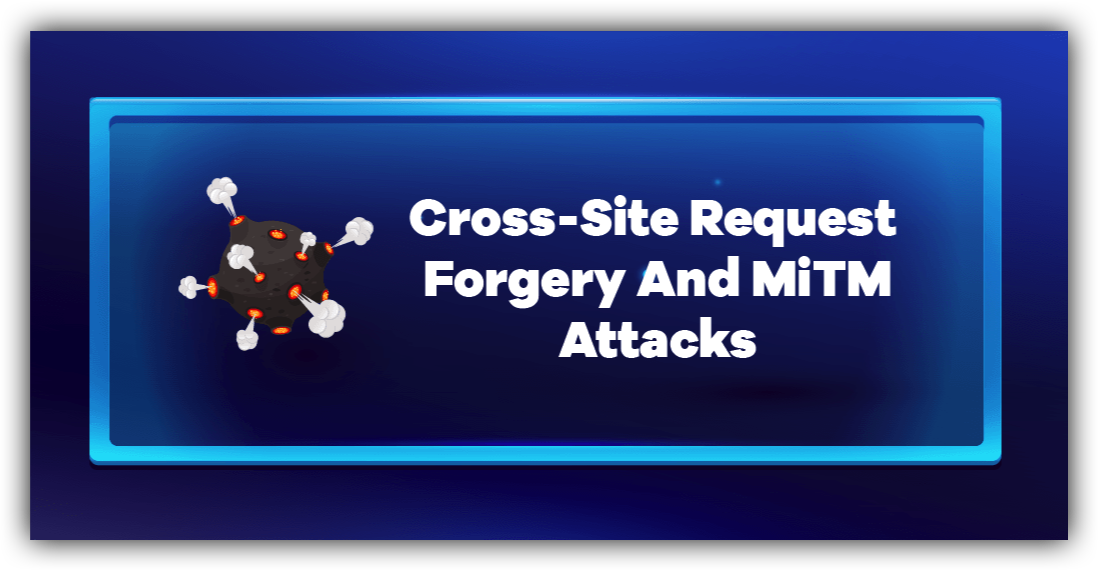

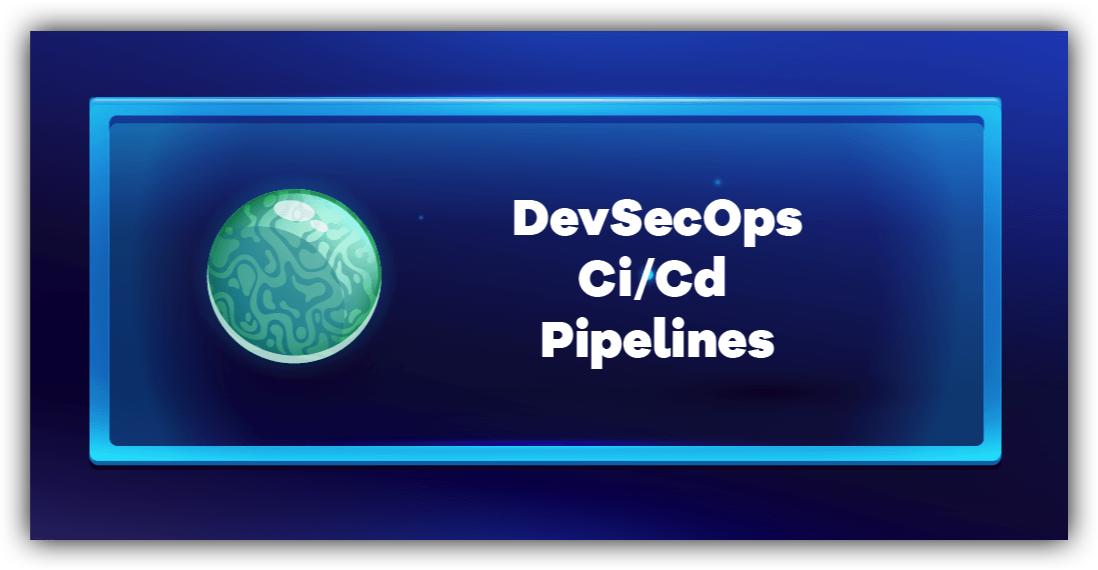

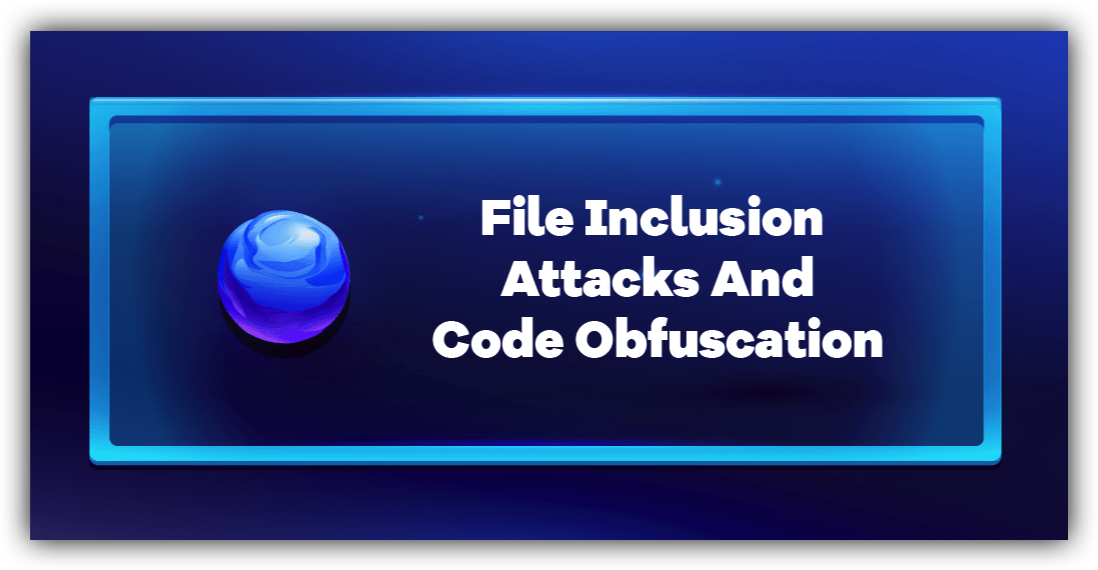
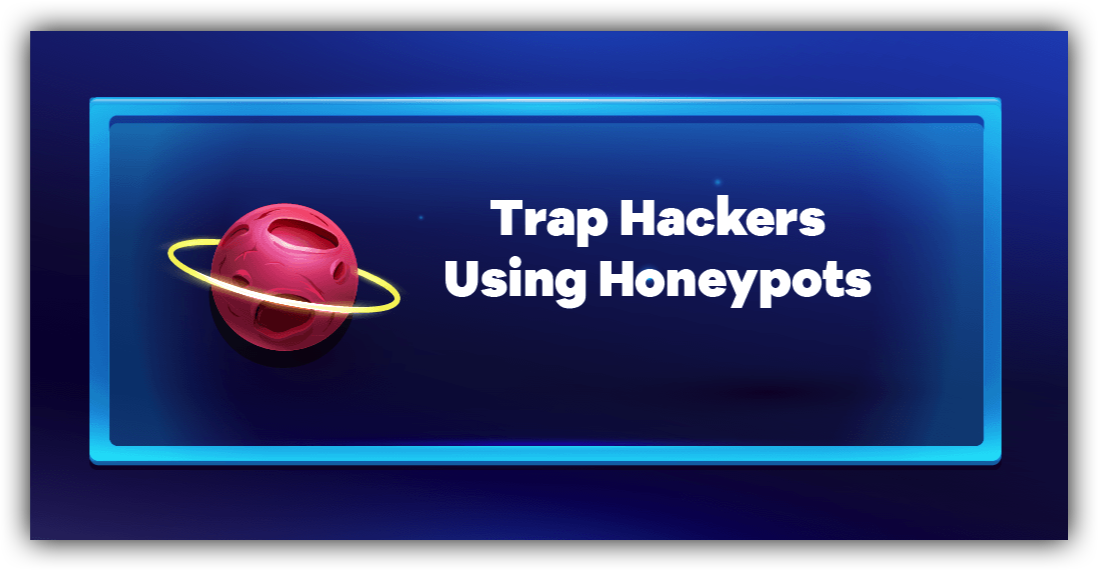

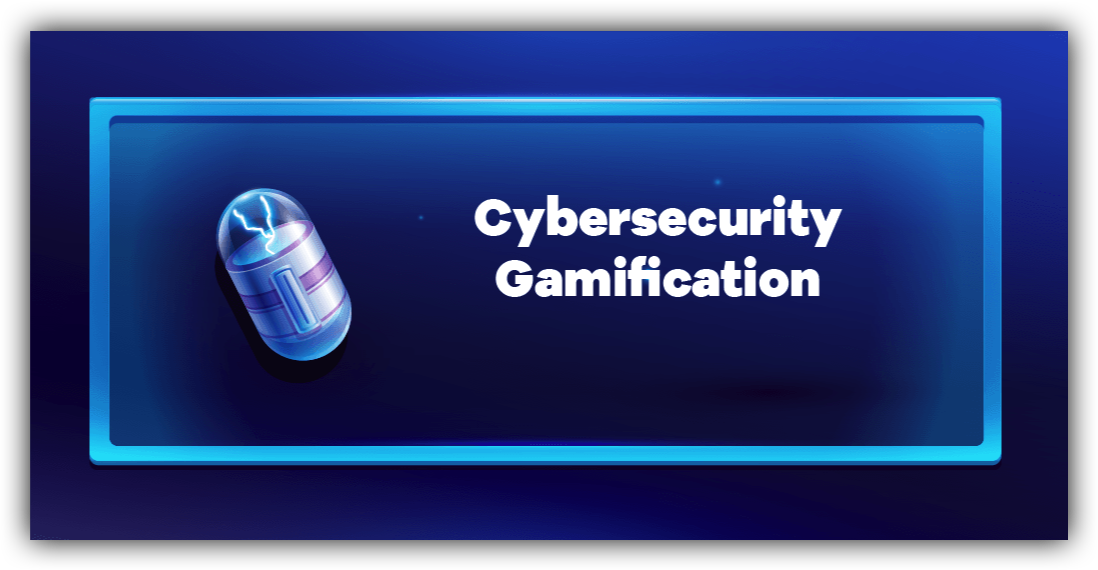
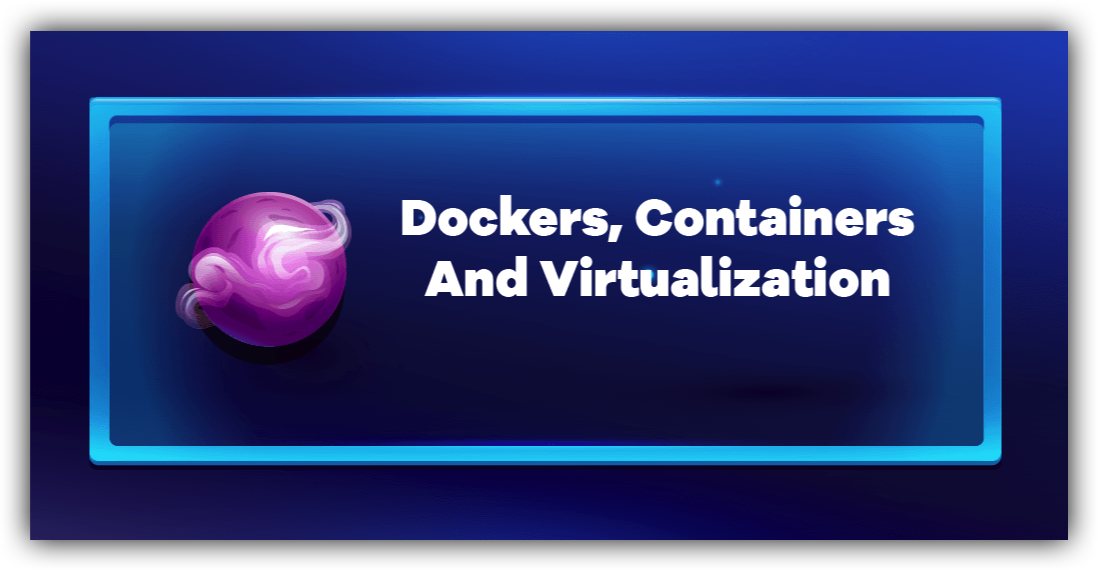

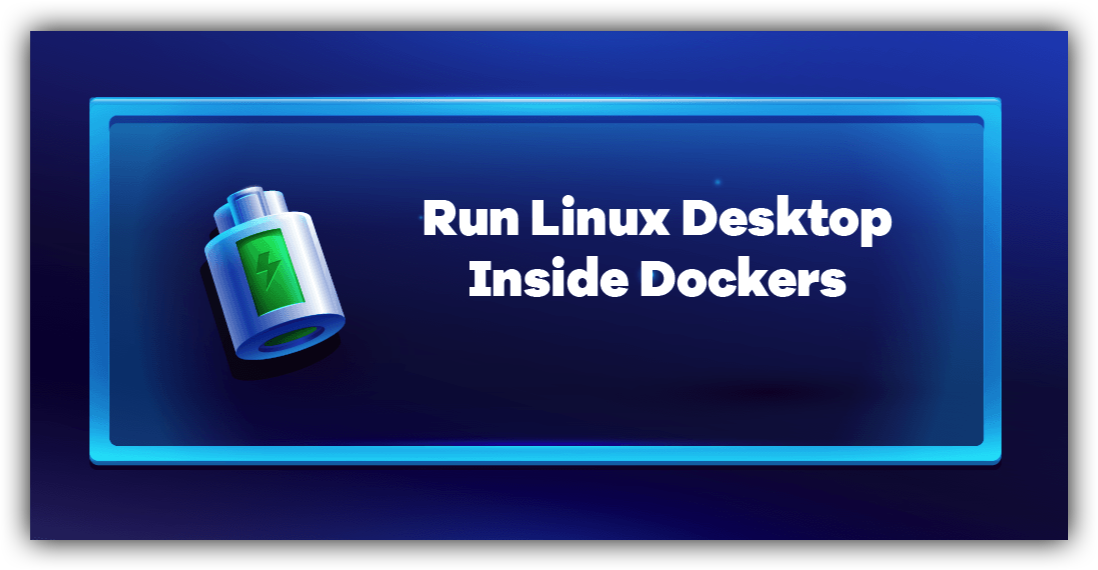
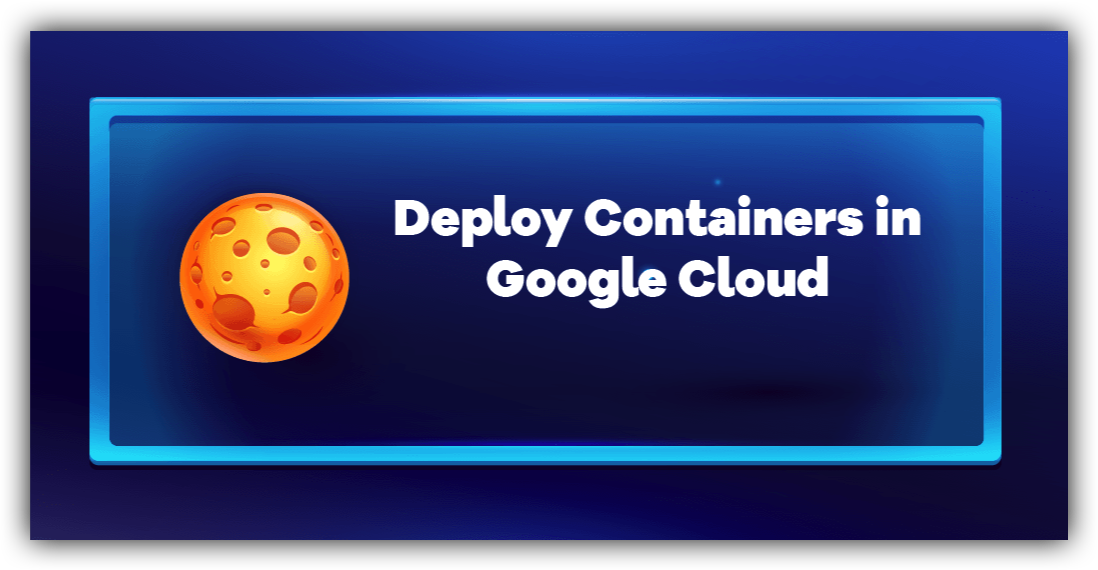
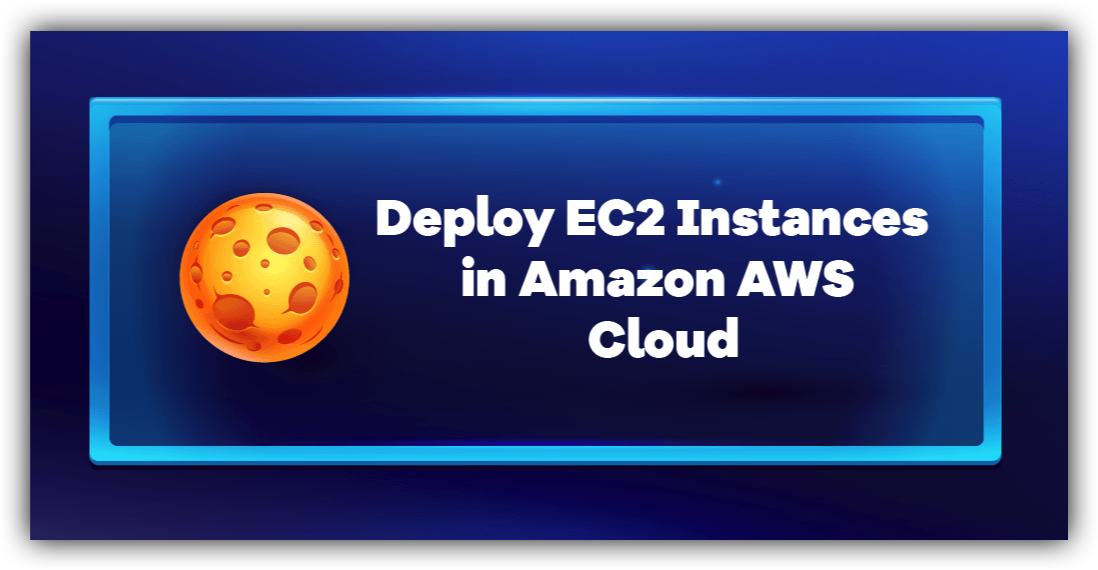
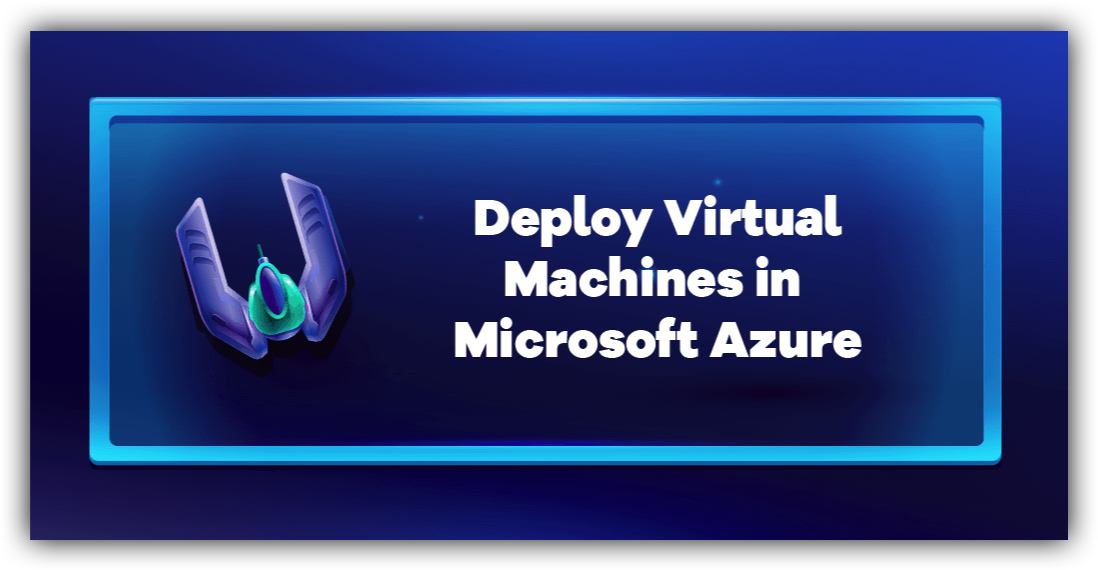
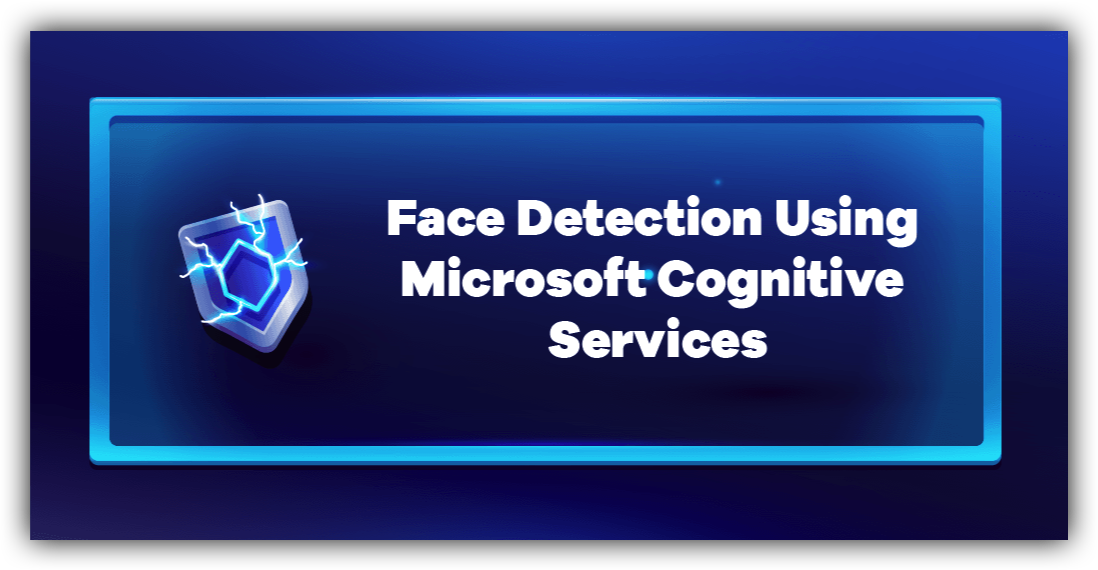
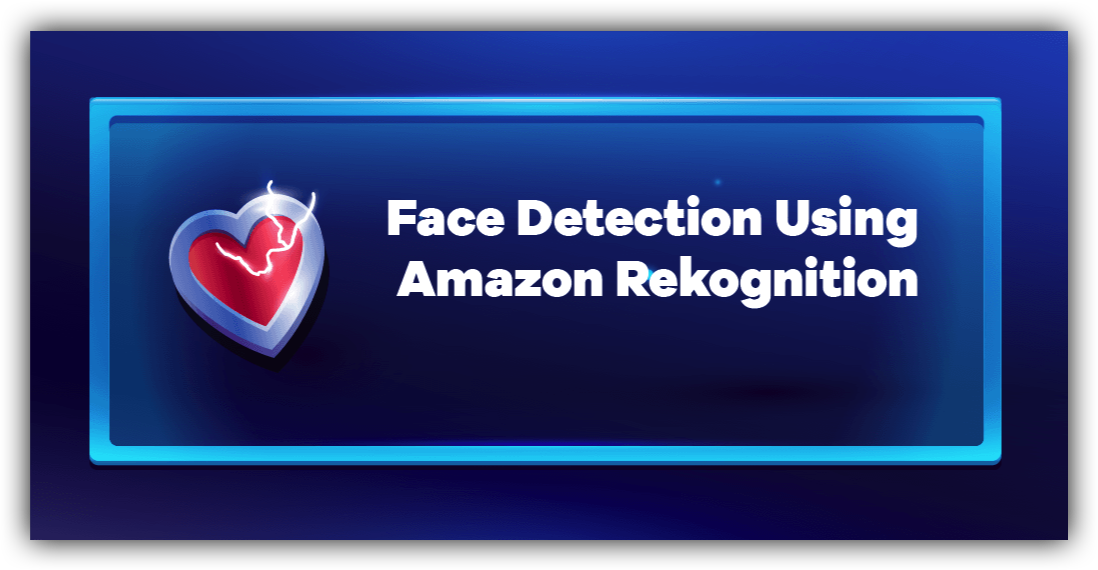
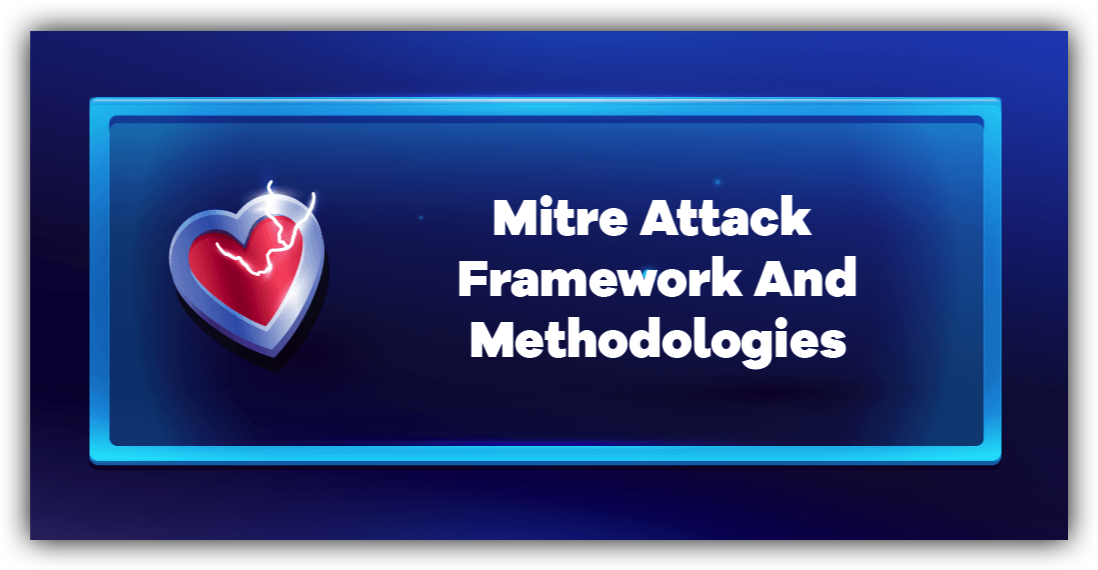
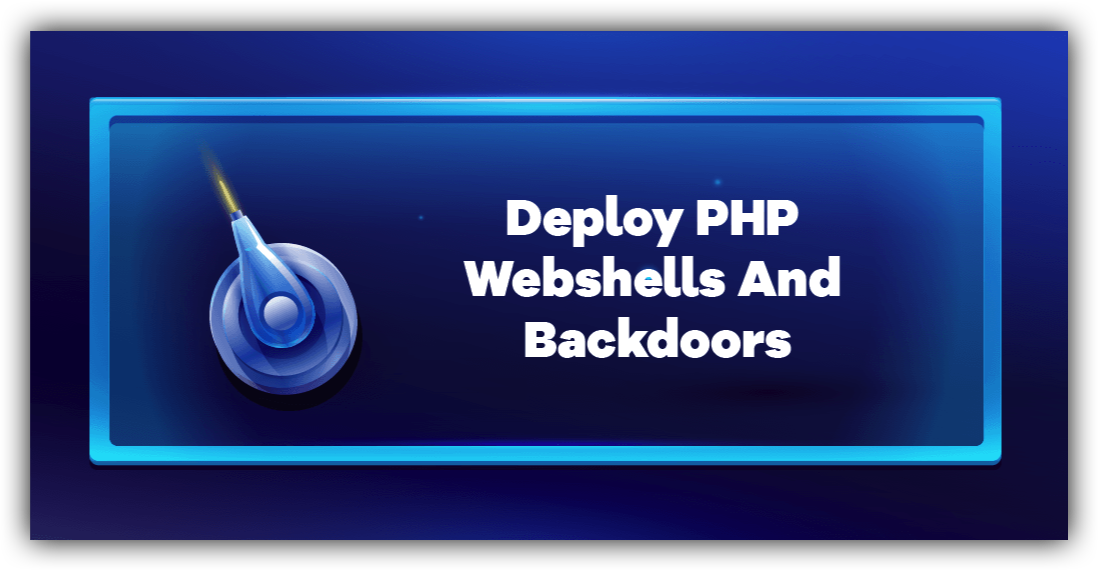

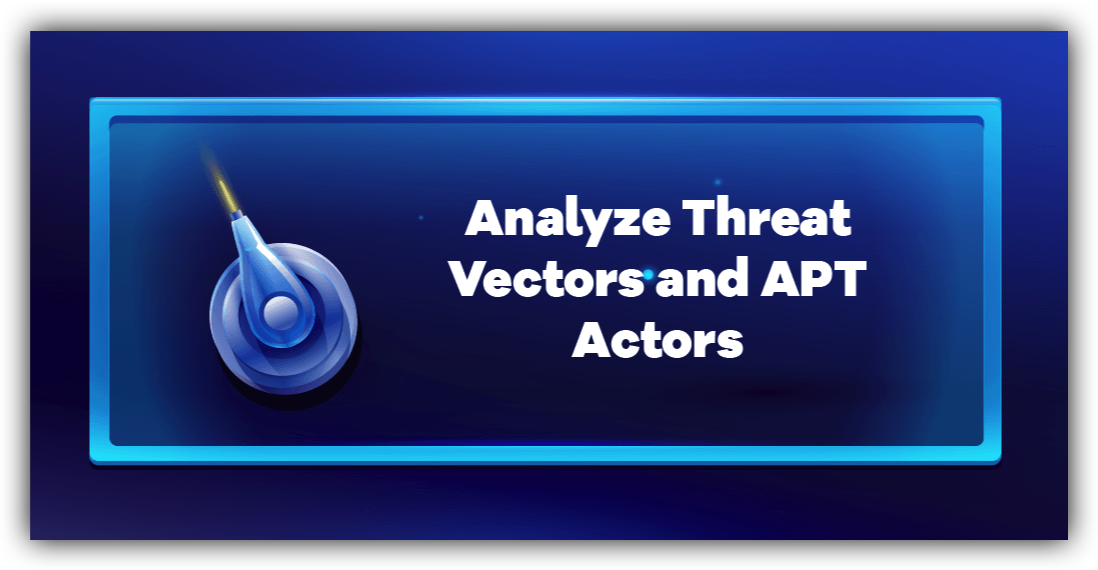
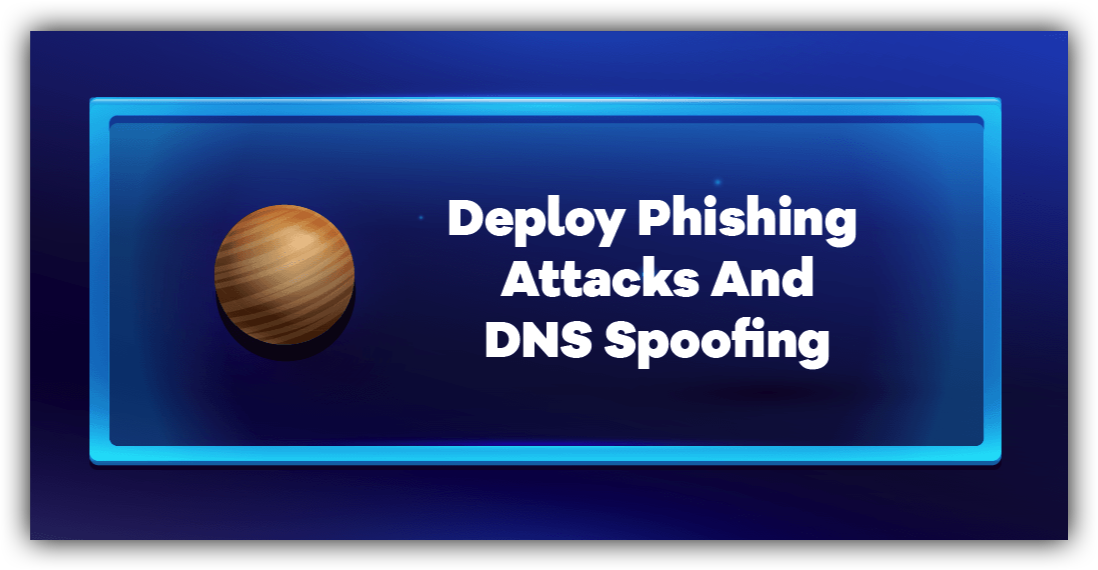

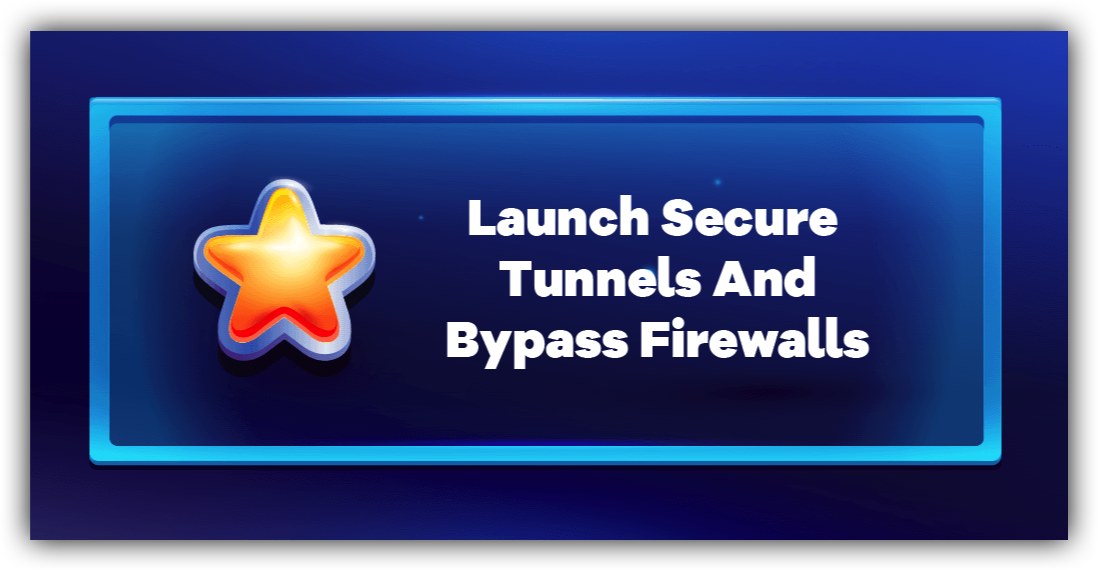
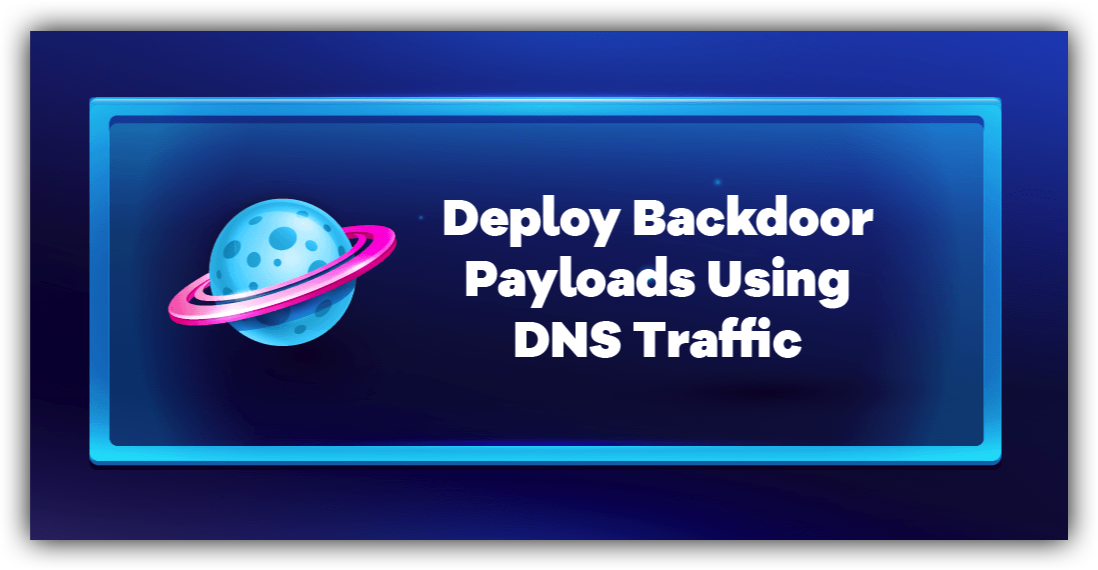

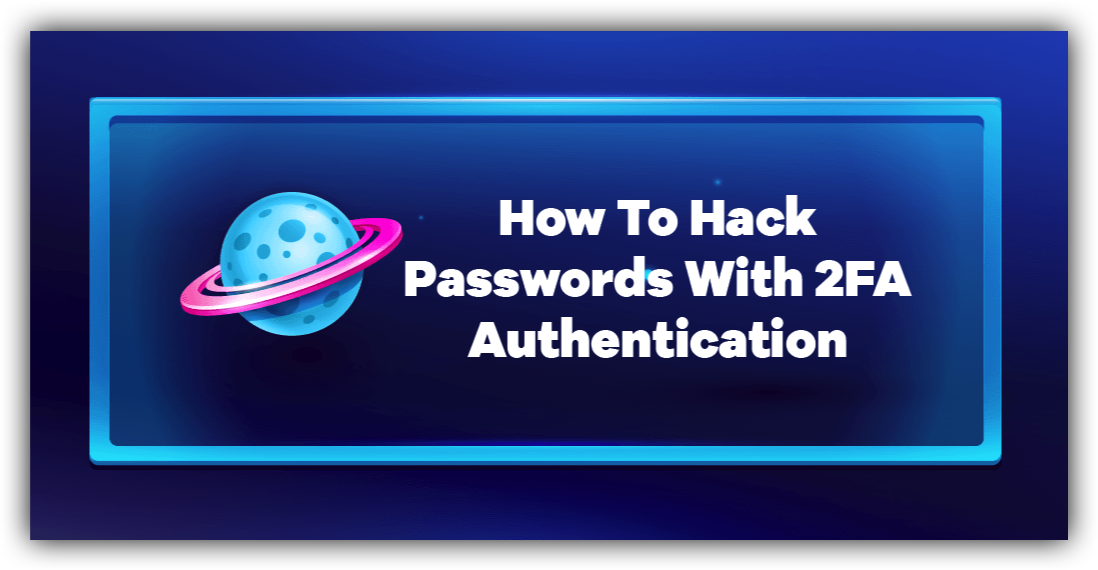

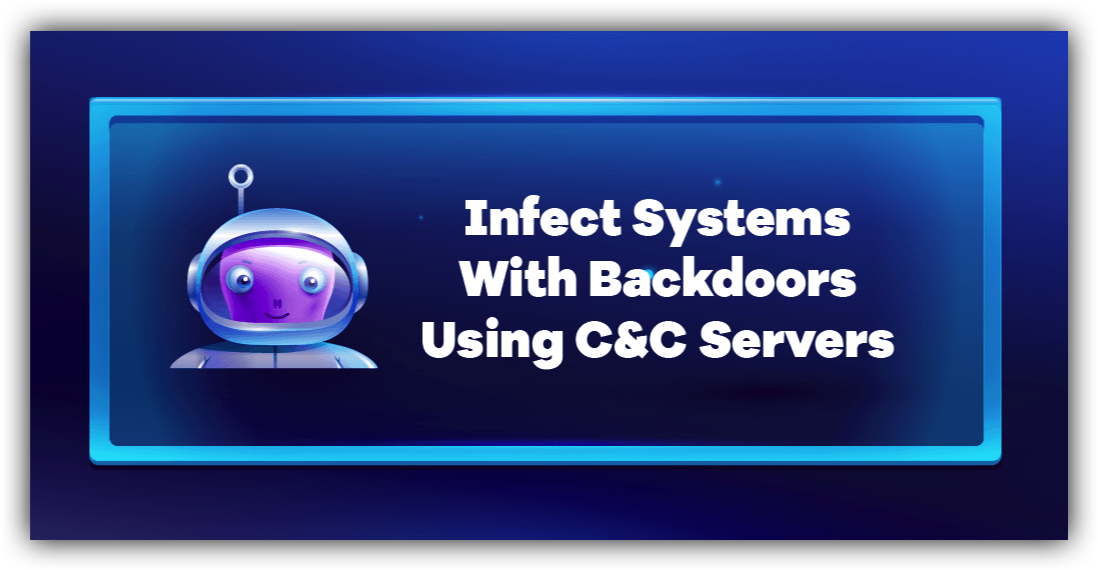
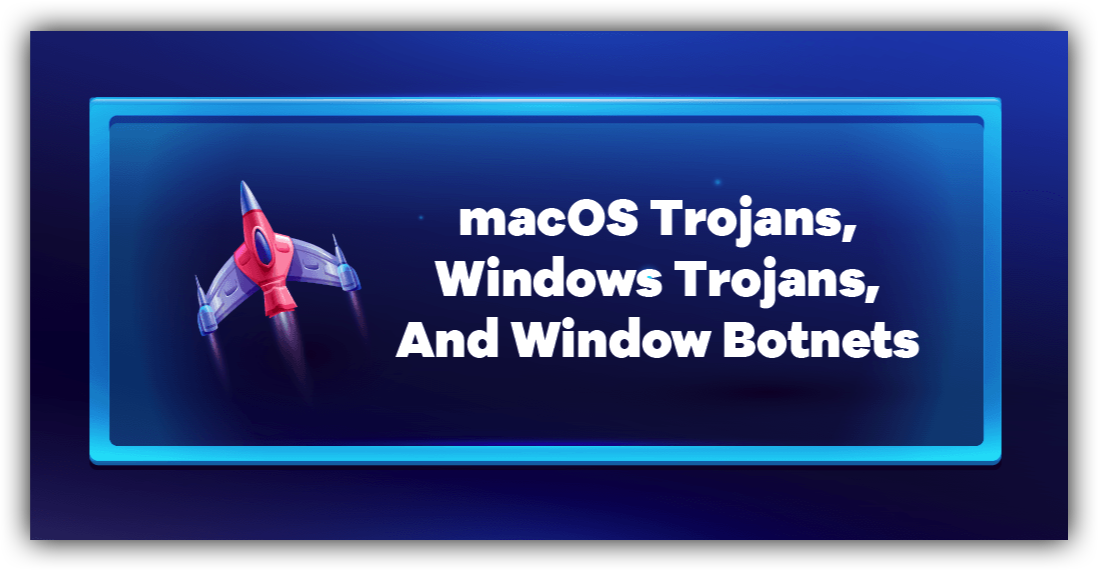
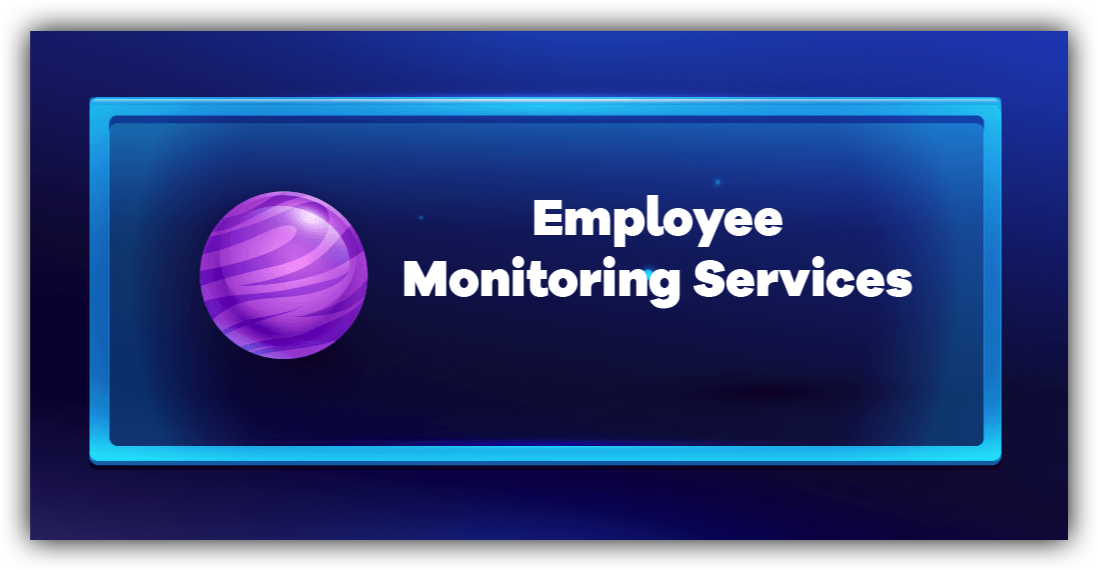

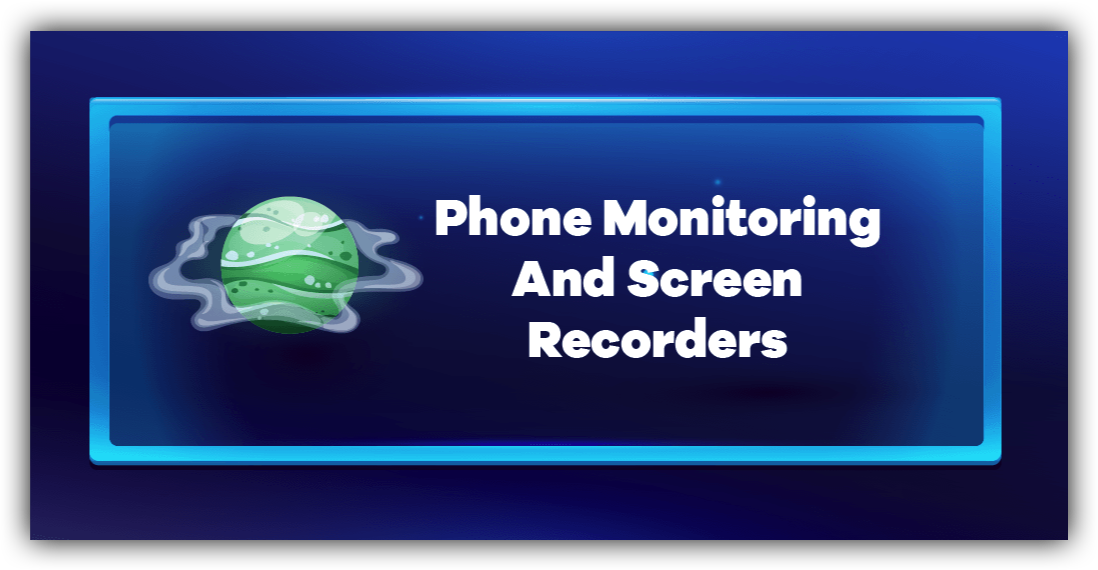

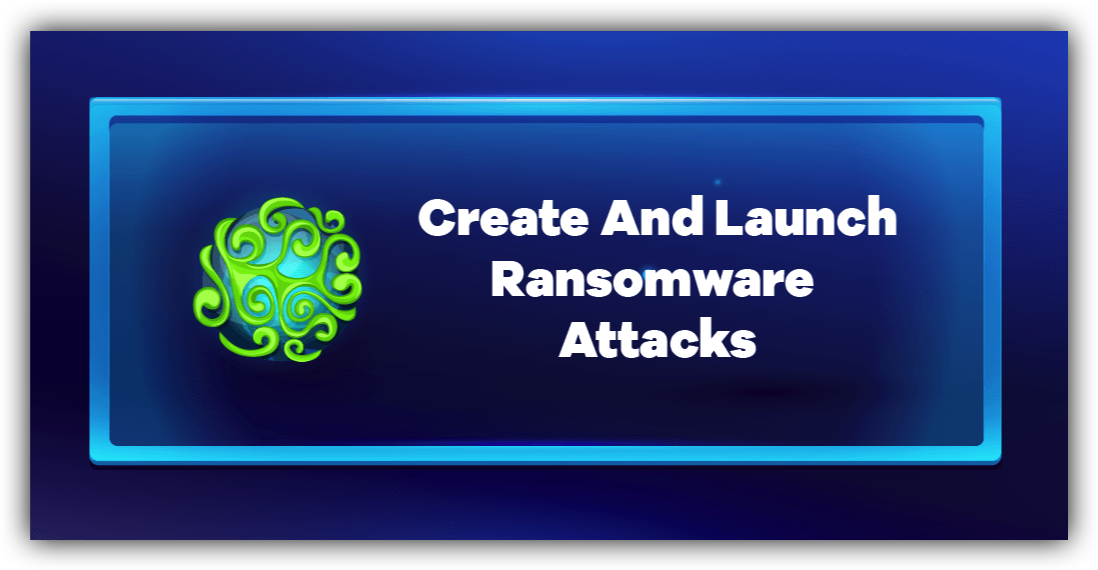
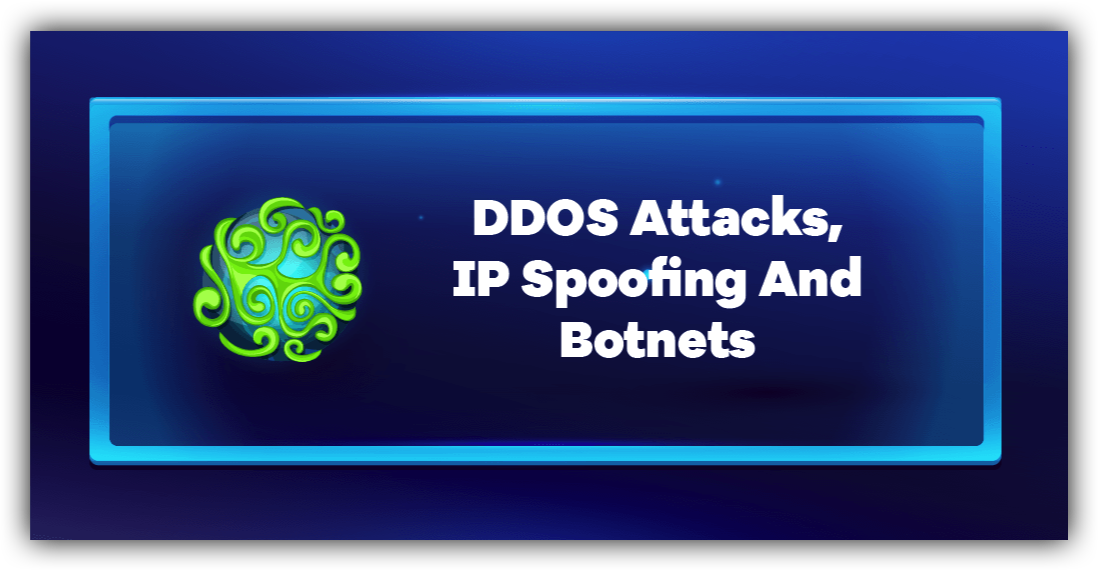

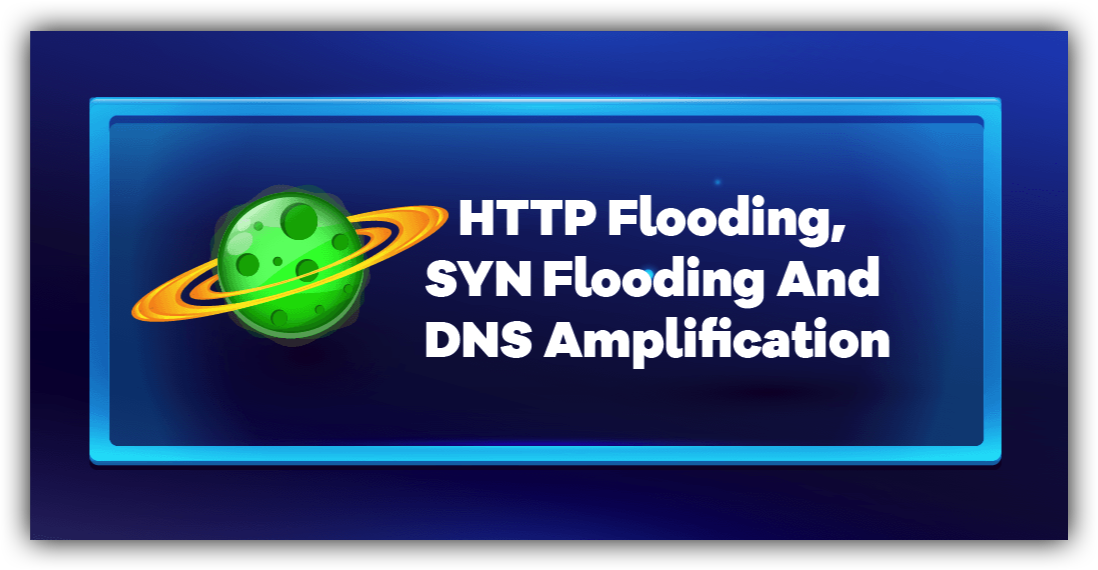

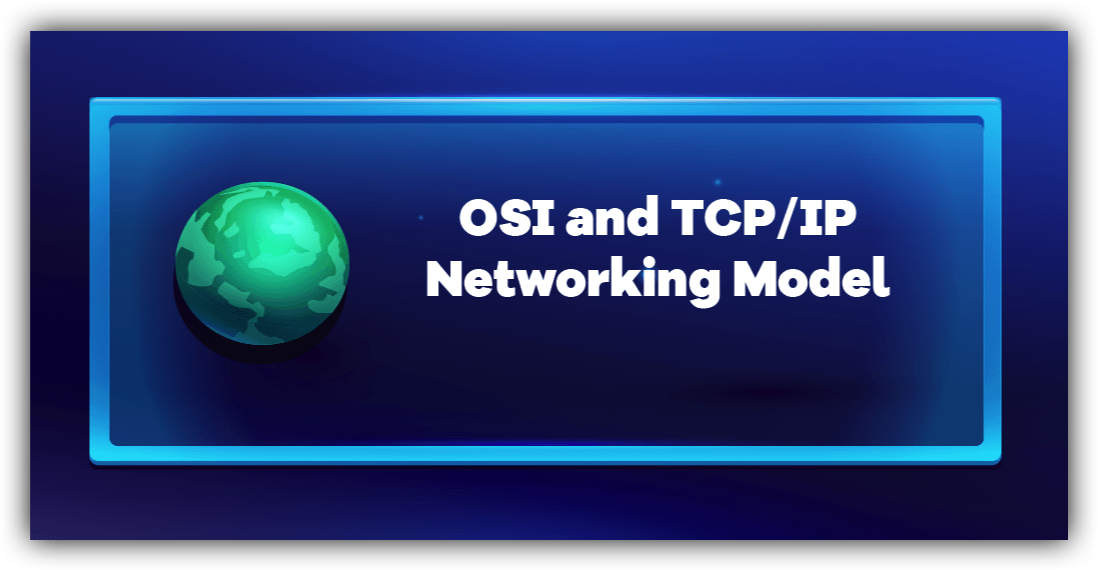
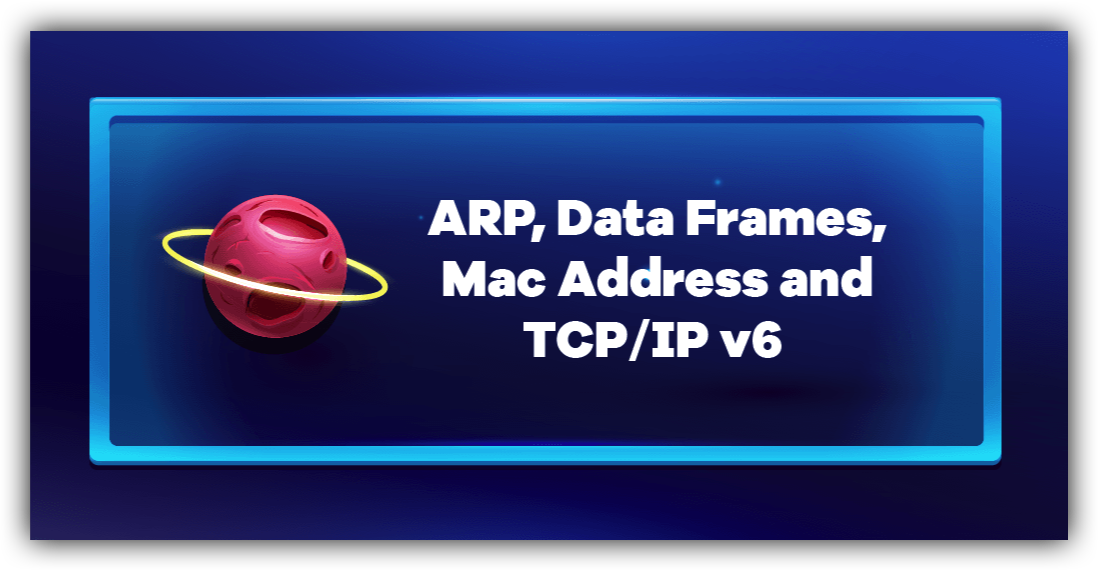
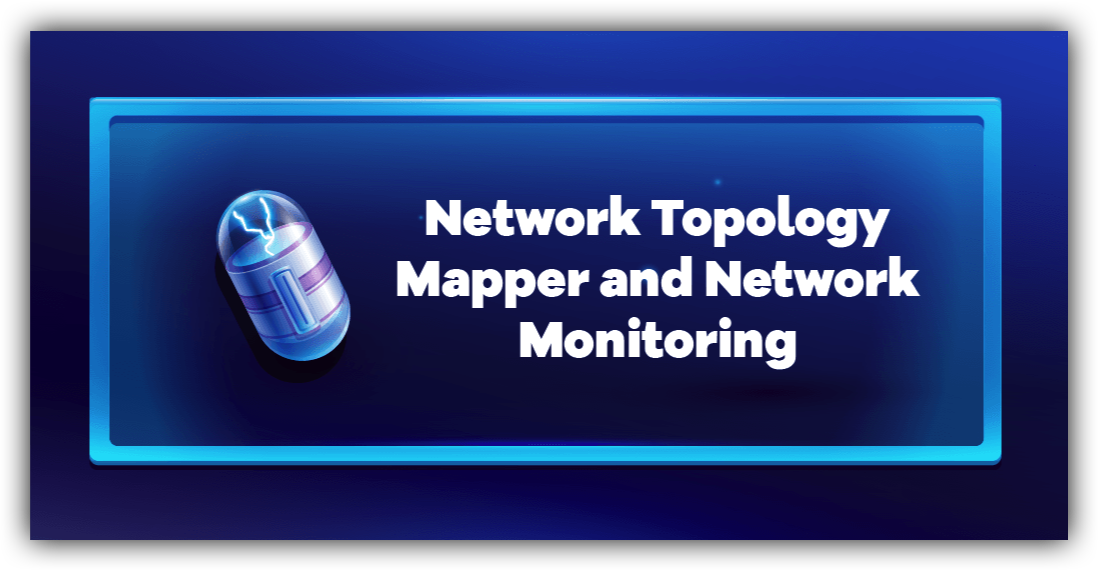
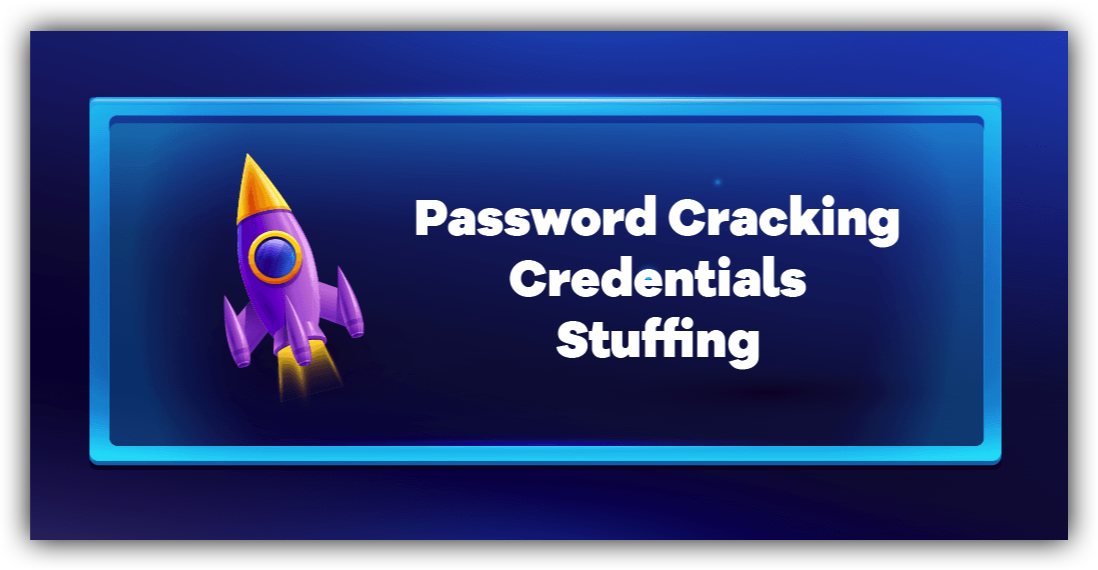

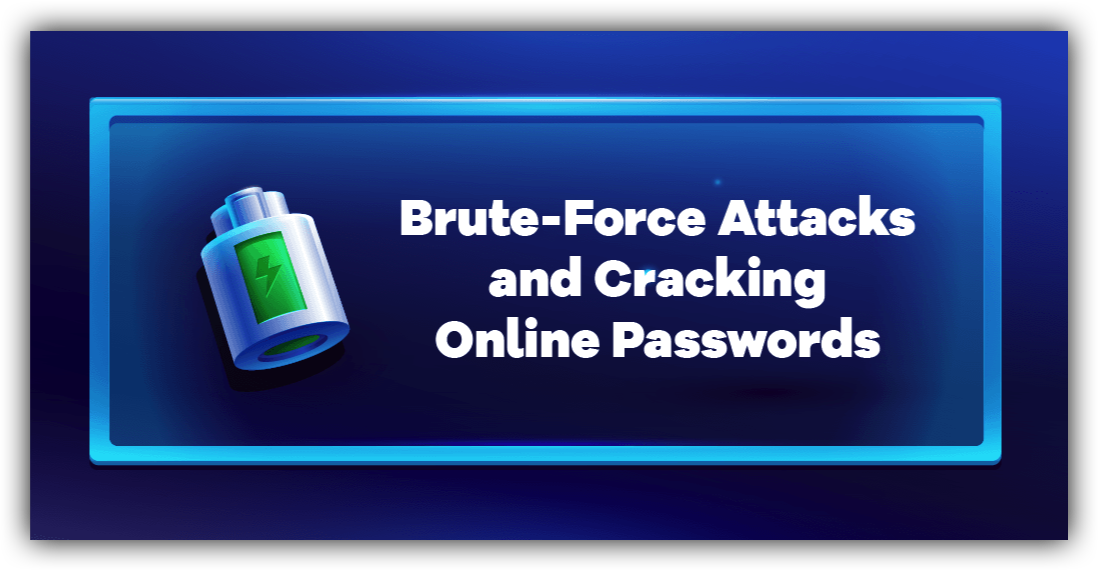
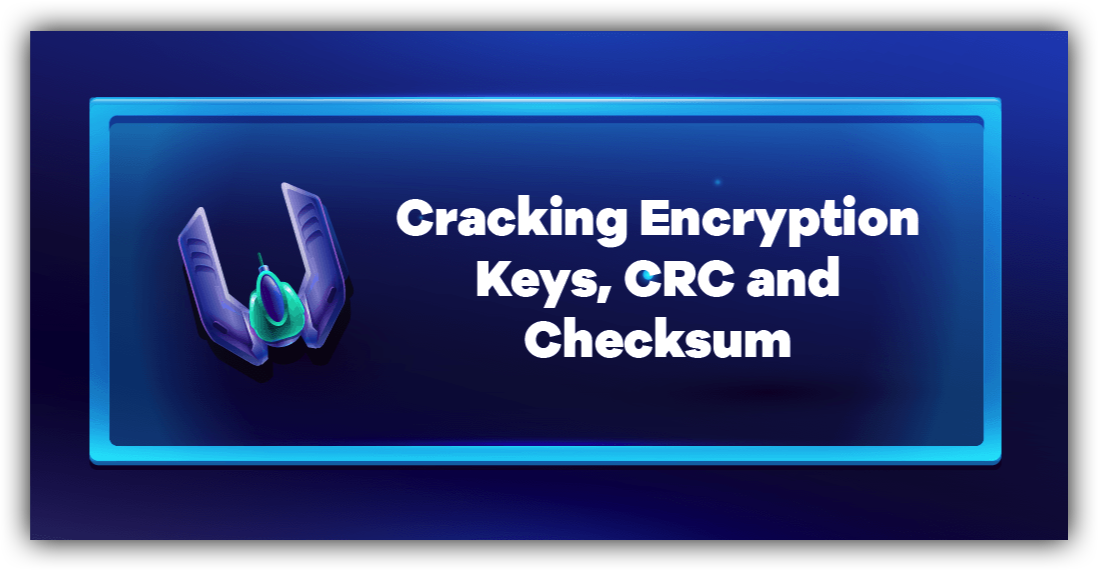
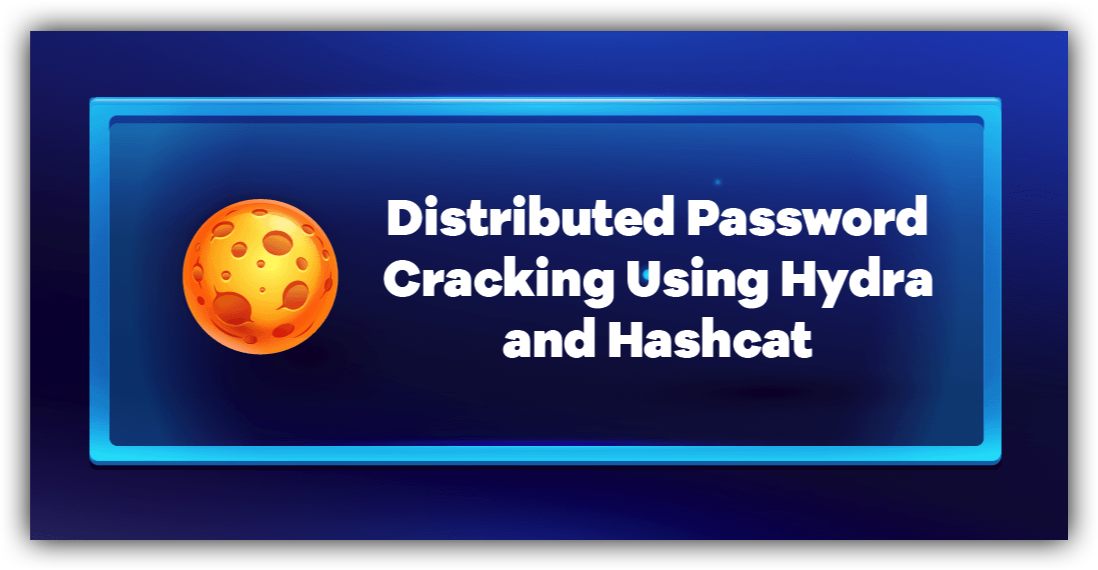
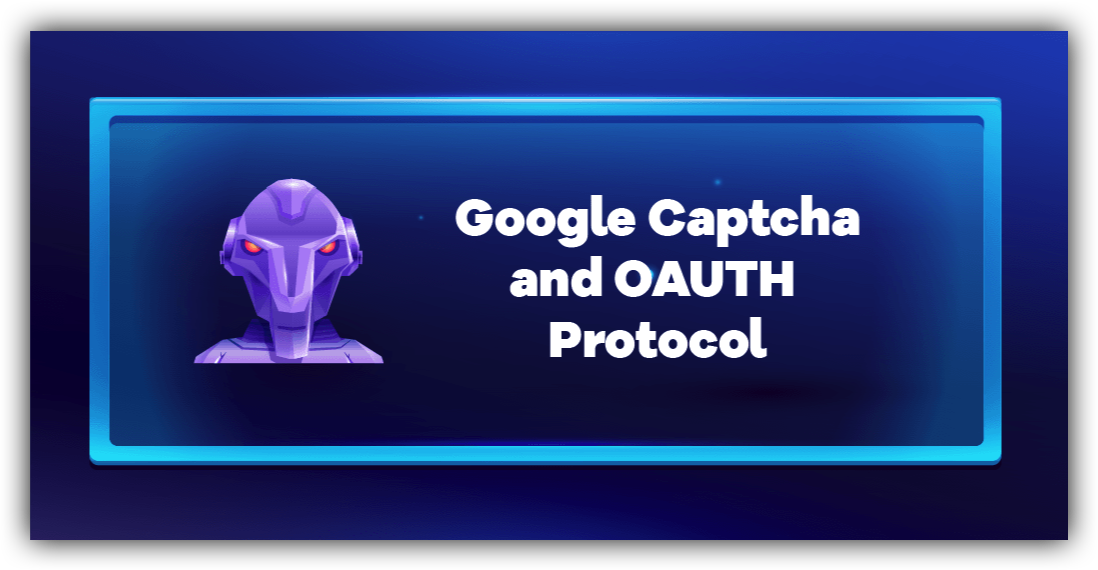
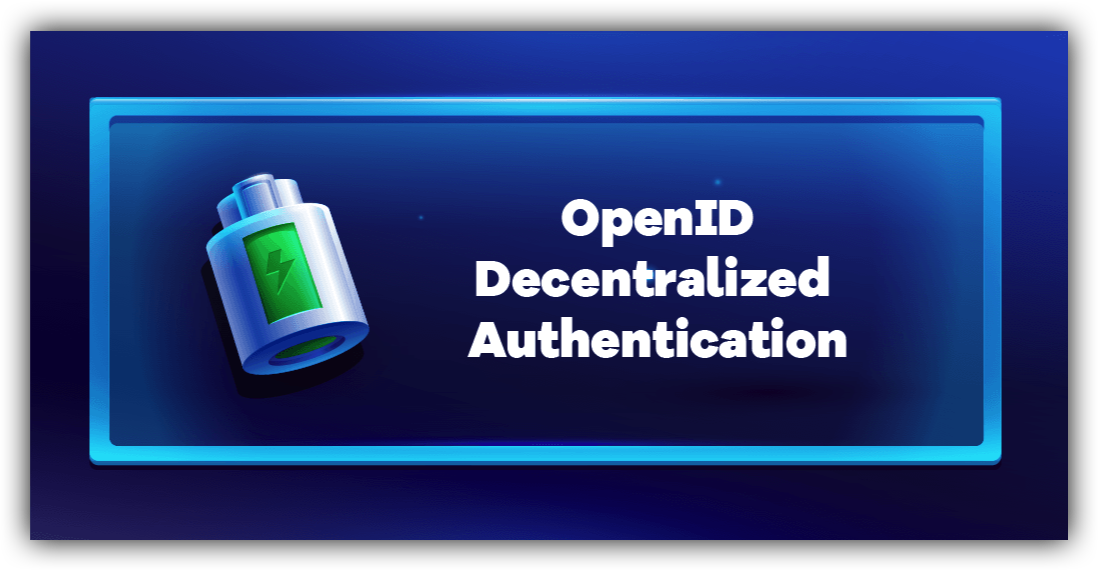
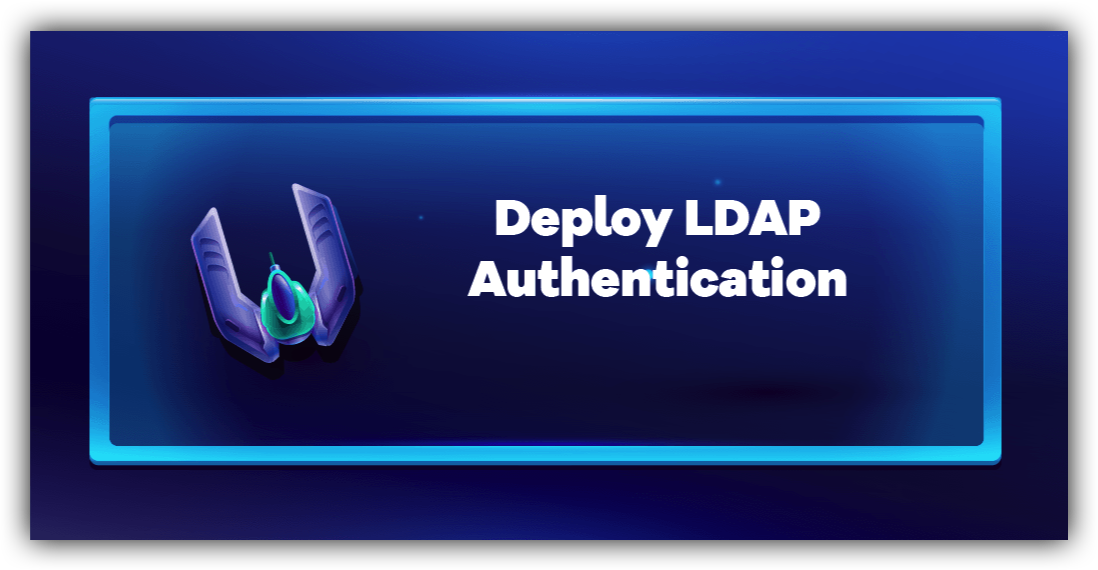
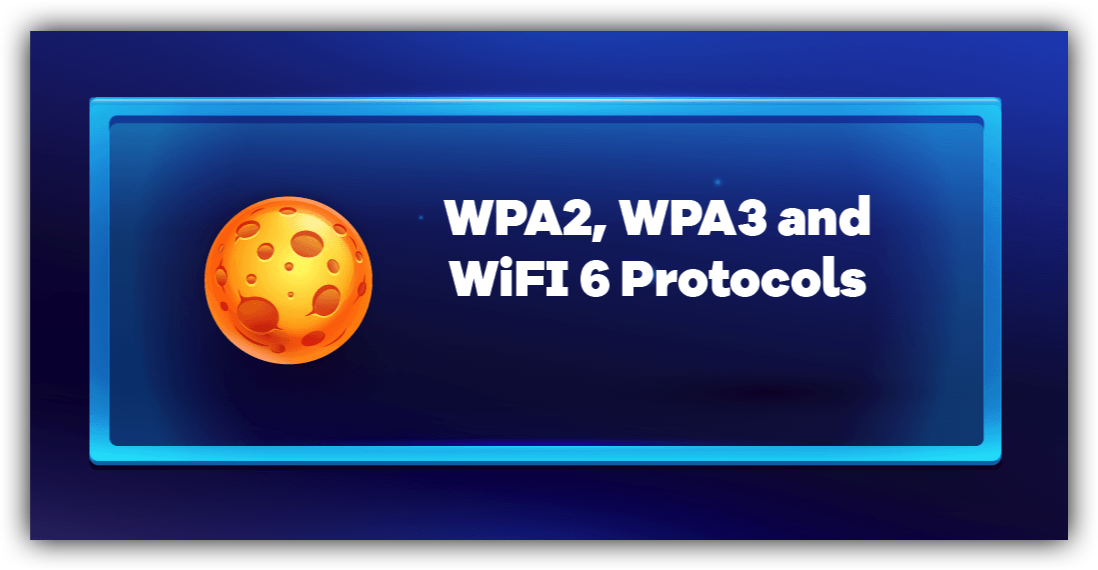

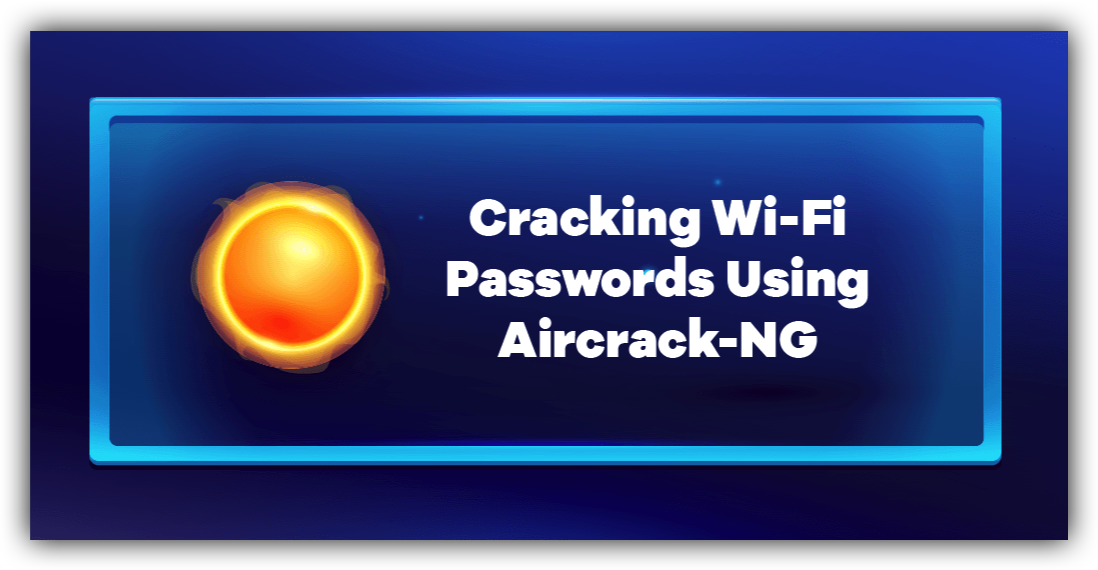
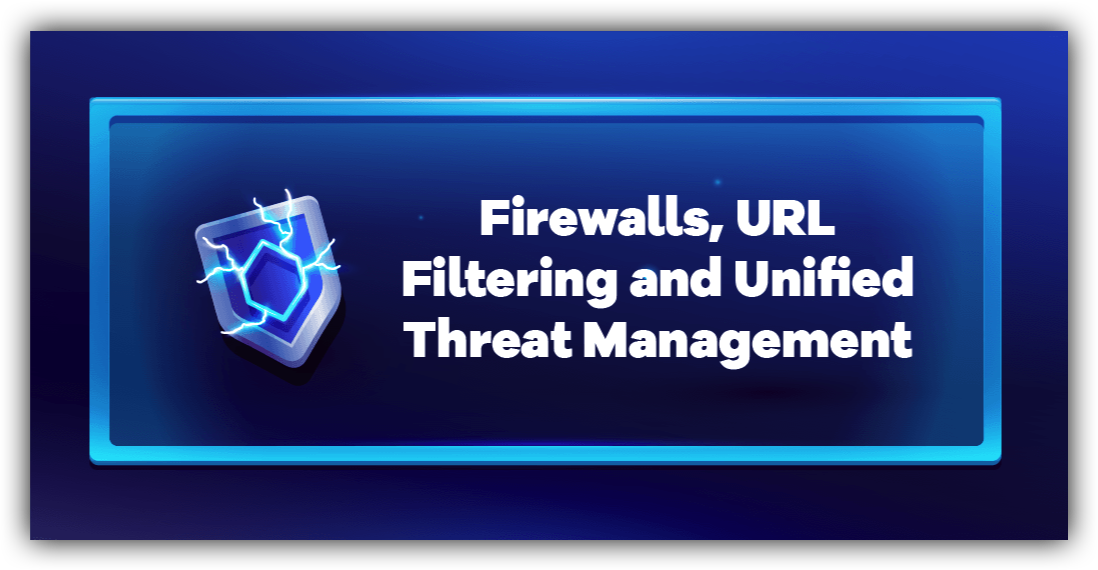
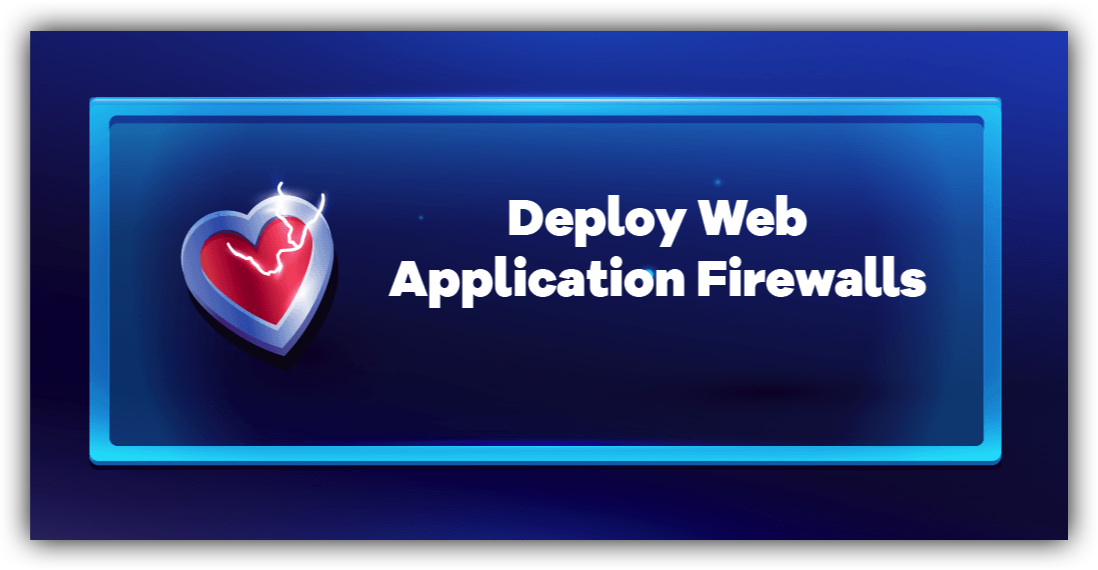
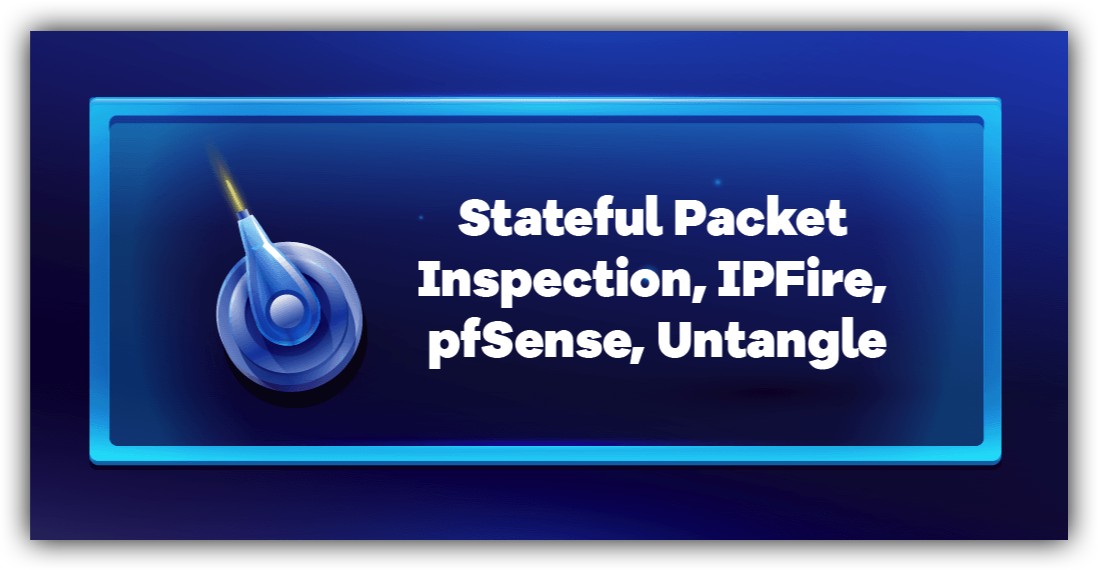
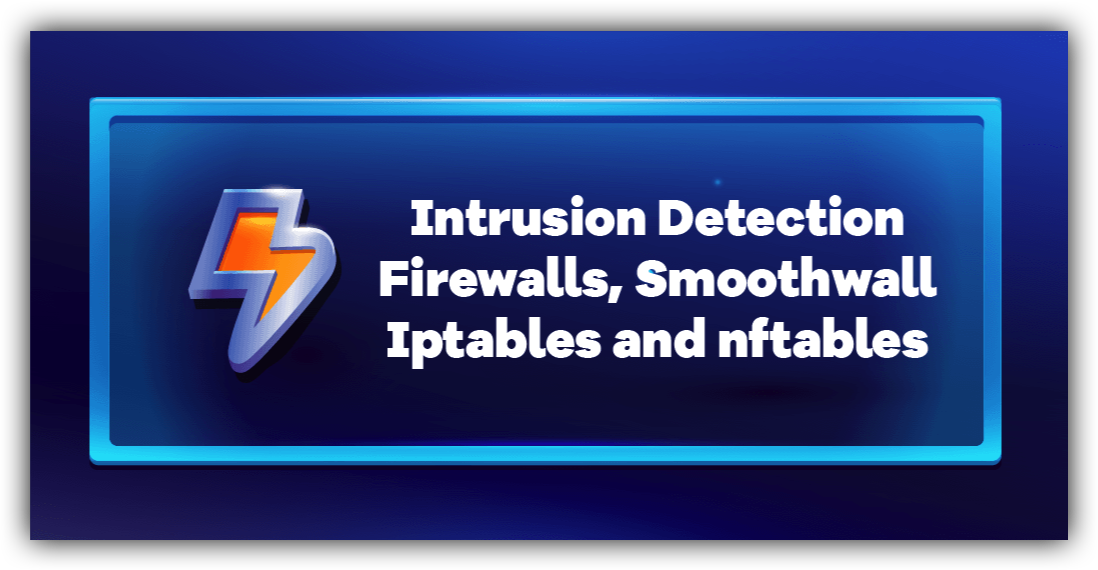


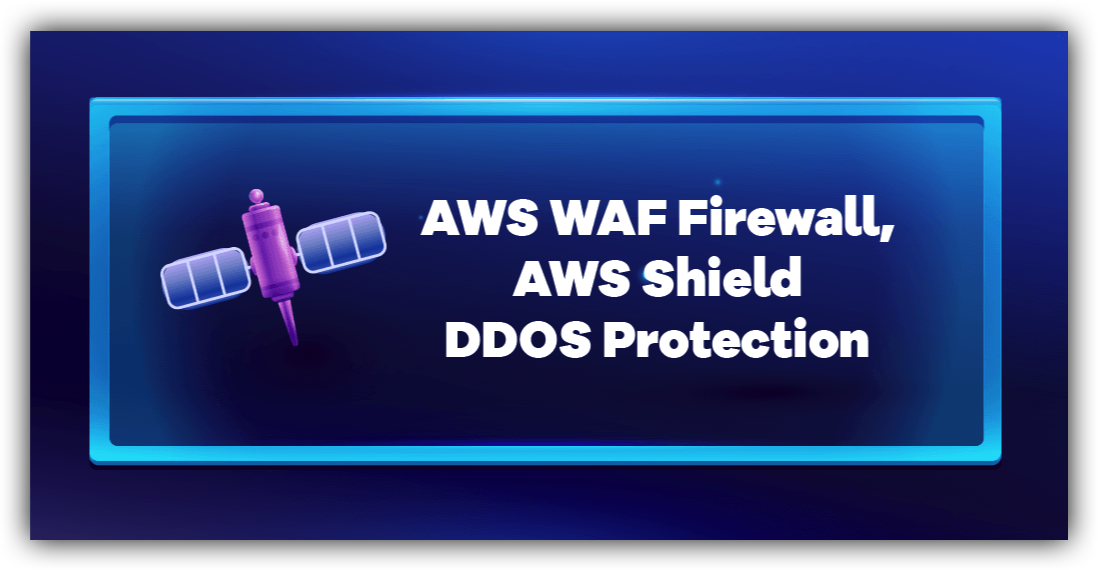
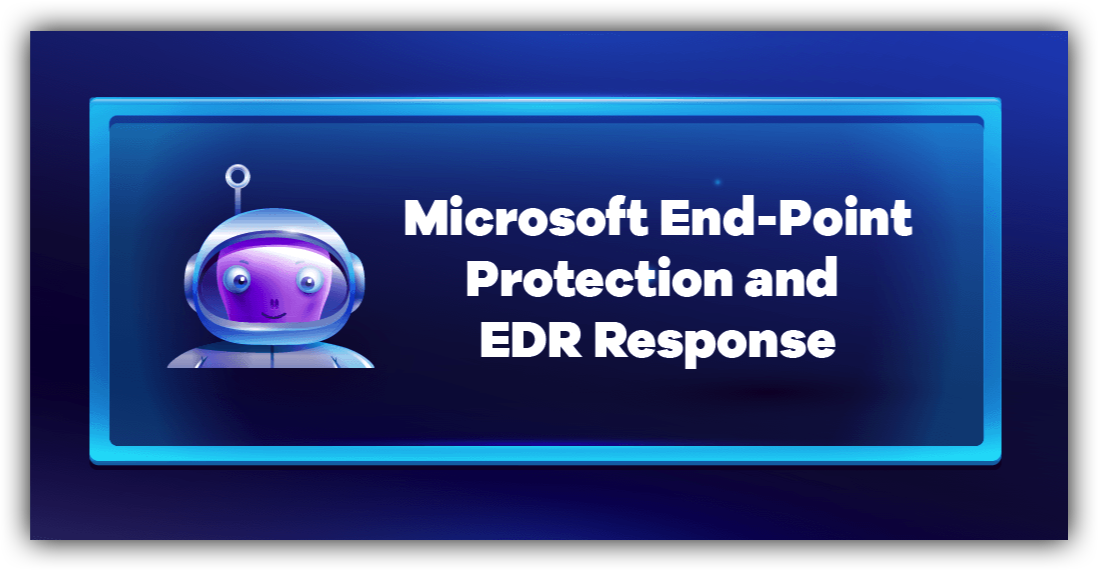
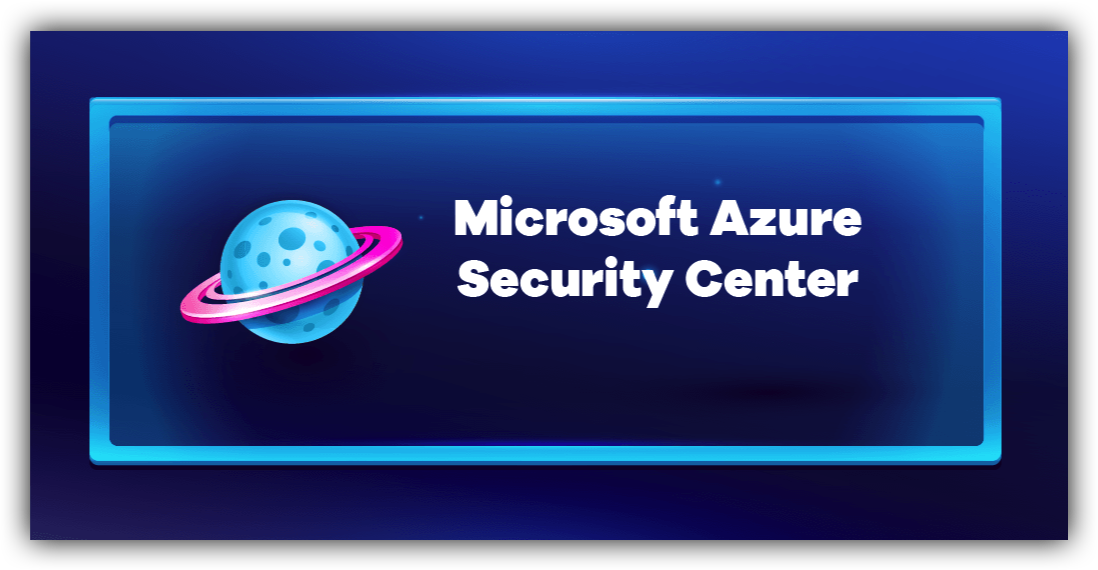
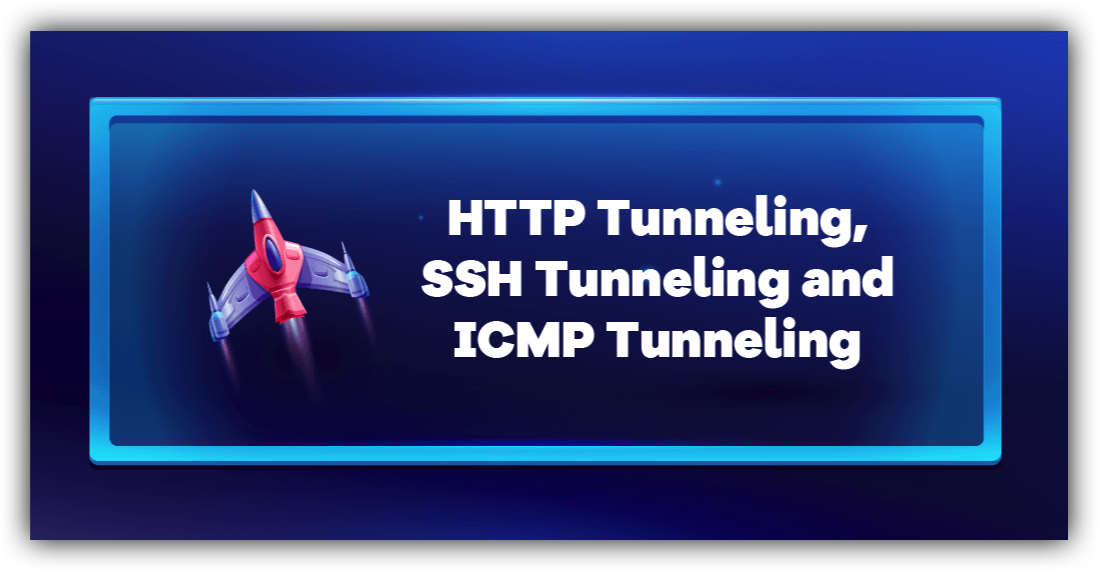
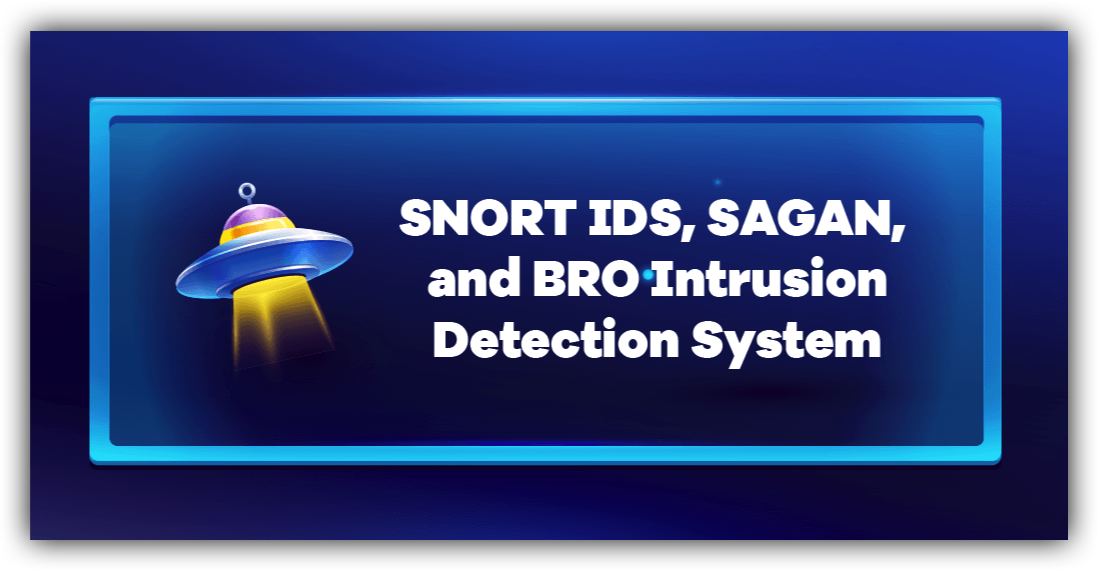
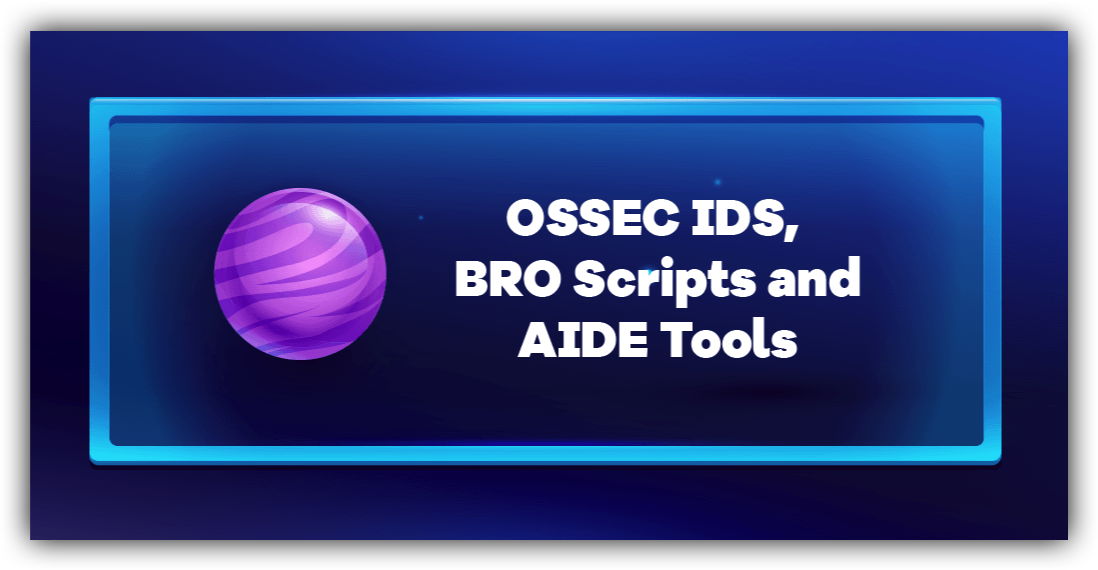

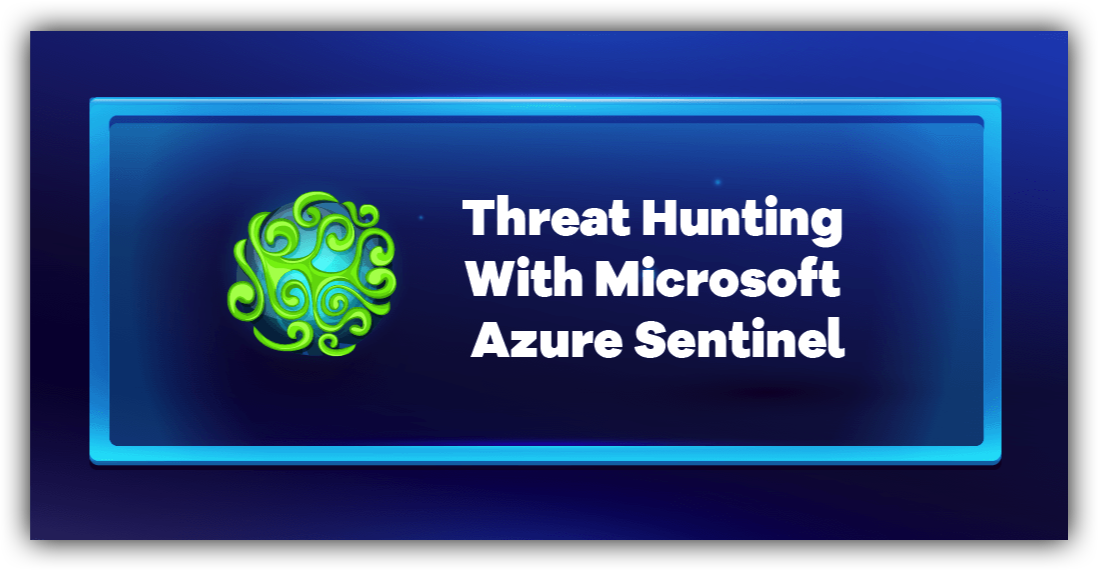

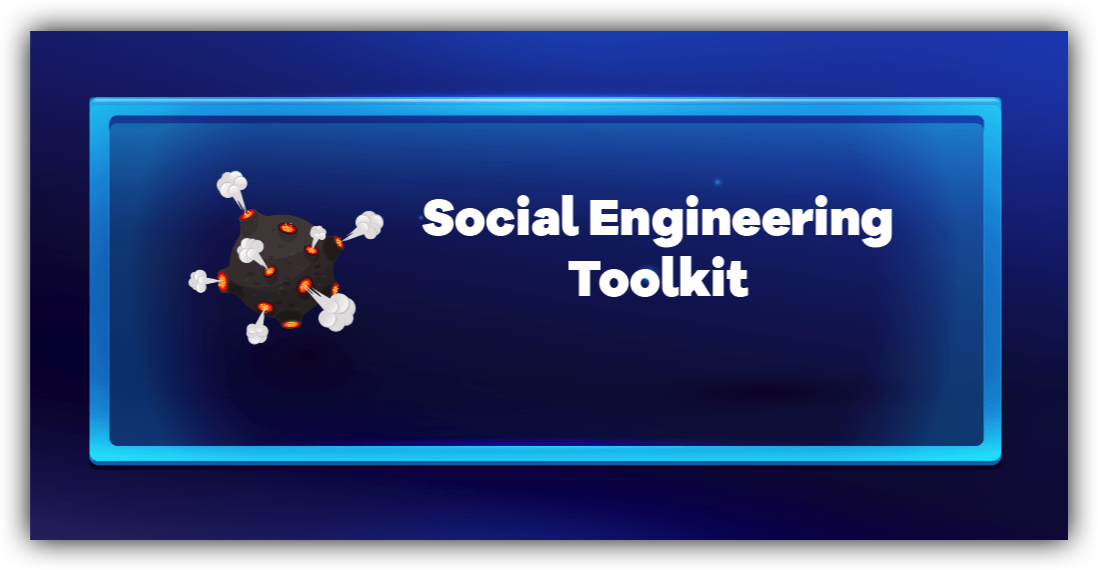



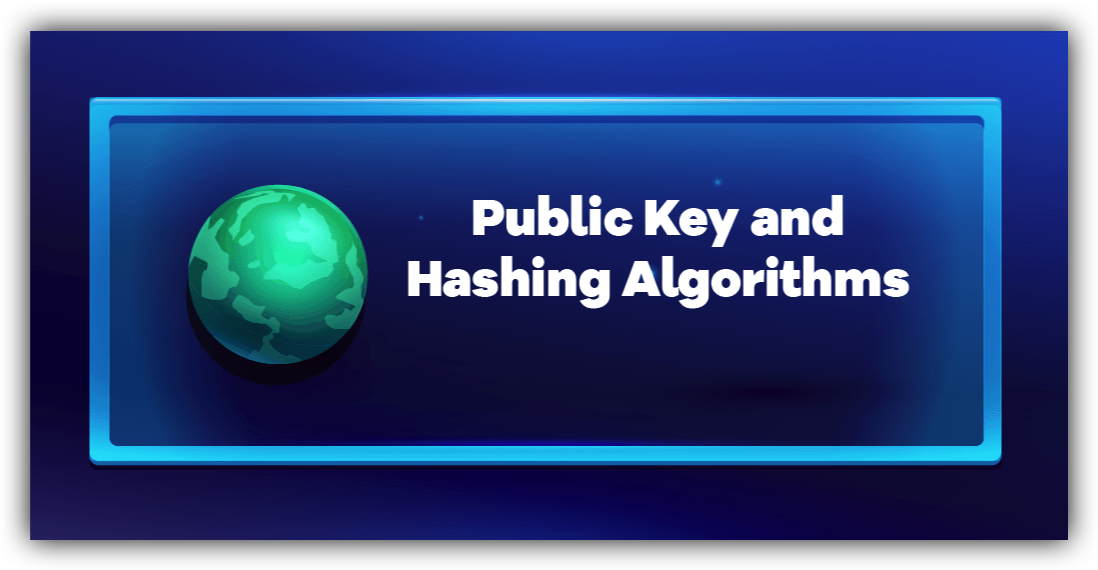
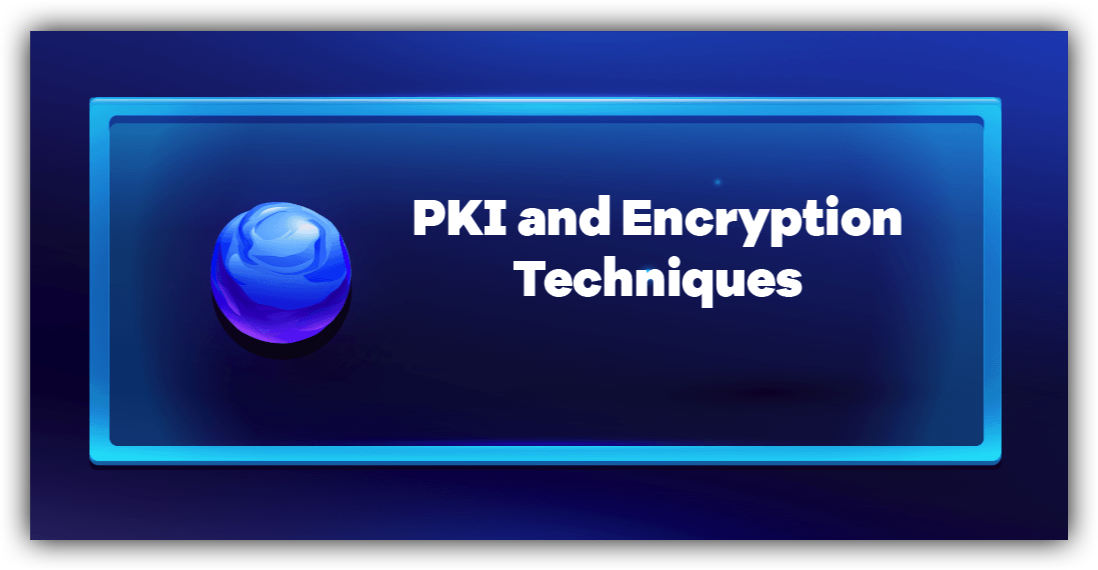
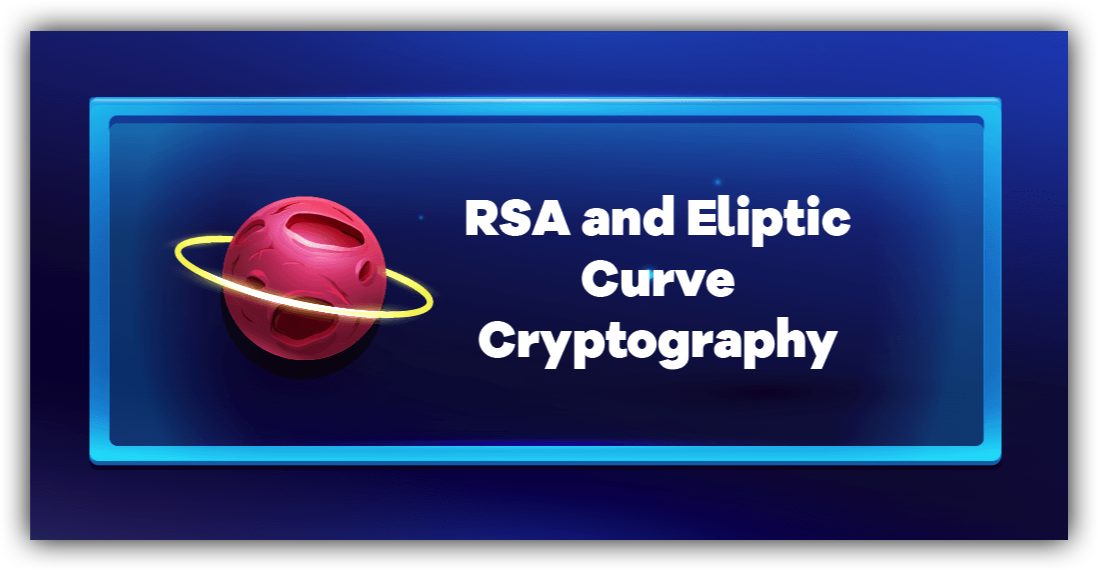
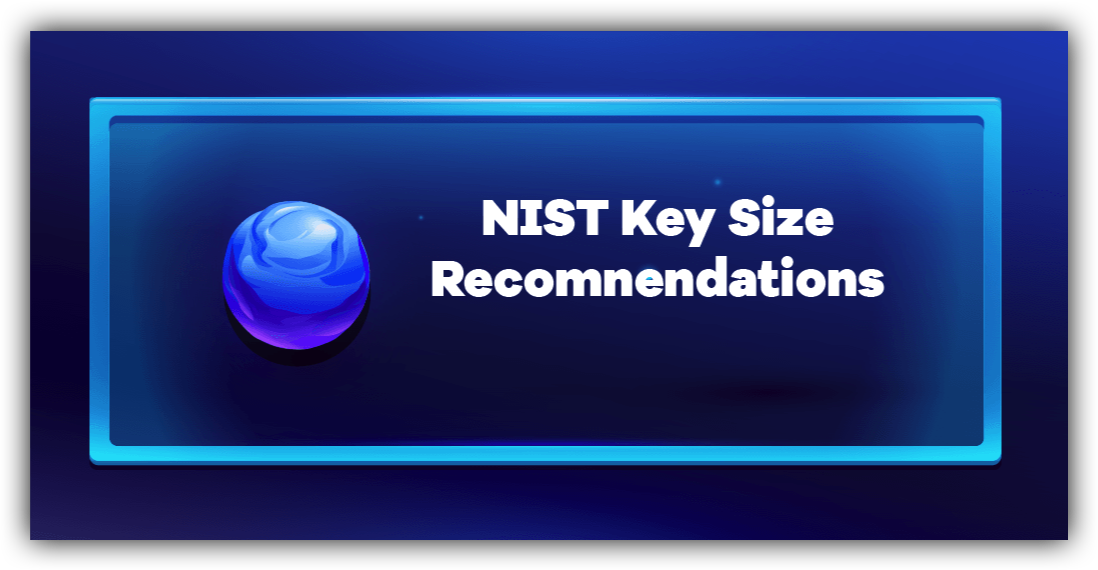
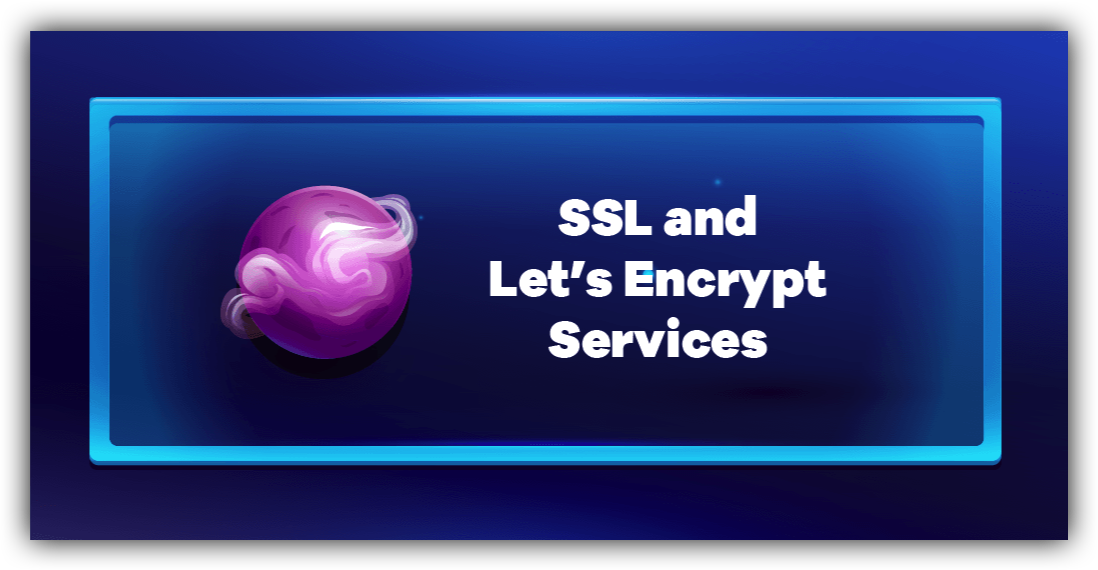
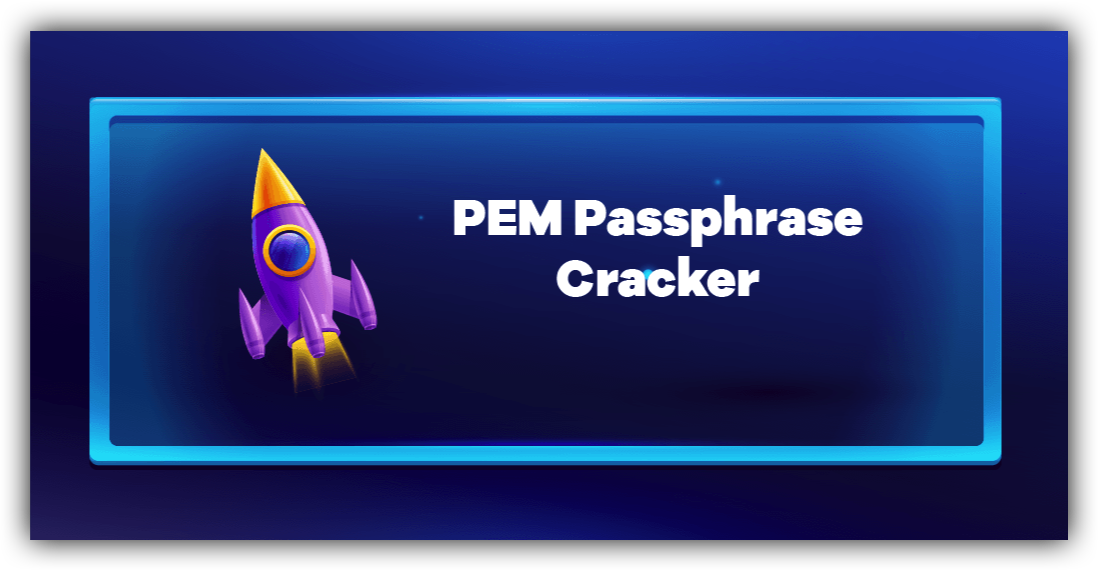
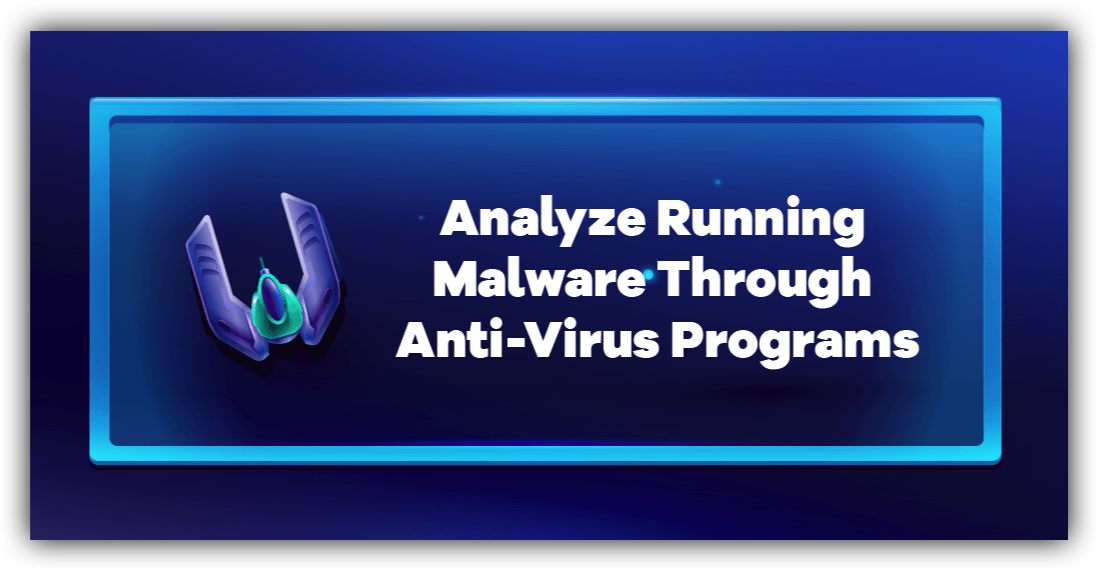
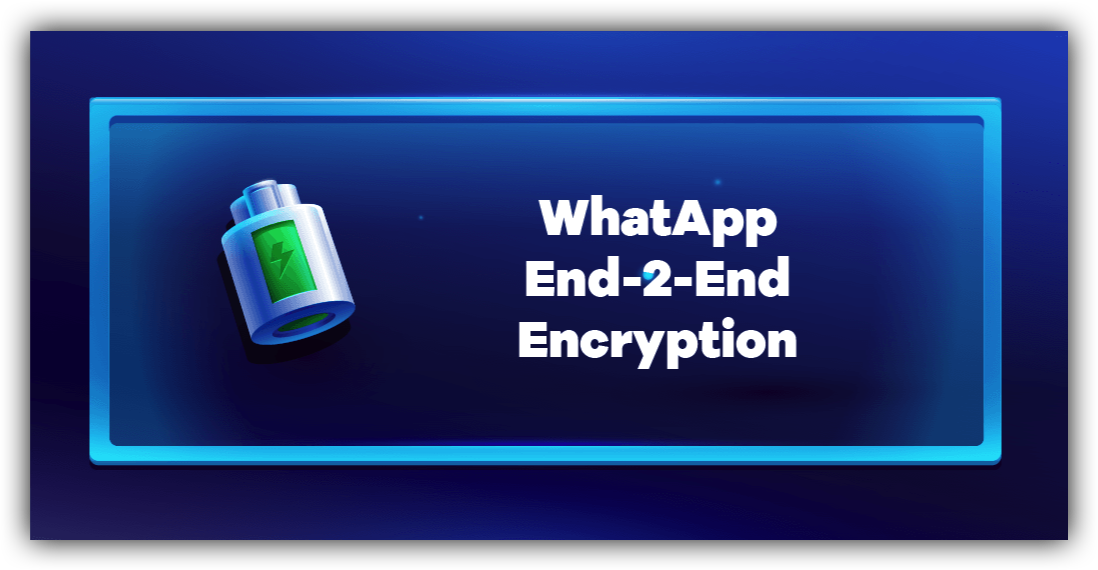

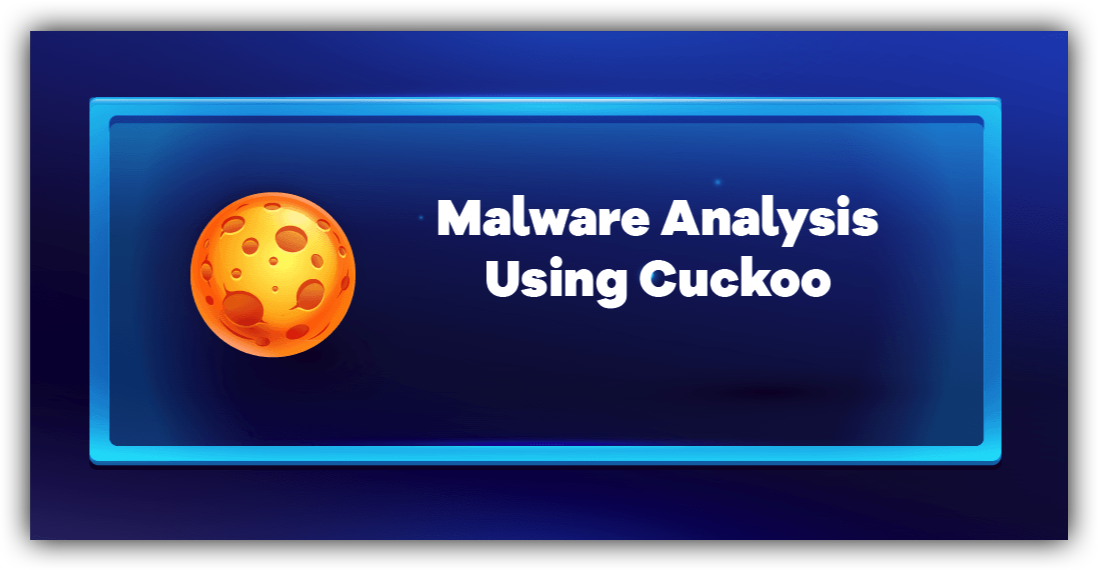
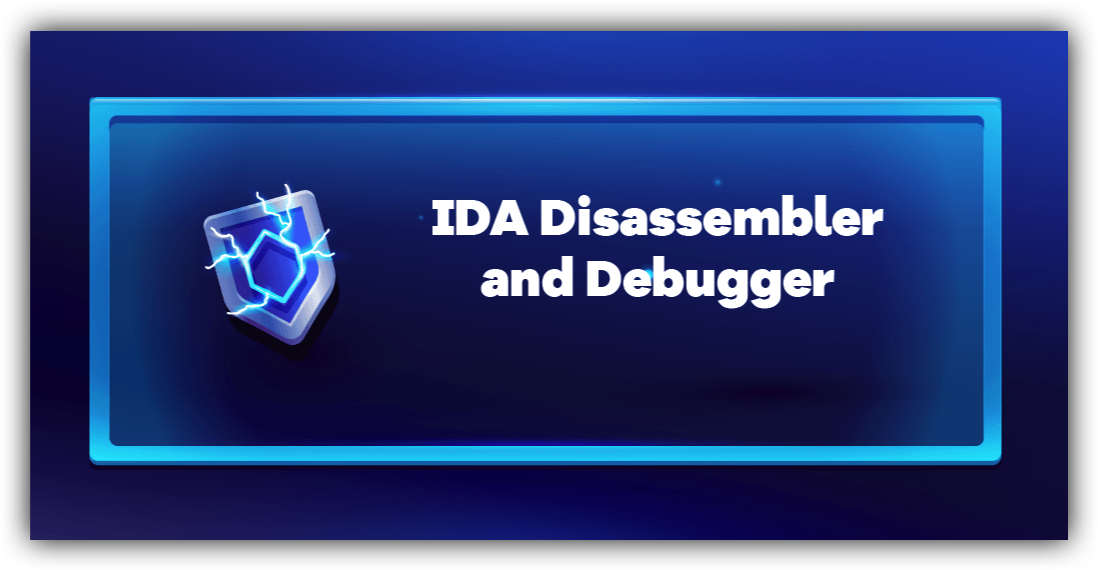
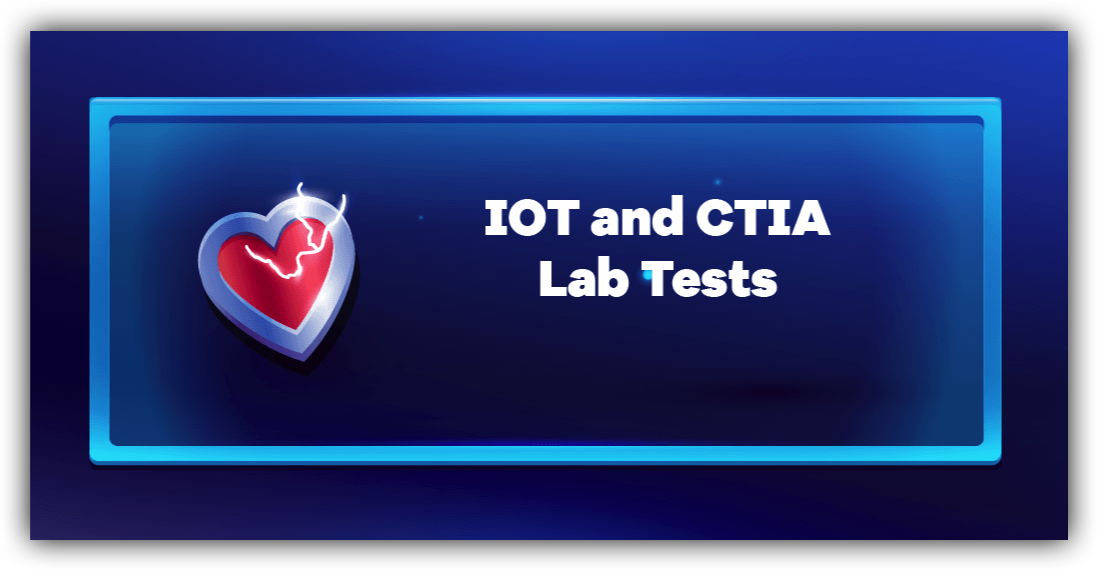
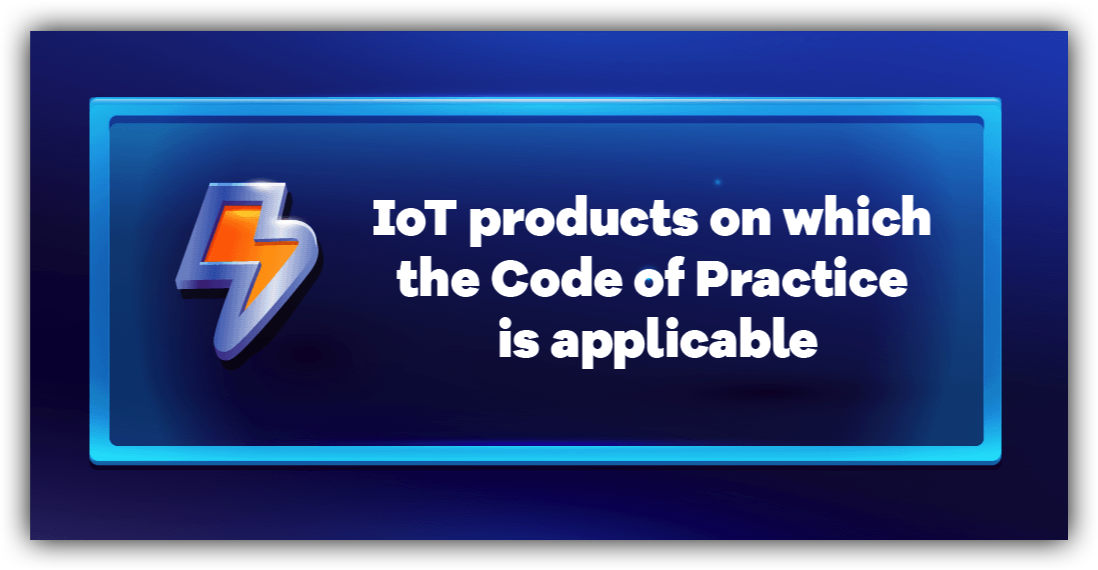
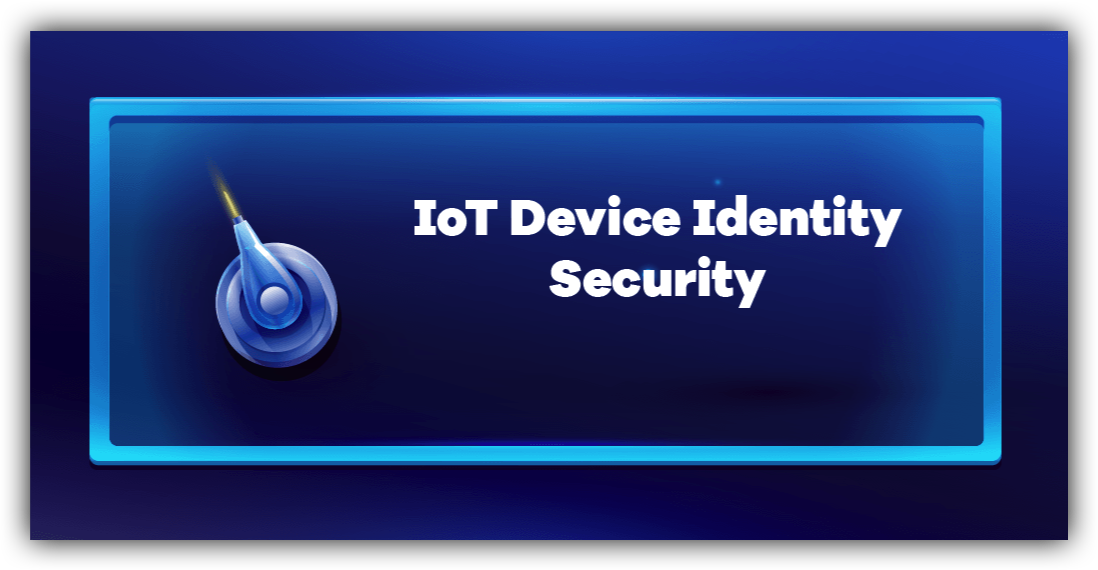
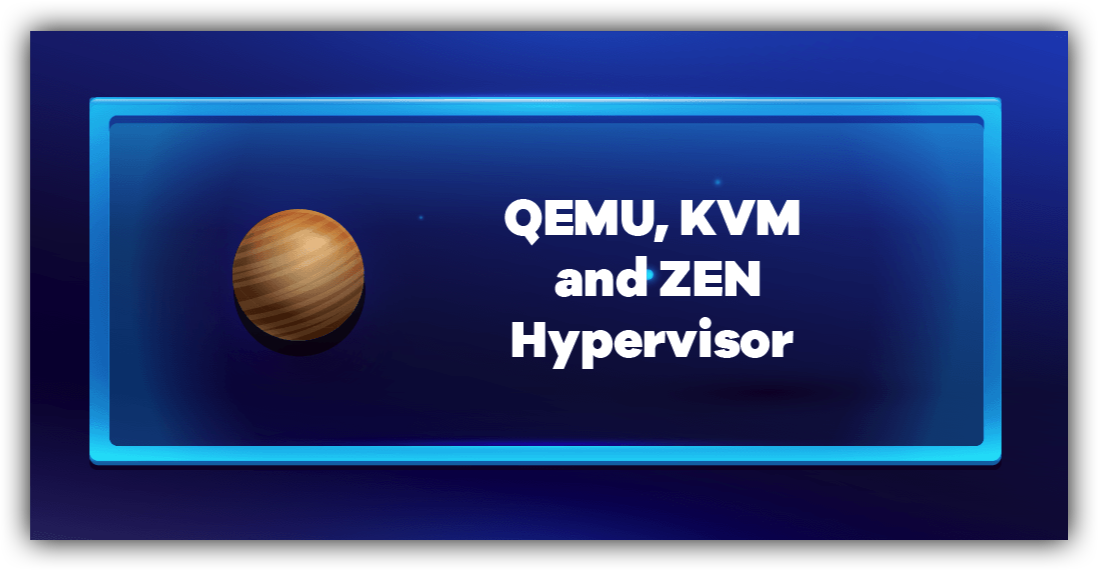
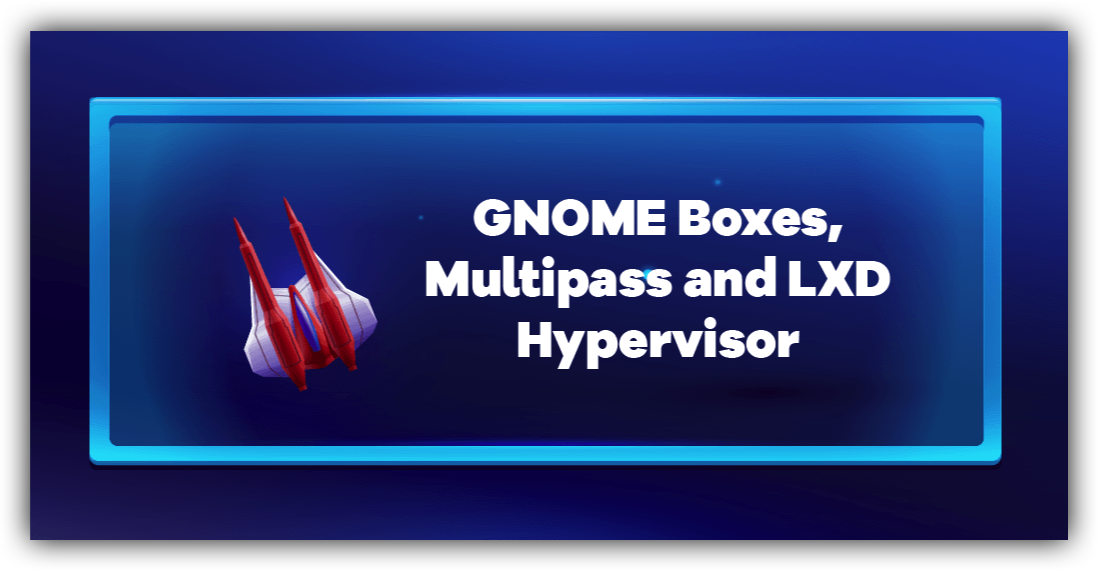
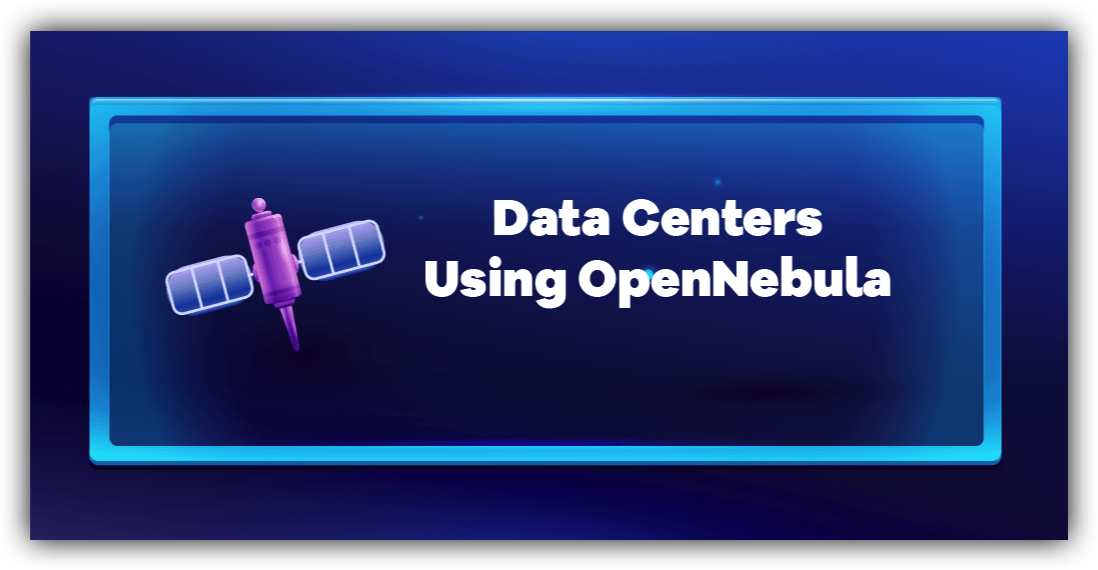
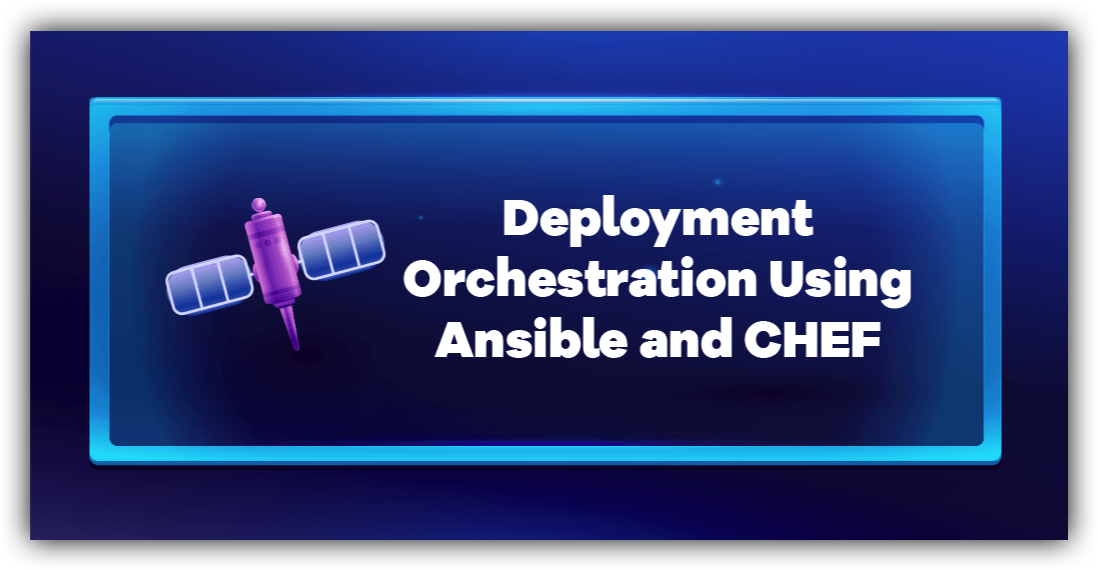

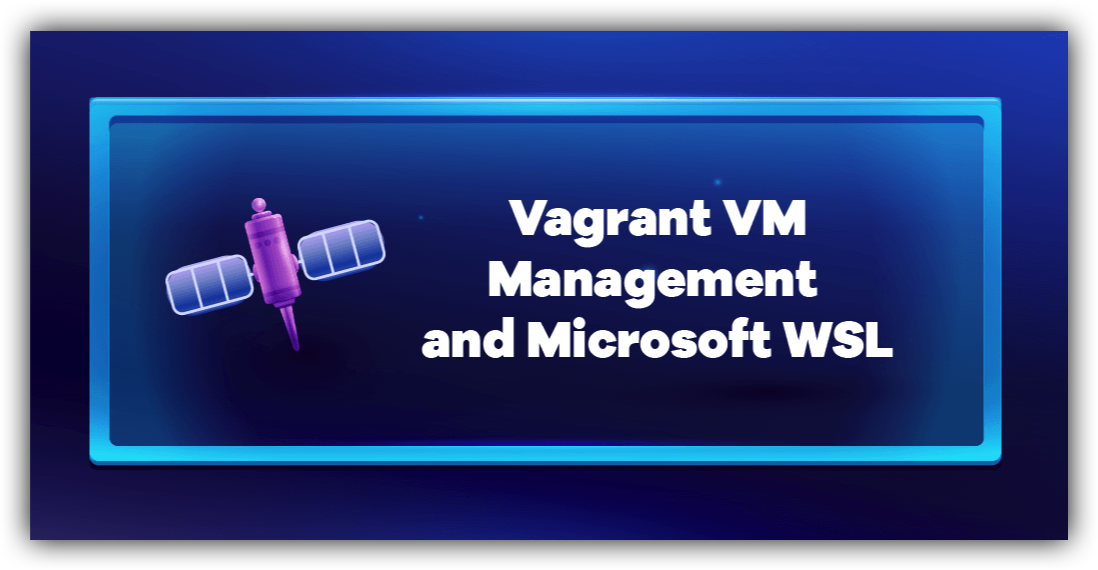



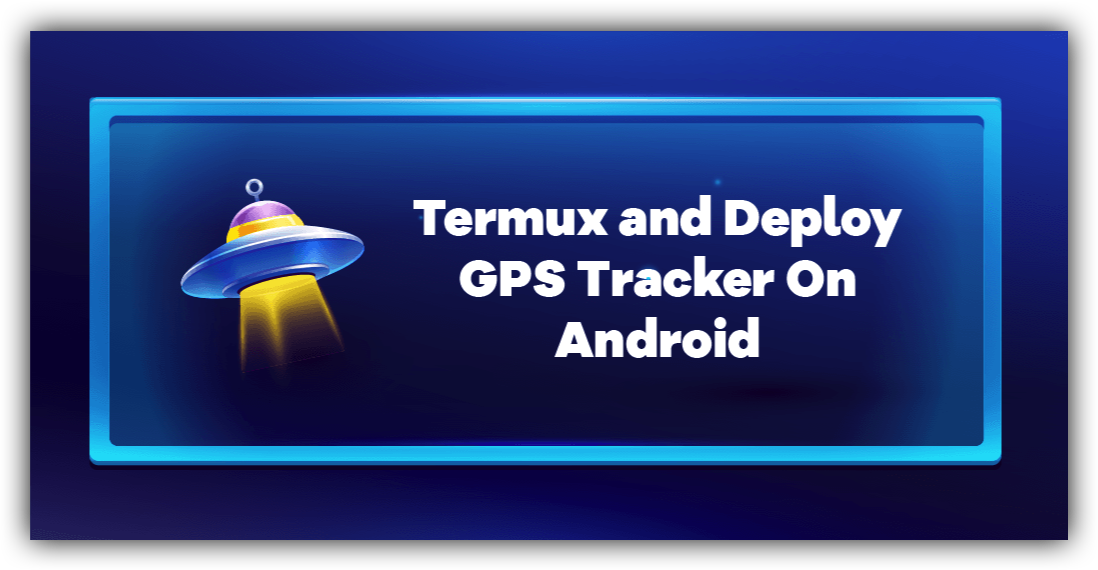

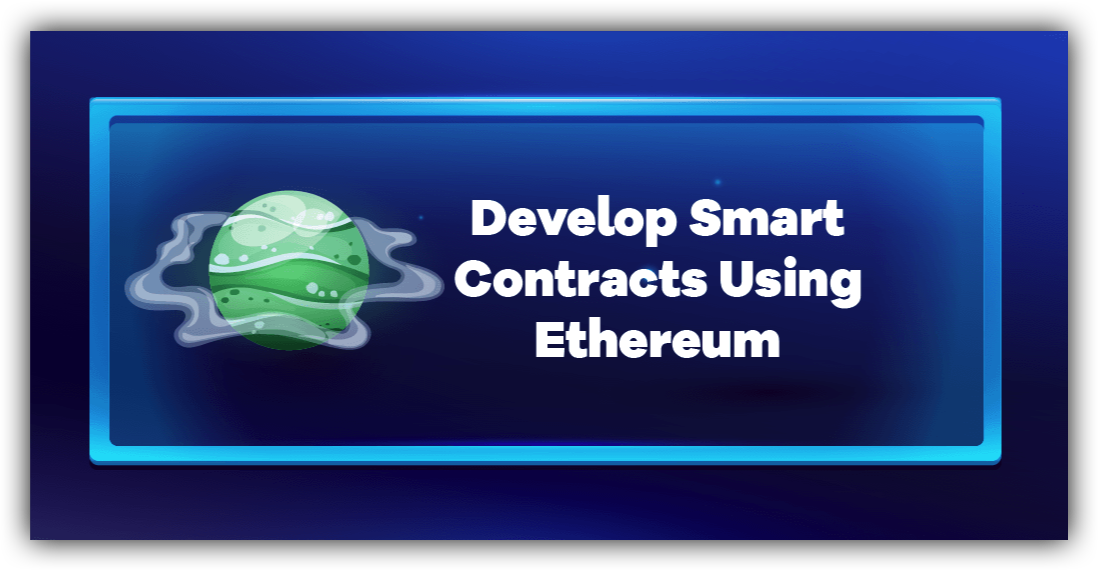

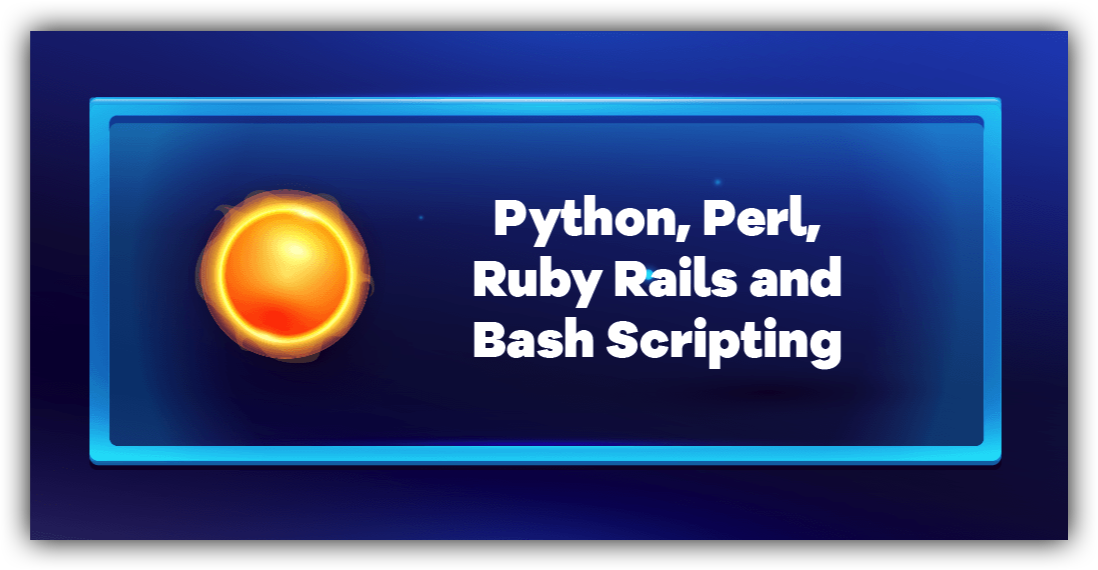


RCCE Detailed Course Objectives
- Module 1: Cybersecurity Threats, Attacks, and Defenses
- Develop a comprehensive understanding of cybersecurity threats and the concept of cyberthreat.
- Analyze various types of security controls and their applications in cybersecurity.
- Gain a deep understanding of defense-in-depth strategies and their role in minimizing cybersecurity vulnerabilities.
- Evaluate and compare different categories of cybercriminals and their motivations.
- Enhance analytical skills to interpret cybersecurity findings and identify key insights.
- Study various cybercrime attack methods and learn from real-life case studies.
- Acquire knowledge on data breach prevention techniques and best practices.
- Learn effective strategies to prevent and mitigate Distributed Denial of Service (DDoS) attacks.
- Understand phishing attacks and develop skills to anticipate and counter such threats.
- Gain insights into malware types, their misuse, and defense mechanisms.
- Familiarize with the Greynoise Visualizer and its applications in cybersecurity analysis.
- Investigate insider attacks and develop strategies to minimize their impact.
- Understand the risks associated with mobile phones, rogue apps, and devise appropriate security measures.
- Explore the role of the Internet of Things (IoT) in the digital age and its implications on cybersecurity.
- Develop a deep understanding of cloud computing and its associated cybersecurity challenges.
- Recognize the dangers of social networks and develop strategies to protect against potential threats.
- Understand the limitations of passwords and explore alternative authentication methods.
- Learn about two-factor and biometric authentication and their role in providing secure solutions.
- Investigate global crime syndicates, their operations, and the dark web.
- Gain insights into the assassination market, phishing scams, and various types of phishing attacks.
- Acquire comprehensive knowledge about ransomware and its impact on businesses and individuals.
- Understand economic espionage, its methods, and the targeting of trade secrets.
- Explore the impact of artificial intelligence (AI) on cybersecurity and potential threats.
- Discover various defense mechanisms to protect against cybercriminals and their attacks.
- Develop a thorough understanding of GDPR compliance and its complexities in relation to cybersecurity.
- Module 2: Reconnaissance, ML and Artificial Intelligence
- Develop a comprehensive understanding of the footprinting process and the steps involved in information gathering.
- Examine various types of information gathering techniques.
- Gain insights into the perspectives of both attackers and investigators during the information gathering process.
- Develop a solid understanding of the OSI model's seven layers and the TCP/IP model architecture.
- Learn how to create multiple logical networks using subnetting techniques.
- Study the evolution of IP addresses, including the role of ASN numbers and BGP protocols.
- Explore the concept of Internet Exchange Points and their importance in network infrastructure.
- Gain knowledge about cloud computing, cloud storage providers, and their significance in modern networking.
- Understand the role of caching servers in network performance optimization.
- Learn about Anycast protocols, Cloudflare infrastructure, and various applications that leverage these technologies.
- Understand the importance of the QUIC protocol and its implications for network performance.
- Explore the rationale behind implementing SSL and TLS protocols for HTTPS security.
- Investigate the usage of Content Delivery Networks and various web services that rely on these platforms.
- Delve into the importance of the IPFS filesystem and its role in distributed storage.
- Learn how network diagnostic tools such as Ping and Traceroute function.
- Explore various port scanning tools and their applications in network security.
- Take a deep dive into DNS operations, including different DNS types and their functions.
- Understand the concept of website monitoring and the tools used for effective monitoring practices.
- Study the OSINT framework and its applications in open-source intelligence gathering.
- Investigate tools and techniques for finding and analyzing servers and other devices on internet networks, including Maltego, theHarvester, Kamerka tool, Spiderfoot, Creepy, and Foca.
- Learn about website mirroring tools and their potential applications in network security.
- Understand real-world spoofing techniques and how to detect and mitigate their impact.
- Develop skills for identifying and dealing with fake news and fake people, including the tools used for creating and detecting fake content.
- Learn strategies for protecting web content from unauthorized access and manipulation.
- Explore the techniques behind Deepfake technology and its implications for digital media.
- Discover how face detection technology works, including the tools used for cognitive services and machine learning.
- Gain experience working with TensorFlow, real-time object detection, and training data sets for machine learning models.
- Learn how Deepfake faceswaps are created and the potential impact of fake video content on digital media.
- Discover methods for preventing video tampering and maintaining the integrity of digital media assets.
- Investigate reputation management tools, internet censorship, and strategies for accessing blocked websites.
- Learn about alternative internet infrastructure and how to use it during internet shutdowns or restrictions.
- Understand the role of proxy servers in network access and the different types of proxy servers available.
- Learn how to safely access networks using Google's Outline Tool and other secure tunneling technologies.
- Develop skills for maintaining digital privacy and browsing anonymously using web proxies.
- Delve into the dark web and deep web, and explore their implications for cybersecurity.
- Assess the financial motivations behind cybercrime, organized cybercrime groups, and their impact on network security.
- Investigate anonymous web hosting services and their role in facilitating cybercrime.
- Understand the growing importance of real-time media communication platforms and their potential impact on traditional email communication.
- Explore WebRTC applications and how they function in modern communication infrastructures.
- Gain knowledge about data privacy, strategies for protecting data, and the role of AI tools in detecting privacy policy violations and legal complaints.
- Learn about the Cybersecurity Tech Accord, GDPR compliance, and their implications for organizations.
- Investigate the legal and ethical considerations surrounding cookie laws, data mining, and analytics.
- Develop proficiency in using various information gathering tools and techniques to enhance network security.
- Learn how network scanners are used to assess and secure both small home networks and larger networks with thousands of connected devices.
- Module 3: Cyber Vulnerabilities
- Develop an understanding of various types of vulnerabilities and their impact on computer security.
- Gain knowledge about the different stages of the hacking lifecycle, and learn to recognize zero-day vulnerabilities.
- Acquire skills to ensure internal network security and implement effective vulnerability management strategies.
- Develop expertise in conducting security audits and vulnerability assessments in compliance with industry standards.
- Learn the working mechanism of network vulnerability scanners and explore available tools and technologies.
- Understand the role of threat intelligence in ensuring the reliability of information, and gain insights into Greynoise and Shadowserver Threat Intelligence.
- Develop proficiency in Splunk Data Analysis and Splunk Architecture for cyber threat detection and mitigation.
- Familiarize with Cybersecurity Policy Framework and its role in supporting the development of cybersecurity regulations.
- Gain knowledge about key concepts in cybersecurity policy, the Geneva Convention, and cybercrime laws.
- Acquire an understanding of NIST guidelines for securing servers and the NIST Cybersecurity Framework.
- Learn about the CMMC Model structure and its application in cybersecurity management.
- Develop expertise in penetration testing methods, Defense in Depth, and the importance of regular pen testing for organizations.
- Gain proficiency in pen testing framework workflow and cheatsheet, along with various vulnerability scanners and network discovery tools.
- Develop skills in using Microsoft Defender, Darktrace-AI Scanner, Extrahop Reveal(X), Netwrix Auditor, SolarWinds Risk Intelligence, and Nessus for detecting and mitigating cyber threats.
- Learn about Microsoft Application Inspector, Qualys, and machine learning-enabled security applications like CrowdStrike Falcon, Rapid7 Insight VM, and Trustwave Network Scanner.
- Develop expertise in managing and securing IoT devices using Retina IoT Scanner (RIoT) and other relevant tools.
- Gain proficiency in using ImmuniWeb, Netsparker, Detectify, bbqsql SQL Injection Tool, Lynis, Nikto, and Faraday for detecting web application vulnerabilities, leaked data, and personal PIIs.
- Acquire the ability to assess system compliance, detect vulnerabilities, and develop effective strategies for securing networks and systems against cyber threats.
- Module 4: Web Application Attacks Course Objectives
- Comprehend the significance of developing modern web applications that are reliable, secure, and flexible to meet evolving user demands and business needs.
- Gain a comprehensive understanding of web applications and their inherent complexities, including an overview of various web architectures and how web application attacks operate.
- Study modern web application languages and frameworks, such as JavaScript, Python, and Ruby on Rails, to understand their role in developing secure web applications.
- Explore socket programming, Grepper, and Dfinity Distributed Computer, and discover how these technologies contribute to the performance and security of web applications.
- Investigate the benefits of Microsoft PowerShell for automating and simplifying various processes in web application development and management.
- Delve into web application analysis, information gathering, and enumeration techniques to evaluate the security posture of web applications and identify potential vulnerabilities.
- Learn how to use Microsoft SQL Server Vulnerability Assessment service to scan databases and identify potential security weaknesses.
- Understand various web application attacks and their relationship to network and infrastructure penetration testing, including LDAP, Content Management Systems, and static site generators such as Jekyll.
- Explore the benefits and limitations of Private Cloud, Load Balancers, file synchronization programs, and IPFS Distributed File System in enhancing the security and performance of web applications.
- Identify various types of web application attacks, such as Spoofing, Botnet, Advanced Persistent Threat, Cache Poisoning, and Cross-site Request Forgery, and understand the importance of encryption in preventing these attacks.
- Analyze the security implications of Containerization, Role-based Access Controls, Rootkits, SQL Injections, and Session Management in web applications.
- Investigate the solutions provided by Web Application Firewalls to protect web applications from common attacks and vulnerabilities.
- Explore the necessary security features that web applications should have, such as secure coding practices, input validation, and secure authentication mechanisms.
- Understand the various phases and methodologies involved in the Software Development Lifecycle, including Black Box and Red Box Testing.
- Learn about the different types of security assessment tests, such as Management Testing, Data Validation Testing, Authentication Testing, Business Logic Testing, and Client-side Testing.
- Analyze Clickjacking attacks and File Inclusion attacks, and explore the advantages of code obfuscation in protecting against these threats.
- Gain a comprehensive understanding of SQL Injection attacks, including blind SQL injections, and learn how to use SQLmap penetration testing tool to identify and prevent these attacks.
- Explore various source code editing tools, SQL Injection scanners, and code analyzers such as Sonarqube to enhance the security of web applications.
- Gain hands-on experience with vulnerable web applications such as DVWA Damn Vulnerable Application and OWASP Mutillidae, and explore the Levithian Audit Toolkit for evaluating web application security.
- Learn about web application attack and audit frameworks, as well as security testing tools and scanners for evaluating the security of websites.
- Understand the concept of decoy systems, such as Honeypots, and their role in detecting and mitigating web application attacks.
- Module 5: Web Shells, Spywares, and Backdoors
- Gain an understanding of Docker, container, and OS virtualization technologies.
- Develop skills in using container orchestration tools and explore the Kubernetes architecture and marketplace.
- Master the use of Docker commands and learn how to start SQL and run a Linux desktop in Docker.
- Gain proficiency in Docker Compose and Kubernetes commands, Web UI, cheat sheets, and catalog.
- Learn to work with Microsoft Azure, create and manage Google Cloud resources, and manage Amazon AWS services.
- Develop an understanding of attack methodologies and analyze threat vectors.
- Explore the use of web shells, Netcat, web shell attacks, and types of web shells.
- Learn to upload web shells using WordPress plugins and identify fake WordPress plugins.
- Understand the functionality of Microsoft Freta and the steps involved in Gmail phishing scripts.
- Investigate various phishing attacks, DNS spoofing, and the Gophish phishing campaign framework.
- Explore the generation of fake SSL certificates, CA root certificates, and the creation of phishing sites.
- Gain knowledge of secure tunnels and hacking methods for 2-factor authentication.
- Learn about various Trojans, including Fat Rat, Dr0o1t Framework, and EvilOSX for macOS X.
- Examine the USB Rubber Ducky tool and other tools for setting up backdoors.
- Understand backdoor payloads transfer by DNS traffic, ICMP backdoor, and the workings of DNS-Persist Trojan.
- Become proficient in command and control server commands and explore the Empire framework.
- Explore macOS Trojans, Windows Trojans, their types, and Windows botnets.
- Learn to write custom Trojans and backdoors and explore Lime Rat Trojan and Quasar Rat.
- Understand how to hide attack traces and learn about keyloggers for different operating systems.
- Investigate supply chain attacks, USB mailing attacks, and the functionality of Revealer Keylogger for Windows.
- Learn about various monitoring systems, phone monitoring, and screen recorders.
- Explore JavaScript keyloggers and the concept of steganography, including hiding data using various methods.
- Learn about Instegogram, steganography attacks, and tools for steganography.
- Develop skills in using and creating ransomware, advanced Java ransomware, and various ransomware attacks.
- Gain knowledge of different types of ransomware, including Apocalypse, BadBlock, BigBobRoss, Bart, and BTCWare.
- Learn to protect against malware and web shells and explore Microsoft's built-in ransomware protection.
- Module 6: Denial of Service Attacks
- Develop an understanding of the concepts and mechanisms behind Denial-of-Service (DoS) and Distributed Denial-of-Service (DDoS) attacks.
- Examine the various types of DDoS attacks and their unique characteristics.
- Acquire knowledge on the fundamentals of IP spoofing and the functioning of botnets in DDoS attacks.
- Gain in-depth insights into the workings of DDoS and DoS attacks and their effects on targeted systems.
- Study the different attacks on the Application Layer and their impact on web applications.
- Develop a comprehensive understanding of HTTP Flooding, SYN Flooding, and DNS Amplification attack techniques.
- Gain knowledge about the Low and Slow attack and its impact on server resources.
- Examine the possibilities and features offered by UFONet for launching DDoS attacks.
- Analyze various DDoS attack tools, including those utilizing TOR circuits, RedEye, and GoldenEye.
- Learn about the largest DDoS attacks in history and their consequences.
- Understand the functioning of DDoS Attack Visualization Systems and their utility in analyzing attacks.
- Study real-world examples of DDoS attacks, such as the Amazon DDoS attack, Github DDoS attack, and DDoS attack using embedded Javascript.
- Develop an understanding of the various DDoS mitigation strategies and their effectiveness in protecting against attacks.
- Explore the workings of Cloudflare's Global Network of Data Centers and their role in mitigating DDoS attacks.
- Study Gladius, a blockchain-based DDoS Blocker, and gain insights into its potential for protecting against DDoS attacks.
- Module 7: Log Management and Network Analyzers
- Analyze various methods of connecting computers in a network and understand their implications.
- Gain a comprehensive understanding of the OSI model and TCP/IP Networking model, and their respective layers and functionalities.
- Learn about Ethernet Addressing, the importance of Address Resolution Protocol (ARP), and the role of Broadcast Address in network communication.
- Examine the concept of ARP Caching and its impact on network performance.
- Understand the structure and purpose of Data Frames in network communication.
- Learn about Spoofing Mac Address and its implications in network security.
- Analyze the features and functionalities of Wireshark Packet Analyzer and its application in network monitoring.
- Study various types of packet sniffers (tcpdump), network visualizers (Afterglow), and network analyzers (Capsa) to enhance network analysis skills.
- Investigate Colasoft Mac Scanner and Colasoft Packet Player for advanced network analysis.
- Learn about Network Topology Mapper and its practical applications in network monitoring and management.
- Explore NetFlow traffic analyzer and passive network sniffing tools for efficient network monitoring.
- Understand the functionalities of Scrutinizer and its role in network analysis.
- Study the network protocol Netflow and its applications in network monitoring.
- Analyze various types of network spoofing attacks, including ARP Spoofing, IP Spoofing, DNS Spoofing, and more.
- Understand how DHCP Exhaustion Attack works and its potential consequences.
- Learn about Man-in-the-middle attack, its types, and the tools used for such attacks.
- Understand Email Hijacking, Wi-Fi Eavesdropping, and Stealing Browser Cookies, and their implications on network security.
- Learn about the role of Cookies in web browsing and their potential security risks.
- Examine how to run sniffing and spoofing attacks using Bettercap and understand its practical applications in network security.
- Learn how to enable transparent HTTP Proxy and its implications on network security.
- Recognize the importance of the Network statistics tool, Darkstat, in network analysis and monitoring.
- Get acquainted with various session hijacking tools and their applications in network security.
- Investigate the use and functionality of covert tools like LAN Turtle and Packet Squirrel in network analysis.
- Module 8: Identity and Access Management
- Analyze the flaws in current password security systems and understand their limitations.
- Understand the sensitive types of passwords and their implications on user security.
- Examine how Credential Stuffing attacks are made and their potential consequences.
- Analyze how Password Guessing works, the different Types of Password Attacks, and their implications on user security.
- Become aware of NIST Guidelines 800-65B for maintaining password security and best practices.
- Learn about the CyberScanner Online Password Cracking Calculator and its application in password security analysis.
- Understand the importance of password length in increasing security and its impact on user security.
- Recognize the limitations of using Brute-force attacks in web services and alternative password security measures.
- Discover the alternatives to passwords such as Multi-factor Authentication, Yubikey, Windows Hello, Slicklogin, and other emerging technologies.
- Explore how Biostamp works and its potential applications in user authentication.
- Learn about Encryption keys, their types, and their role in securing user data.
- Understand the mechanisms for Cracking Encryption Keys and their implications in user security.
- Grasp the concept of Hashing, how Hashing Algorithms work, and their applications in password security.
- Understand Cyclic Redundancy Checks, Checksums, and Cryptographic Hash Functions and their role in data integrity and security.
- Learn when Rainbow tables are useful and their applications in password cracking.
- Analyze the effectiveness and risks associated with using Password Managers for managing user credentials.
- Understand the consequences of storing passwords in one place and the potential security risks involved.
- Explore various software available for generating and storing passwords and managing important credentials.
- Learn how John the Ripper tool works and its applications in password cracking.
- Explore how passwords can be generated using Crunch Wordlist Generator, CeWL, and Mentalist for enhanced password security.
- Examine the functionality of Hashcat tool and its ability to crack various types of passwords.
- Learn how to crack passwords using tools like Medusa, Hydra, and Distributed Password Cracking, and understand the process of cracking Bitcoin Wallet passwords.
- Study Google Authenticator Architecture and its applications in user authentication.
- Learn to configure 2FA to Web Application and its implications on user security.
- Understand how Google reCAPTCHA can protect websites against automated attacks.
- Learn about Google OAuth protocol for authorization and how to configure it for web applications.
- Understand the OpenID decentralized authentication protocol and its role in user authentication.
- Learn how LDAP authentication works and its benefits in a network environment.
- Understand the functionality of a Password reset disk using Windows 10 Password Reset Disk.
- Explore various Commercial Password Recovery Tools and their applications in password security.
- Learn about Web Authentication Standard and its role in user authentication.
- Get introduced to Quantum Computing and its potential impact on password security and encryption.
- Module 9: Wireless Hacking
- Develop a comprehensive understanding of Wi-Fi and the ISM band concepts.
- Identify and differentiate between various Wi-Fi channels and frequencies.
- Understand the functioning of Wi-Fi boosters and their applications.
- Examine different types of Wi-Fi antennas and their use cases.
- Develop strategies for preserving privacy on open public Wi-Fi networks.
- Compare and contrast WPA2 and WPA3 protocols and their security features.
- Explore Wi-Fi6 technology and its associated hacking techniques.
- Learn methods for discovering unsecured Wi-Fi networks and their vulnerabilities.
- Master packet injection, brute-forcing, dictionary attacks, and rogue access points for Wi-Fi hacking.
- Acquire proficiency in the step-by-step process of hacking Wi-Fi networks.
- Gain expertise in using the Aircrack multi-purpose tool for Wi-Fi hacking.
- Understand the functionalities of Airmon, Aireplay, Airgraph, Airolib, and Airserve tools.
- Learn to effectively use Linux Bluetooth Scanner, Bluelog, and BTscanner tools for Bluetooth security assessment.
- Master the use of commands for zbassocflood to execute Wi-Fi attacks.
- Understand the working of Pineapple Tetra Wi-Fi MiTM tool for man-in-the-middle attacks.
- Analyze Wi-Fi networks using Acrylic Wi-Fi Heatmaps and Ekahau Heatmaps.
- Utilize Acrylic Wi-Fi LEA tool for capturing, monitoring, and analyzing wireless data.
- Master the use of Netspot for conducting in-depth Wi-Fi network analysis.
- Explore ViSiWave as an effective network survey tool for Wi-Fi networks.
- Study SpearHead as an end-to-end Wi-Fi intelligence solution.
- Examine features and applications of the Wi-Fi Pumpkin framework.
- Learn the steps for cracking Wi-Fi passwords using the Aircrack-ng tool.
- Module 10: Firewalls and IDS
- Gain a thorough understanding of stateful inspection technology in firewalls.
- Explore different types of firewalls and their functionalities.
- Investigate packet filtering firewall technology, which operates at the network layer.
- Analyze circuit level gateway and application-level gateway firewalls.
- Examine stateful multilayer inspection firewalls and their security features.
- Understand next-generation firewall techniques and their advancements.
- Learn to use various scanning techniques such as anti-virus file scanning, proxy-based object scanning, proxy-based threat scanning, and stream-based threat scanning.
- Develop an understanding of the importance of URL filtering in firewalls.
- Evaluate the significance of a unified threat management system in network security.
- Recognize the importance of web application firewalls in protecting web applications.
- Study the functioning of firewalls in virtual infrastructure environments.
- Become aware of the limitations in firewall inspection and their implications.
- Learn to create firewall recommendations based on risk analysis.
- Understand the process of creating firewall policies based on specific requirements.
- Explore various types of open-source firewalls and their features.
- Learn how IPFire, pfSense, OPNSense, Untangle NG Firewall, Smoothwall, Iptables, and nftables employ stateful packet inspection (SPI) technology.
- Gain a deep understanding of stateful packet inspection (SPI) firewall, intrusion detection, and security applications for Linux servers.
- Understand the working of ManageEngine Firewall Analyzer for firewall analysis.
- Learn about cloud-managed firewalls such as Cloudflare, Securi, and Incapsula.
- Explore AWS WAF cloud-based firewall and AWS Shield DDOS Protection.
- Learn about Google Cloud Platform's security features.
- Analyze Microsoft Azure Security Center and its offerings.
- Investigate various techniques for hacking firewalls.
- Discover methods for bypassing firewalls using HTTP tunneling, LTE networks, reverse shells, phishing emails, and keyloggers.
- Understand SSH tunneling, reverse SSH tunneling, and ICMP tunneling techniques.
- Study DNS tunneling and its operation with different protocols.
- Learn how ClamAV antivirus software detects and mitigates zero-day and zero-hour malware.
- Study security information and event management (SIEM) systems and their importance.
- Learn about intrusion detection systems (IDS) and their working mechanisms.
- Understand how host intrusion detection systems (HIDS) monitor events as agents on host systems.
- Understand how network intrusion detection systems (NIDS) monitor inbound packets.
- Master the use of open-source OSSEC host intrusion detection system.
- Learn the functioning of various intrusion detection systems on Linux operating systems.
- Study Sagan Log Analysis Engine, Bro Intrusion Detection System, and Bro Scripting Language.
- Understand policy-neutral logging and its applications in network security.
- Learn to use AIDE, Samhain, Fail2Ban, Suricata, and Snort intrusion detection systems.
- Understand the mechanism of Elastic Stack, Logstash, and Graylog for log management.
- Learn about Beats for transferring data directly to Elasticsearch or through Logstash.
- Explore the security tools provided by Security Onion.
- Get acquainted with commercial IDS products and their features.
- Learn how to set up a robust enterprise immune system for network security.
- Explore Trend Micro Tipping point, Cisco Firepower, Tripwire, and Microsoft Azure Sentinel security solutions.
- Learn to test firewall configurations for potential weaknesses.
- Adopt firewall best practices for optimal network security.
- Module 11: Hacking Frameworks
- Develop proficiency in using the Metasploit Framework by conducting vulnerability assessments.
- Gain in-depth knowledge of the Metasploit File System's structure and components.
- Examine and navigate the Vulnerability and Exploit databases within Metasploit.
- Master the use of Commands for executing specific actions within Metasploit.
- Acquire skills in Port Scanning using tools such as nmap and analyze their results.
- Gain expertise in writing commands for identifying Servers and performing Password Sniffing.
- Learn the process of importing Nessus Scan results into Metasploit for further analysis.
- Understand the concept and applications of Reverse Shell in penetrating target systems.
- Gain comprehensive knowledge of various Metasploit Payload types, including Binaries, Web, Scripting, and Shellcode.
- Learn about Handlers and their role in managing connections between targets and payloads.
- Develop the ability to create and build Windows and Mac payloads for exploiting vulnerabilities.
- Understand the process of building Linux Trojans for compromising target systems.
- Gain proficiency in using VBScript for creating and deploying Payloads.
- Learn about Privilege Escalation techniques and the commands associated with them.
- Master the steps required for sending Trojan Backdoors using EXE files.
- Acquire knowledge on creating and deploying Tomcat and Java Payloads.
- Analyze the results obtained from working on Metasploit labs and identify areas for improvement.
- Become aware of WinRAR Vulnerabilities and potential exploitation methods.
- Investigate attacks on File Inclusion Vulnerabilities and their mitigation techniques.
- Understand the steps involved in using PHP Meterpreter for exploiting targets.
- Learn about Vulnerable Command Execution and how it can be exploited.
- Study the use of Encoders in obfuscating payloads and bypassing security measures.
- Explore the vulnerabilities associated with Content Management Systems like Wordpress and their exploitation techniques.
- Become proficient in using the Wordpress vulnerability scanner WPScan tool for identifying potential targets.
- Learn the process of installing PHP Backdoor on Wordpress websites for gaining unauthorized access.
- Understand the differences between the two versions of Rapid7 Metasploit and their applications.
- Explore Kage, a graphical user interface tool for the Metasploit Framework.
- Examine Metasploitable VM, a vulnerable virtual environment for practicing penetration testing.
- Study the Social Engineering Toolkit and its use in penetration testing frameworks.
- Learn how to launch Credential Harvesting Attacks for obtaining sensitive information.
- Examine the threat emulation software Cobalt Strike tool and its applications in penetration testing.
- Module 12: Cryptography
- Develop a strong understanding of various Encryption Techniques and their applications.
- Gain in-depth knowledge of different Encryption Algorithms and their strengths and weaknesses.
- Learn how to generate and manage PKI keys for secure communication.
- Understand the differences between Private and Public Keys and their respective uses.
- Learn the process of generating large prime numbers for Public Keys.
- Develop a solid understanding of Hashing and the various types of Hashing Algorithms.
- Comprehend the concept and applications of Elliptic Curve Cryptography.
- Master the process of generating RSA and ECC SSL Certificates.
- Familiarize with NIST Recommendations for key sizes and their implications.
- Explore the Department of Defense (DoD) Approved Cryptography Encryption Levels and their applications.
- Learn the concept of factorization and its role in breaking encryption.
- Examine the SSL Handshake process and its importance in establishing secure connections.
- Understand the implications of SSL Heartbleed Vulnerability and its mitigation techniques.
- Explore the use of Let’s Encrypt service for obtaining free SSL certificates.
- Learn how to enable SSL using Cloudflare SSL Proxy for enhanced security.
- Gain expertise in using OpenSSL for managing RSA private keys, generating CSRs, performing encryption/decryption, and more.
- Learn the process of encrypting Files using OpenSSL with Public Keys.
- Understand the concept of asymmetric encryption, including encrypting with Public keys and decrypting with Private keys.
- Acquire knowledge in encryption using ECC Private and Public Keys.
- Explore the process of encrypting Files using GPG and its applications.
- Understand the importance and applications of Digital Signatures.
- Examine the PEM Passphrase Cracker tool for breaking encryption.
- Explore cracking Public Keys using RsaCtfTool and its implications.
- Develop a strong understanding of Quantum Cryptography by exploring the concepts of Quantum Physics.
- Gain familiarity with the applications of Quantum Cryptography in communication systems.
- Learn about the potential impact of Quantum Computers on cryptography.
- Module 13: Malware Analysis
- Classify and differentiate various types of Malware Analysis techniques.
- Explore the characteristics and functions of different types of Malwares.
- Analyze malware samples using anti-virus programs and interpret the results.
- Assess malware using the Virustotal website and understand its capabilities.
- Study the role of Hashing in uniquely identifying malware samples.
- Learn how Strings in a file can be used to identify and analyze malware.
- Explore different String Representations and their applications in malware analysis.
- Gain proficiency in using Detect It Easy program for malware classification.
- Understand the structure and components of the Portable Executable format.
- Learn about Static, Runtime, and Dynamic linking and their implications in malware analysis.
- Understand the role of popular Windows DLLs in the functioning of malware.
- Explore various Malware Analysis tools and their applications in the field.
- Understand the concept of Sandboxing and its use in safely analyzing malware.
- Learn how to create a Malware Analysis Machine for dedicated analysis purposes.
- Explore the open-source automated malware analysis system Cuckoo and its capabilities.
- Understand the architecture of Cuckoo and the role of Guest VM in its functioning.
- Study the Yara tool and its applications in identifying and categorizing malware.
- Delve into the IDA Disassembler and Debugger tool for reverse engineering malware.
- Module 14: Cybersecurity Certification Test Plan for IoT Devices
- Comprehend the role and significance of CTIA Authorized Test Labs (CATLs) in ensuring cybersecurity configurations in IoT devices.
- Identify and differentiate between the three categories of CTIA Cybersecurity Certification.
- Familiarize with the baseline security standards, including ES key size standards, end-to-end encryption standards, syslog standards, and others.
- Understand the concept of encryption based on AES with a 128-bit key and its application in IoT devices.
- Analyze the terms of service and privacy policies applicable to IoT devices and their implications.
- Learn about local password management and the Certification Program associated with it.
- Understand the importance of Version 1.0 Authentication Device in supporting user authentication.
- Comprehend the concept and application of role-based access controls in IoT devices.
- Learn about the processes for both automatic and manual installation of patches and software upgrades.
- Understand the significance of maintaining an audit log of events from IoT devices and reporting them effectively.
- Familiarize with various security features, including encrypted communication, multiple authentication factors, remote deactivation, secure boot, threat monitoring, and IoT device identity.
- Learn about validation techniques for digital signatures, encryption mechanisms for data protection, and monitoring systems.
- Acquire knowledge about the Applicable Documents required for the test plan and their relevance.
- Understand the various terms and their definitions, such as Adequate Privilege, Enterprise Management System, IoT device, and more.
- Learn about the prerequisites for an IoT device to obtain CTIA Cybersecurity Certification and their significance.
- Familiarize with PTCRB or GCF Certification, Wi-Fi Alliance® Certification, and their implications for IoT devices.
- Understand the process and importance of Terms of Service and Privacy Policies Test.
- Examine various test cases pertaining to Access Controls, Test Prerequisites, Software Upgrades, and others.
- Learn the procedures for Password Management tests, Authentication tests, Patch Management, Software Upgrades, and more.
- Understand the importance of gathering and reporting audit log events to an EMS, encrypting data in transit, enabling remote deactivation, and other security measures.
- Learn the Code of Practice for manufacturing and retailing consumer IoT devices and its implications.
- Understand the stakeholders responsible for adhering to the Code of Practice and their roles.
- Explore the consumer IoT products on which the Code of Practice is applicable and its significance.
- Identify the guidelines to be followed by Device Manufacturers, IoT Service Providers, Mobile Application Developers for ensuring secure IoT devices, such as system resilience, telemetry data monitoring, data deletion, installation and maintenance, and input data validation.
- Module 15: Virtualization with QEMU and Private Cloud
- Understand the concept of virtualization technology emulator QEMU and its applications.
- Learn about KVM and how QEMU leverages KVM for virtualization.
- Study the Zen Hypervisor and its role in virtualization processes.
- Examine the different processes of virtualization and their significance.
- Understand VM File formats and their relevance in virtualization.
- Explore the use of QEMU for virtualization and its benefits.
- Learn about networking in QEMU and its applications in virtual environments.
- Understand the process of booting macOS Catalina in QEMU.
- Learn the use of open-source API, daemon, and management tool libvirt for virtualization.
- Examine libvirt architecture and its role in virtual environments.
- Learn the steps and commands for creating VMs using libvirt.
- Understand the concept of system virtualization application GNOME Boxes and its applications.
- Learn how to connect Multipass to GUI for virtual environments.
- Study LXD Container Hypervisor and its use in virtualization.
- Discover LXD features and their applications in virtual environments.
- Learn how to deploy a Kubernetes cluster with Multipass for container orchestration.
- Understand the process of deploying a Kubernetes Pod using Multipass.
- Study the open-source software Apache CloudStack for deploying and managing large networks of virtual machines.
- Learn about Open Nebula and its applications in virtual environments.
- Examine Kubeapps Kubernetes Catalog and its use for managing Kubernetes applications.
- Explore the steps for running and configuring Kubeapps Kubernetes Catalog.
- Learn about the automation tool Ansible, its architecture, and inventory management.
- Explore Rundeck runbook automation for managing IT operations.
- Learn to centralize and control IT infrastructure with Ansible® Tower for efficient management.
- Understand the Chef Provisioning Tool and its applications in virtual environments.
- Learn that a cookbook is the fundamental unit of configuration and policy distribution in Chef.
- Discover the use of Chef Automate for managing IT infrastructure.
- Explore Microsoft WSL and its applications in virtual environments.
- Module 16: Android Hacking
- Understand and explain the concept of Sandboxing in Android systems.
- Investigate the role of Native Libraries in Android development and security.
- Examine the functionality and operation of the Android Dalvik Virtual Machine.
- Analyze how ART (Android Runtime) compiles Dalvik bytecode into system-dependent binaries.
- Comprehend the process and implications of Rooting an Android device.
- Apply Metasploit for Android Hacking purposes and demonstrate its usage.
- Utilize Genymotion Android Emulator for security testing and app development.
- Perform the injection of Android Meterpreter into existing APK files.
- Gain a comprehensive understanding of Android Hacking concepts and methodologies.
- Familiarize oneself with Android Studio and its features.
- Utilize Termux for Android penetration testing and scripting.
- Explore the Android Studio Integrated Development Environment (IDE) for Android app development.
- Analyze the use of GPS Tracker in Android systems and its security implications.
- Module 17: Blockchain and Cryptocurrency
- Understand and explain the functioning and concept of Blockchain technology.
- Examine the process of block formation in a Blockchain.
- Explore the concept of Decentralized Networks and their advantages.
- Understand the benefits and use cases of Blockchain technology.
- Study the concept of Permissions in Blockchain networks.
- Understand the role of hashing functions in Blockchain security.
- Explore the Merkle Tree data structure and its use in Blockchain systems.
- Examine Consensus-based transactions and the types of Consensus mechanisms.
- Understand the concept of Smart Contracts and the importance of Digital Signatures.
- Differentiate between cryptocurrencies and traditional currencies.
- Discover various Cryptocurrencies and analyze their values and use cases.
- Understand the functioning of Bitcoin and its underlying technology.
- Learn about Cryptocurrency Mining and the locations of Mining Pools.
- Develop a Blockchain from scratch, including the creation of Keys and Wallets.
- Get introduced to various open source, global payment networks such as Bitcoin, Ethereum, and Rosecoin.
- Learn about Ethereum Smart Contracts and their implementation.
- Explore Metamask and its functionality in Blockchain systems.
- Understand how Bitcoin Wallets can be hacked and the methods to prevent it.
- Deploy Buyer/Seller Smart Contracts and develop Distributed Applications.
- Explore web3.js collection of libraries and their use in Blockchain development.
- Get introduced to various Smart Contract Marketplaces and their applications.
- Study how to create custom ERC-20 Tokens and their implementation.
- Understand the JSON-RPC Protocol and its use in Blockchain systems.
- Study Truffle, its commands, and the development of Dapps.
- Learn about private blockchain solutions such as Hyperledger for enterprise customers.
- Understand and analyze various Blockchain Attacks and their prevention methods.
- Module 18: Quantum Computing
- Get introduced to Quantum Computing and its underlying principles.
- Understand the capabilities and potential applications of Quantum Computers.
- Gain insights into Quantum Mechanics and their relation to Quantum Computing.
- Understand the concepts of Superposition and Quantum Entanglement.
- Study the role of Qubits and Probability in Quantum Computing.
- Learn how Quantum Cryptography works and its applications in security.
- Explore Quantum Physics and its implications in computing.
- Understand the concept of Quantum Bit (Qubit) and its functioning.
- Learn about Absolute Zero and its importance in Quantum Computing.
- Study the operation and use of Quantum Simulators.
- Unpack Quantum Hardware and its components.
- Learn about Quantum Logic Gates and their role in Quantum Computing.
- Study Microsoft's Quantum Development Kit (QDK) and its features.
- Understand the Q# programming language for Quantum Computing.
- Study Linear Algebra in the context of Quantum Computing.
- Explore Random Number Generation in Quantum systems.
- Learn how Grover's Search Algorithm works and its applications.
- Understand the concept of Quantum Measurement.
- Get familiar with Hubbard Simulation and its use in Quantum Computing.
- Study Quantum Teleportation and its potential applications.
- Learn how to solve Sudoku puzzles using Grover's Search Algorithm.
- Understand the workings of the Quantum Approximate Optimization Algorithm.
- Gain familiarity with IBM Qiskit Quantum Computing Development Kit.
- Understand the IBM Qiskit Workflow and its components.
- Learn about the Quantum Teleportation Protocol.
- Explore IBM Qiskit Quantum Teleportation implementations.
- Learn to play IBM Qiskit - Quantum Dice and other Quantum games.
- Understand the principles behind IBM Qiskit - RSA Encryption.
- Module 19: Cybersecurity Policies and Governance
- Develop and incorporate security principles into the core of applications to ensure their secure functioning.
- Efficiently collaborate with cybersecurity teams and external parties on technical aspects of outsourced services, including SOC, penetration testing, vulnerability scanning, and incident response.
- Regularly conduct random checks of staff activities to prevent inappropriate exposure of Personal Identifiable Information (PII).
- Implement and align industry standards with organizational cybersecurity policies to maintain a robust security posture.
- Actively participate in scheduled security audits to evaluate and improve the organization's security measures.
- Contribute to the development and delivery of security awareness training programs for all personnel within the organization.
- Continuously stay updated on the latest security standards relevant to the organization, such as NIST standards and industry-specific guidelines.
- Maintain familiarity with the organization's policies and security plans to ensure adherence and compliance.
- Support the goals and objectives of the organization's compliance governance framework to maintain regulatory adherence.
- Provide cybersecurity-related support, advice, and input during the Software Development Life Cycle (SDLC) to ensure secure application development.
- Regularly revise security guidelines and policies based on security incidents to minimize recurrence and enhance security measures.
- Recommend appropriate products and services to improve the organization's cybersecurity posture.
- Module 20: Risk Assessment
- Conduct comprehensive risk assessments to identify and analyze potential risks to the organization's information systems and assets.
- Prioritize risks based on their potential impact on the organization's objectives, operations, and reputation.
- Communicate changes in risk levels to relevant stakeholders in a timely and accurate manner.
- Perform thorough vulnerability assessments to identify weaknesses in the organization's information systems, networks, and applications.
- Prioritize vulnerabilities based on their severity and potential impact on the organization's objectives and operations.
- Report changes in the vulnerability landscape to relevant stakeholders for informed decision-making.
- Conduct comprehensive threat assessments to identify and analyze potential threats to the organization's information systems and assets.
- Prioritize threats based on their likelihood of occurrence and potential impact on the organization's objectives and operations.
- Communicate changes in the threat landscape to relevant stakeholders for informed decision-making.
- Conduct threat intelligence research to stay updated on the latest threat actors, tactics, techniques, and procedures.
- Perform scheduled vulnerability scans on the organization's assets to identify and address potential weaknesses.
- Identify and utilize appropriate tools and methodologies to conduct vulnerability scans on the organization's assets.
- Assist in the collection and analysis of data on security events to support incident response and remediation efforts.
- Monitor security events to identify and address potential incidents and breaches in a timely manner.
- Test and evaluate the security posture of line-of-business applications, operating systems, and networks to identify and address potential vulnerabilities.
- Prioritize identified vulnerabilities based on their potential impact on the organization's objectives and operations.
- Perform regular penetration tests to proactively identify and address security weaknesses within the organization's information systems and networks.
- Conduct software security analysis to identify and address potential flaws and vulnerabilities in the organization's applications.
- Implement security configuration management practices to maintain a secure and compliant system environment.
- Identify and recommend new tools and methodologies for the discovery and triage of vulnerabilities within the organization's information systems and networks.
- Collect and maintain technical documentation of new vulnerabilities to support remediation and mitigation efforts.
- Assist in determining when a risk assessment is required and support the execution of comprehensive risk assessments.
- Assist in conducting gap analyses of applicable regulatory requirements and drivers to determine where policy improvements are needed.
- Participate as a team member in the implementation of audit compliance frameworks to ensure adherence to regulatory requirements and industry best practices.
- Develop and utilize scripts to automate specific security tasks and improve the efficiency of security operations.
- Assist in assessing the physical security of digital connectivity equipment, such as routers, switches, and servers, to prevent tampering and unauthorized access.
- Module 21: Risk Management
- Develop and implement risk and threat action plans to effectively manage vulnerabilities and protect organizational assets.
- Manage physical vulnerabilities within the organization to prevent unauthorized access, theft, or damage to assets.
- Manage and configure firewalls to protect organizational assets from external and internal threats.
- Harden firewalls to enhance their security posture and improve the organization's overall network security.
- Assist in identifying appropriate risk management frameworks for assessing and mitigating risks and vulnerabilities within the organization.
- Assist in formulating and implementing mitigation plans to address identified risks and vulnerabilities.
- Document and analyze zero-day threats to support proactive threat management efforts.
- Assist in managing zero-day threats to minimize their potential impact on the organization's information systems and assets.
- Follow up and monitor the mitigation of vulnerabilities by relevant departments to ensure timely and effective remediation efforts.
- Utilize Intrusion Detection Systems (IDS) to monitor for and respond to potential intrusions and security incidents.
- Manage and configure Intrusion Prevention Systems (IPS) to proactively protect organizational assets from potential threats.
- Detect and respond to unauthorized activity within the organization's information systems and networks to minimize potential damage and loss.
- Identify and address risks associated with access to protected data to ensure the confidentiality, integrity, and availability of sensitive information.
- Define and manage risks associated with vendors and other third parties to minimize potential security incidents and breaches.
- Update security plans based on changes in the baseline of hardware and software settings and configurations to maintain a secure and compliant system environment.
- Perform scheduled monitoring of the implementation of security policies and guidelines to ensure adherence and compliance.
- Implement third-party open-source tools to manage and mitigate security threats within the organization's information systems and networks.
- Apply knowledge of software and system architecture to effectively manage risks, vulnerabilities, and threats within the organization's information systems and networks.
- Module 22: Security Incidence Response and Recovery Plan
- Provide feedback to governance on security incidents to support continuous improvement and learning within the organization.
- Maintain a clear definition, classification, and hierarchy of security incidents to support effective incident response and remediation efforts.
- Apply knowledge of incident and problem management methodologies to ensure the systematic implementation of incident response procedures.
- Assist with the implementation and maintenance of Business Continuity Plans (BCP) to ensure the organization's resilience in the face of security incidents and disasters.
- Assist with the implementation and maintenance of disaster recovery plans to support the organization's ability to recover from security incidents and disasters.
- Assist in handling first response efforts in the event of security breaches to minimize potential damage and loss.
- Participate in the continuous improvement process for the Security Operations Center (SOC) to enhance the organization's security posture and incident response capabilities.
- Collect and preserve evidence related to security incidents for forensic investigation and legal proceedings.
- Advise supervisors on suggested cybersecurity enhancements based on threat hunting and incident analysis.
- Make recommendations to address and remediate identified vulnerabilities based on security breach investigations.
- Implement appropriate tools and methodologies for recovering different assets affected by security incidents and breaches.
- Module 23: Cloud Security
- To provide a comprehensive understanding of the concept of cloud computing, its underlying technologies, and the key components of a cloud infrastructure.
- To familiarize students with the various cloud service models (IaaS, PaaS, SaaS) and their respective security implications.
- To examine the core principles of cloud security, including data protection, identity and access management, and secure network architecture.
- To explore the various threats and vulnerabilities that are unique to cloud environments, including data breaches, account hijacking, and insider threats.
- To analyze the security and privacy risks associated with cloud computing, as well as the legal and regulatory compliance issues that may arise.
- To provide students with an understanding of the shared responsibility model in cloud security and the role of cloud service providers, customers, and third-party vendors.
- To examine the best practices for securing cloud data, including encryption, tokenization, and data masking techniques.
- To study the various cloud security standards, frameworks, and certifications, such as ISO/IEC 27017, NIST SP 800-144, and CSA STAR.
- To provide hands-on experience in implementing and managing cloud security controls, such as firewalls, intrusion detection systems, and security information and event management (SIEM) tools.
- To explore the importance of incident response and disaster recovery planning in the context of cloud security, as well as the challenges and opportunities presented by cloud-based solutions.
- To study the role of emerging technologies, such as artificial intelligence and machine learning, in enhancing cloud security and addressing evolving threats.
- To examine the importance of secure application development and deployment in the cloud, including the use of secure coding practices and automated security testing tools.
- To investigate the role of identity and access management (IAM) in cloud security, including the use of multi-factor authentication, single sign-on, and privileged access management solutions.
- To explore the unique security challenges associated with containerization and serverless computing in the cloud, and the best practices for securing these environments.
- To provide students with an understanding of the role of network security in the cloud, including the use of virtual private networks (VPNs), network segmentation, and network access control (NAC) solutions.
- To examine the importance of data privacy in the cloud and the various data protection regulations that may apply, such as GDPR, CCPA, and HIPAA.
- To explore the use of security monitoring and threat intelligence solutions in the cloud, and their role in identifying and mitigating potential security incidents.
- To provide students with the knowledge and skills to conduct cloud security risk assessments and develop risk mitigation strategies.
- To examine the role of security awareness training and ongoing education in promoting a culture of security within organizations that use cloud services.
- To discuss the importance of vendor risk management in the context of cloud security, and the steps organizations can take to assess and manage the security posture of their cloud service providers.
- To provide students with an understanding of the various cloud deployment models (public, private, hybrid, community) and their associated security considerations.
- To explore the role of automation and orchestration in cloud security, and the benefits of adopting a DevSecOps approach.
- To examine the unique security challenges associated with migrating to the cloud, and the best practices for planning and executing a secure cloud migration.
- To discuss the importance of continuous monitoring and compliance in cloud security, and the tools and technologies available to support these efforts.
- To provide students with an understanding of the various security architectures and models that can be implemented in the cloud, such as zero trust, SASE, and micro-segmentation.
- To explore the role of threat modeling in the context of cloud security, and the various methodologies and tools available for conducting threat modeling exercises.
- To examine the importance of incident management and forensics in the cloud, and the unique challenges associated with conducting investigations in cloud environments.
- To provide students with an understanding of the various product cloud security certifications available.
- To discuss the future of cloud security, including the potential impact of quantum computing, 5G technology, and the Internet of Things (IoT) on cloud security strategies.
- To equip students with the necessary skills and knowledge to become effective cloud security professionals, capable of developing, implementing, and managing secure cloud environments.
- Module 24 Devsecops
- Understand the fundamentals of DevSecOps
- Define the key concepts and principles of DevSecOps
- Discuss the role of DevSecOps in modern software development
- Identify the benefits and challenges of implementing DevSecOps in an organization
- Gain knowledge of secure software development practices
- Describe the importance of secure coding practices and their impact on software security
- Identify common security risks and vulnerabilities in software applications
- Apply secure coding techniques to mitigate security risks during development
- Learn to integrate security into the Continuous Integration and Continuous Deployment (CI/CD) pipeline
- Explain the role of security in the CI/CD pipeline
- Integrate security tools and processes into the CI/CD pipeline
- Monitor and respond to security events in the CI/CD pipeline
- Implement automated security testing
- Understand the benefits and challenges of automated security testing
- Identify different types of automated security tests and their application
- Implement automated security testing tools and processes in a DevSecOps environment
- Understand and apply security configuration management
- Describe the importance of secure configuration management in a DevSecOps environment
- Implement secure configuration management practices and tools
- Monitor and enforce secure configuration management policies
- Learn to manage secrets and credentials securely
- Understand the risks associated with poor secrets and credentials management
- Implement secure secrets and credentials management practices and tools
- Monitor and enforce secrets and credentials management policies
- Gain knowledge of cloud security in a DevSecOps context
- Understand the unique security challenges of cloud environments
- Apply DevSecOps principles to secure cloud infrastructure and applications
- Implement cloud security best practices and tools
- Understand the role of container security in DevSecOps
- Describe the security risks and benefits of containerization
- Implement container security best practices and tools
- Integrate container security into the DevSecOps pipeline
- Learn to monitor and respond to security incidents
- Understand the importance of security monitoring and incident response in a DevSecOps environment
- Implement security monitoring tools and practices
- Develop and execute an incident response plan
- Understand the importance of collaboration and communication in DevSecOps
- Describe the role of cross-functional collaboration in successful DevSecOps implementation
- Foster a culture of security awareness and accountability within the organization
- Facilitate communication and collaboration between development, security, and operations teams
- Develop a DevSecOps maturity model and roadmap
- Assess the current state of DevSecOps maturity within the organization
- Develop a roadmap for improving DevSecOps maturity and capabilities
- Establish metrics and key performance indicators (KPIs) to measure DevSecOps progress
- Learn to manage and govern DevSecOps processes
- Understand the importance of governance in a DevSecOps environment
- Implement governance processes and policies for DevSecOps
- Monitor and enforce compliance with DevSecOps governance requirements
- Gain knowledge of relevant laws, regulations, and standards related to DevSecOps
- Identify applicable laws, regulations, and standards that impact DevSecOps practices
- Understand the implications of these requirements on the organization's DevSecOps processes
- Implement strategies for ensuring compliance with relevant laws, regulations, and standards
- Continuously improve and evolve DevSecOps capabilities
- Identify areas for improvement in the organization's DevSecOps practices
- Develop and implement strategies for continuous improvement and evolution of DevSecOps capabilities
- Foster a culture of ongoing learning and adaptation within the organization
- Module 25: Zero-Trust Architecture
- Develop a comprehensive understanding of the zero-trust architecture (ZTA) concept and its significance in modern cybersecurity landscape.
- Understand the core principles and components of a zero-trust architecture, including least privilege, microsegmentation, and continuous validation of trust.
- Examine the benefits and challenges of implementing a zero-trust architecture, including improved security posture, reduced attack surface, and potential implementation hurdles.
- Analyze the role of various technologies and tools in building a zero-trust architecture, such as multi-factor authentication (MFA), identity and access management (IAM), and network segmentation.
- Explore the process of designing and deploying a zero-trust architecture, including identifying assets, defining trust boundaries, and creating security policies.
- Gain hands-on experience in implementing zero-trust principles using real-world case studies and practical exercises, focusing on real-life scenarios and challenges.
- Investigate the process of transitioning from a traditional perimeter-based security model to a zero-trust architecture, including the steps involved, potential roadblocks, and best practices to ensure a smooth transition.
- Learn to assess the maturity level of an organization's zero-trust implementation, and identify areas for improvement and optimization.
- Evaluate the role of key stakeholders, including IT, security, and business teams, in the successful implementation and management of a zero-trust architecture.
- Understand the importance of continuous monitoring, logging, and reporting in maintaining and improving the effectiveness of a zero-trust architecture.
- Examine the legal, regulatory, and compliance aspects of implementing a zero-trust architecture, including data privacy, GDPR, and other relevant regulations.
- Develop the ability to effectively communicate the benefits and requirements of a zero-trust architecture to both technical and non-technical stakeholders, including senior management and board members.
- Gain insights on emerging trends and advancements in zero-trust architecture, such as machine learning, artificial intelligence, and the role of the cloud in ZTA implementation.
- Evaluate the long-term sustainability and adaptability of zero-trust architecture in an organization's cybersecurity strategy, including the potential for integration with other security frameworks and best practices.
- Module 26: Patch management
- Understand the importance of patch management
- By the end of the course, participants will be able to explain the significance of patch management in maintaining a secure and stable IT environment and how it helps in preventing cyber-attacks and reducing system vulnerabilities.
- Learn the fundamentals of patch management
- Participants will gain a strong foundation in the concepts, terminology, and processes of patch management, including the differences between patches, updates, and upgrades, as well as the patch management lifecycle.
- Identify the key components and best practices of a successful patch management strategy
- The course will enable participants to recognize essential elements of an effective patch management program, including patch inventory, prioritization, testing, deployment, and verification.
- Develop skills to assess patch management tools and solutions
- Participants will be able to evaluate various patch management tools and solutions, considering factors such as scalability, compatibility, automation capabilities, and reporting features.
- Understand patch management in different operating systems and environments
- The course will cover patch management for various operating systems, including Windows, macOS, and Linux, as well as virtualization and cloud environments.
- Learn to prioritize patches and updates effectively
- Participants will develop the ability to prioritize patches based on factors such as severity, impact, and the existence of known exploits, ensuring that critical updates are deployed promptly.
- Design and implement a patch management process
- By the end of the course, participants will have the knowledge and skills to create a structured and efficient patch management process for their organization, including planning, scheduling, and documentation.
- Master patch testing and quality assurance techniques
- The course will equip participants with methods for testing patches in a controlled environment, assessing their functionality and compatibility, and ensuring that they do not introduce new vulnerabilities or issues.
- Learn effective patch deployment strategies
- Participants will learn various approaches to deploying patches, including manual and automated processes, as well as strategies for minimizing downtime and user disruption.
- Understand the role of patch management in regulatory compliance
- The course will cover the importance of patch management in meeting compliance requirements for various industry standards and regulations, such as GDPR, HIPAA, and PCI DSS.
- Develop skills in monitoring and reporting patch management activities
- Participants will learn to track and report on patch management activities, using metrics and key performance indicators (KPIs) to assess the success of their patch management program.
- Learn to manage and mitigate risks associated with patch management
- The course will cover risk management strategies related to patch management, such as developing contingency plans, addressing patch failures, and handling zero-day vulnerabilities.
- Enhance communication and collaboration skills within the patch management process
- Participants will learn techniques for effectively communicating patch management information to relevant stakeholders, including IT teams, end-users, and senior management.
- Stay informed on the latest developments and trends in patch management
- By the end of the course, participants will be equipped with resources and strategies to stay updated on emerging threats, vulnerabilities, and best practices in the field of patch management.


RCCE® and Cybersecurity Engineer® are registered trademarks owned by Rocheston. All rights reserved.



